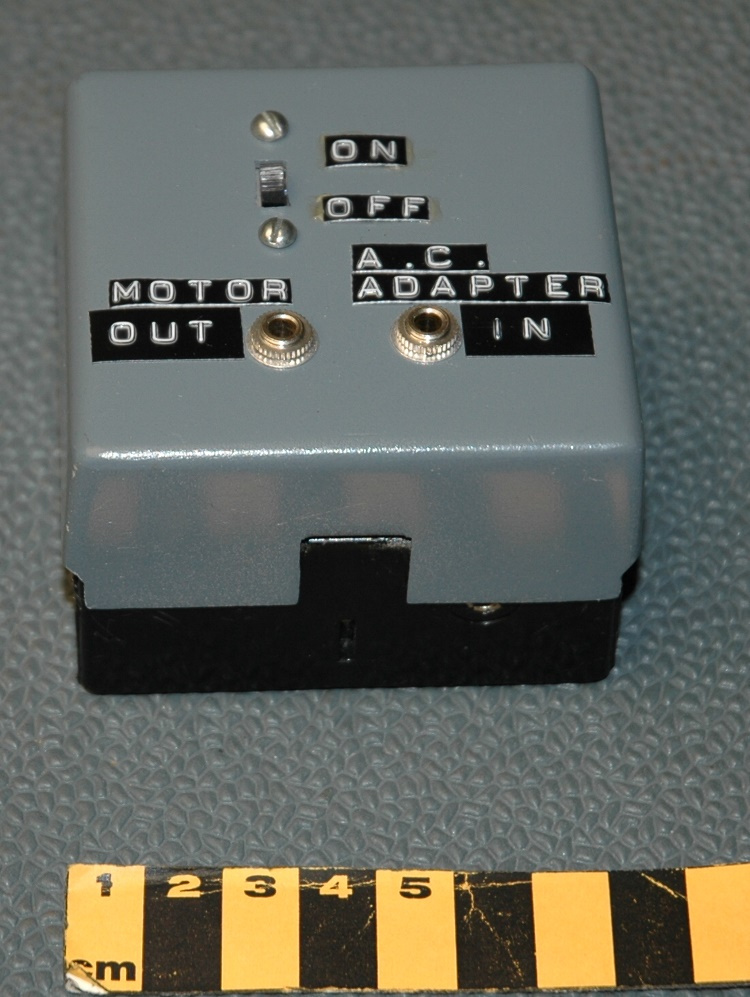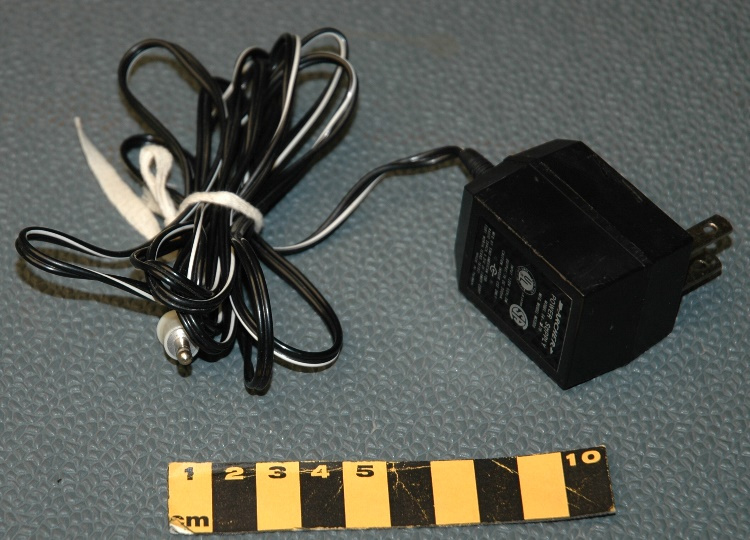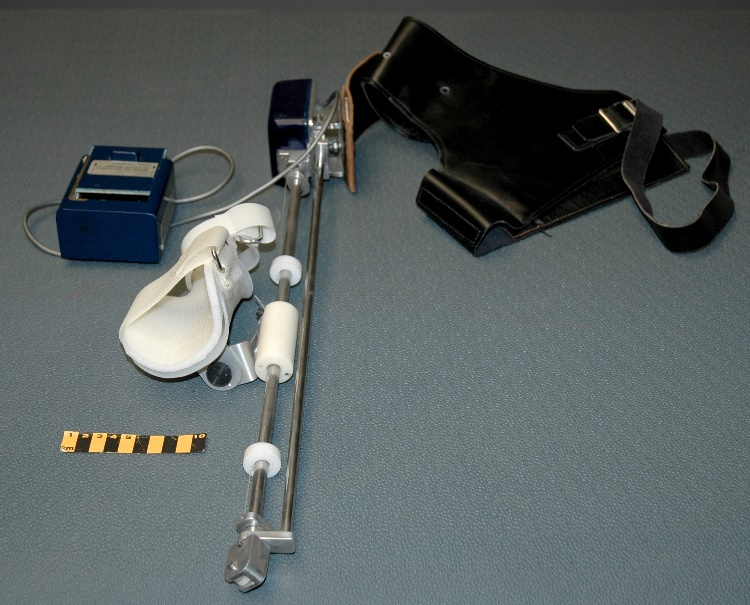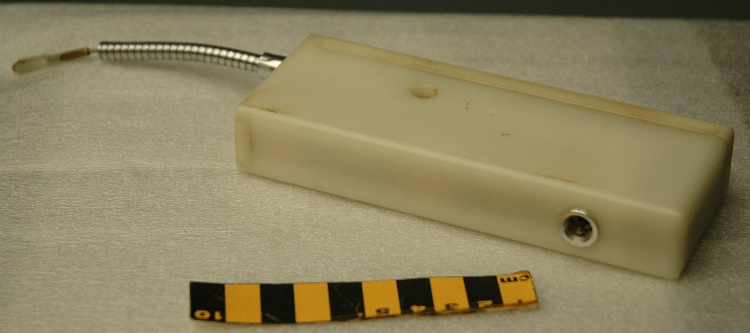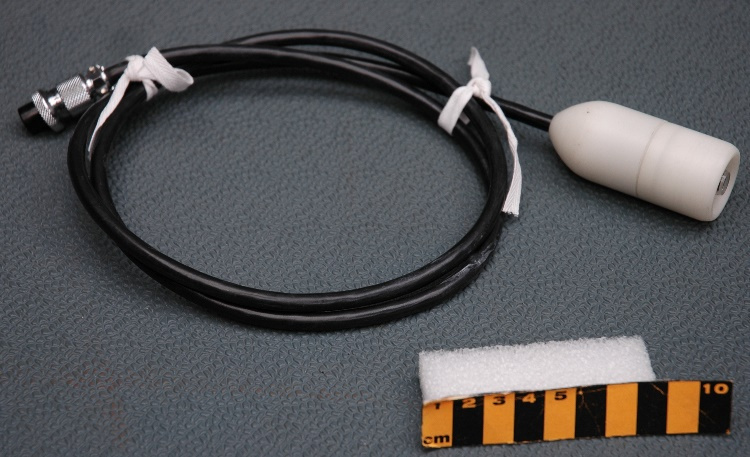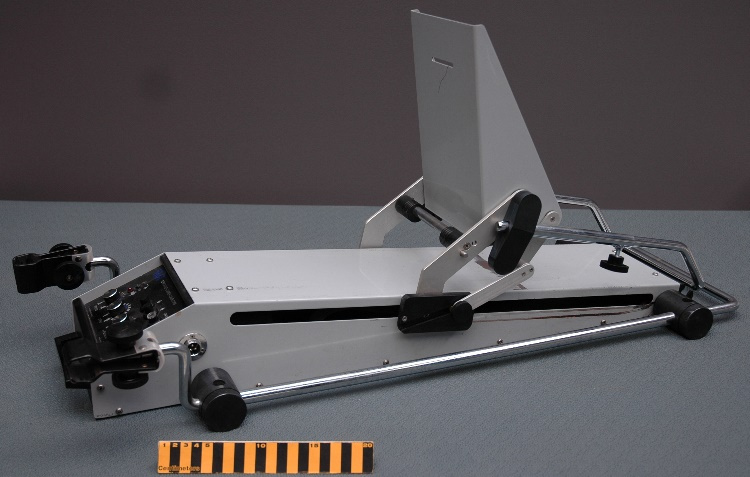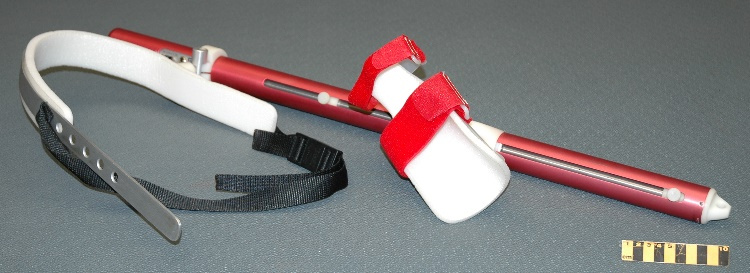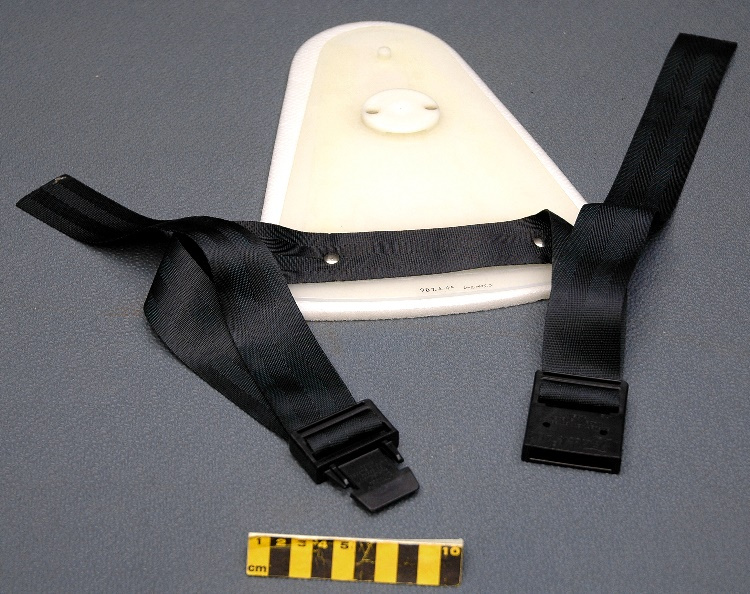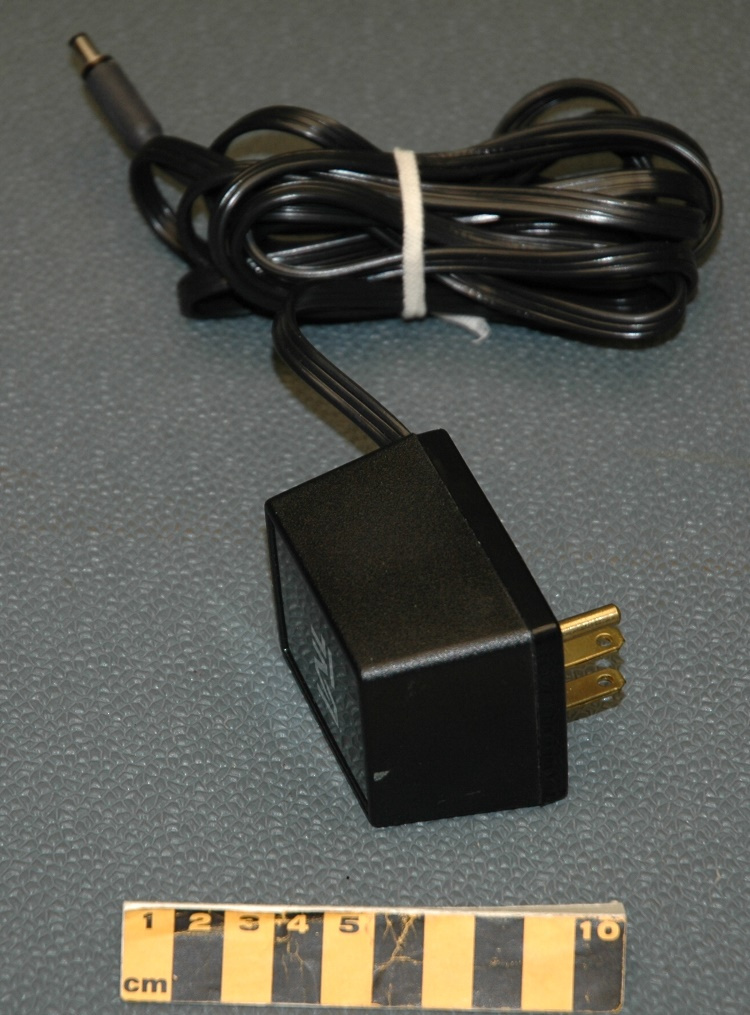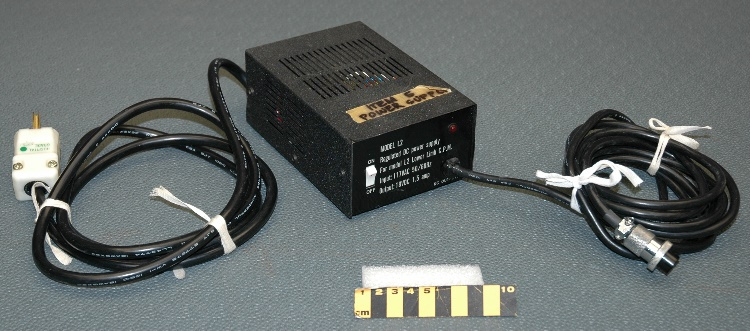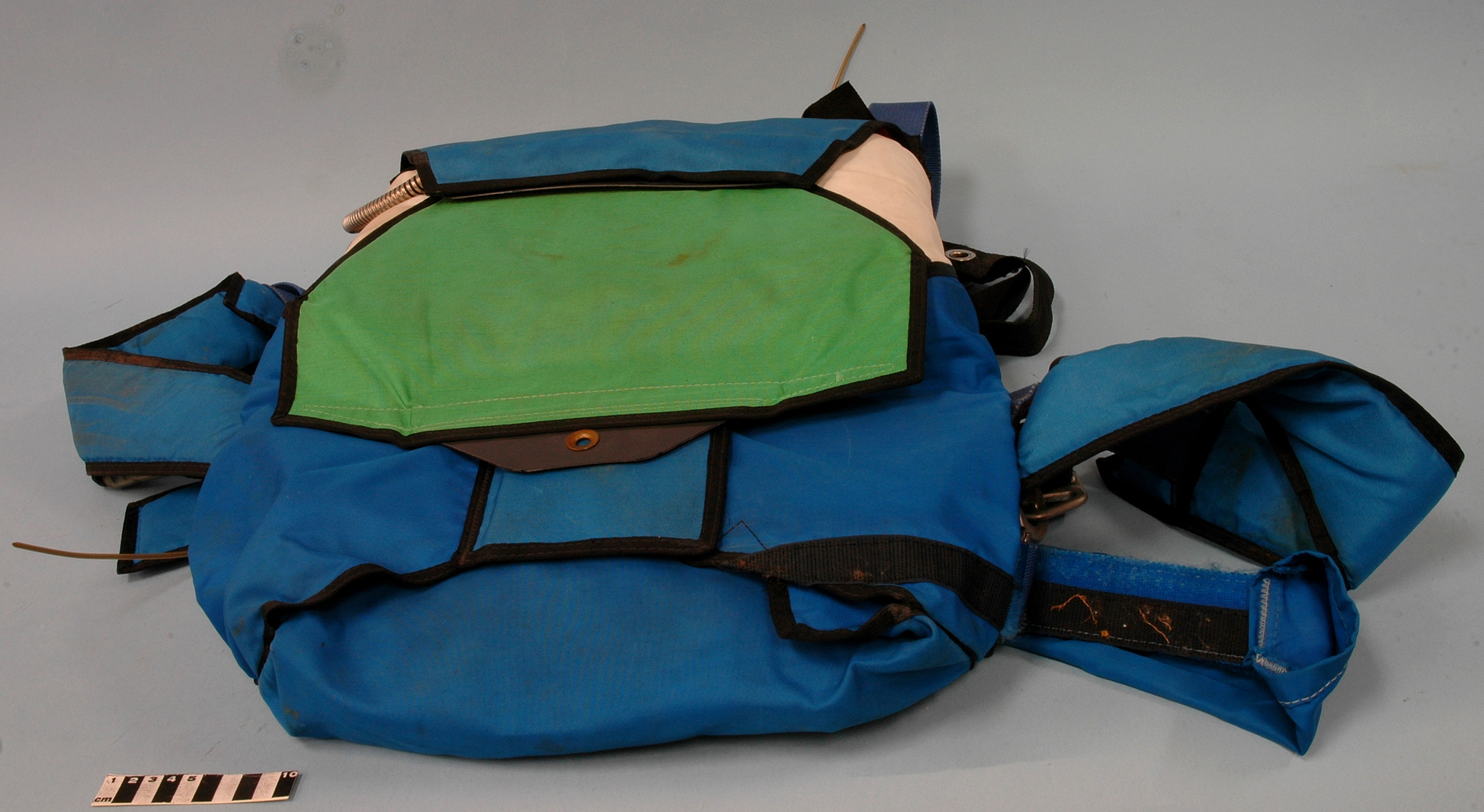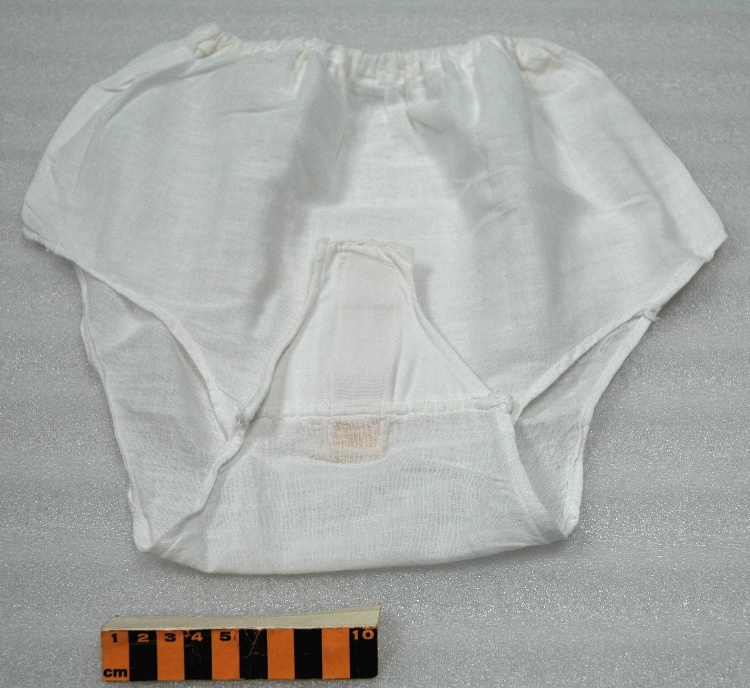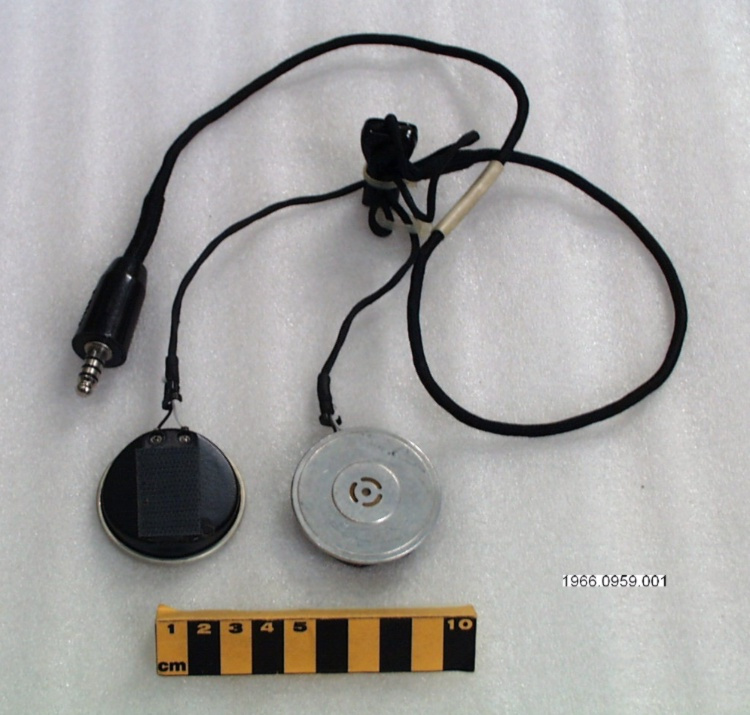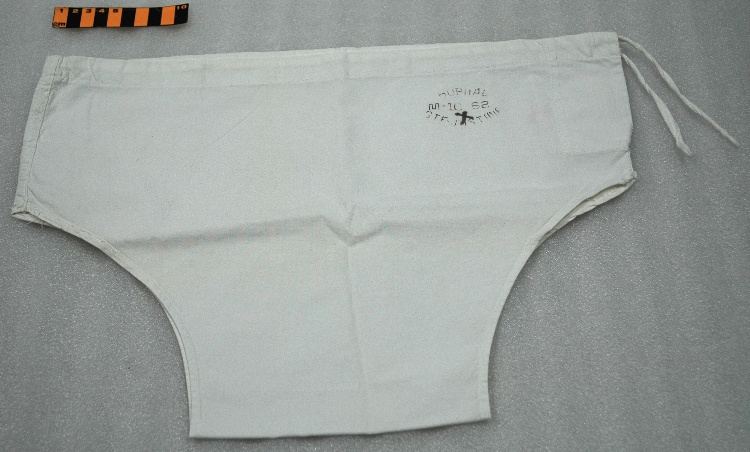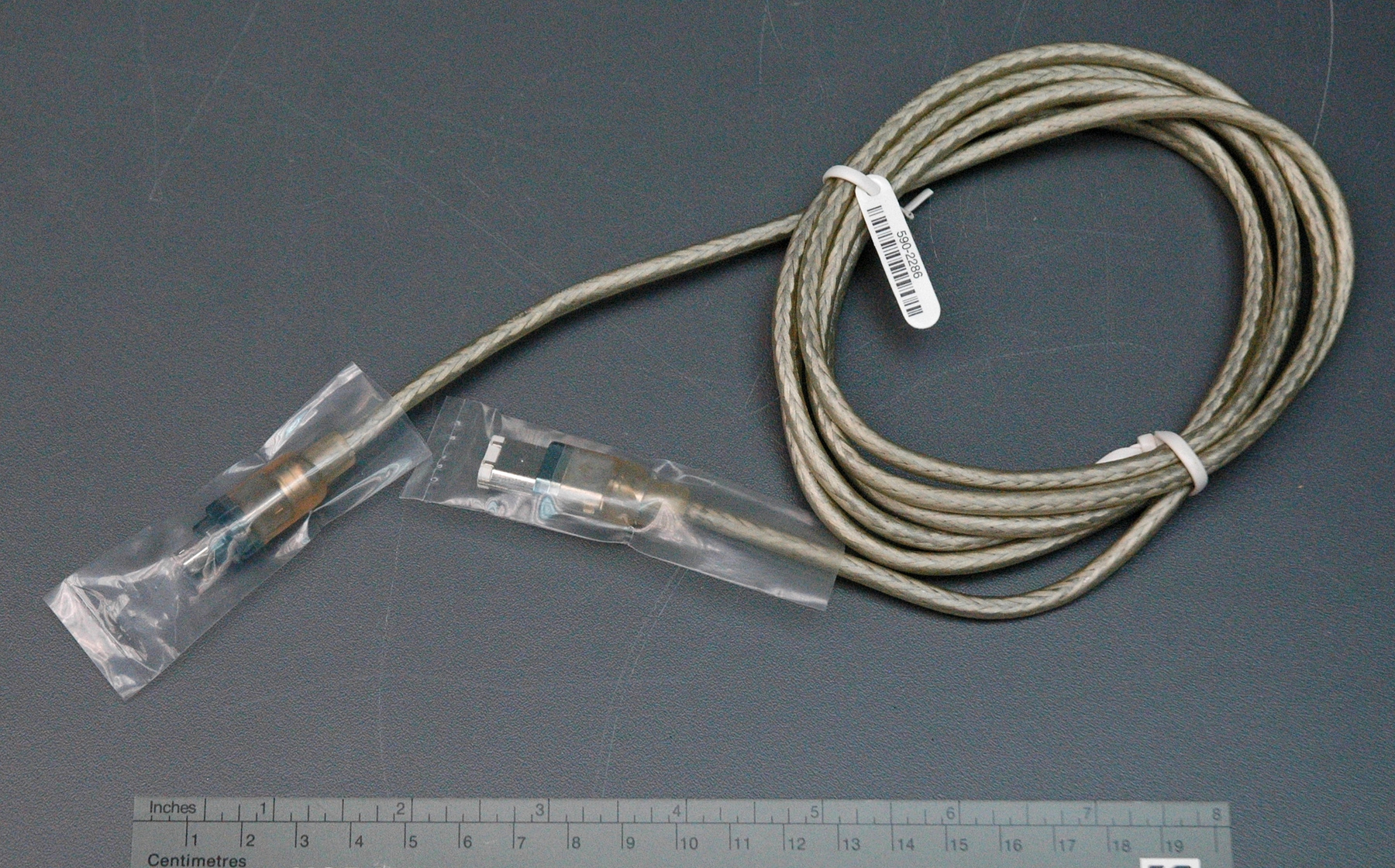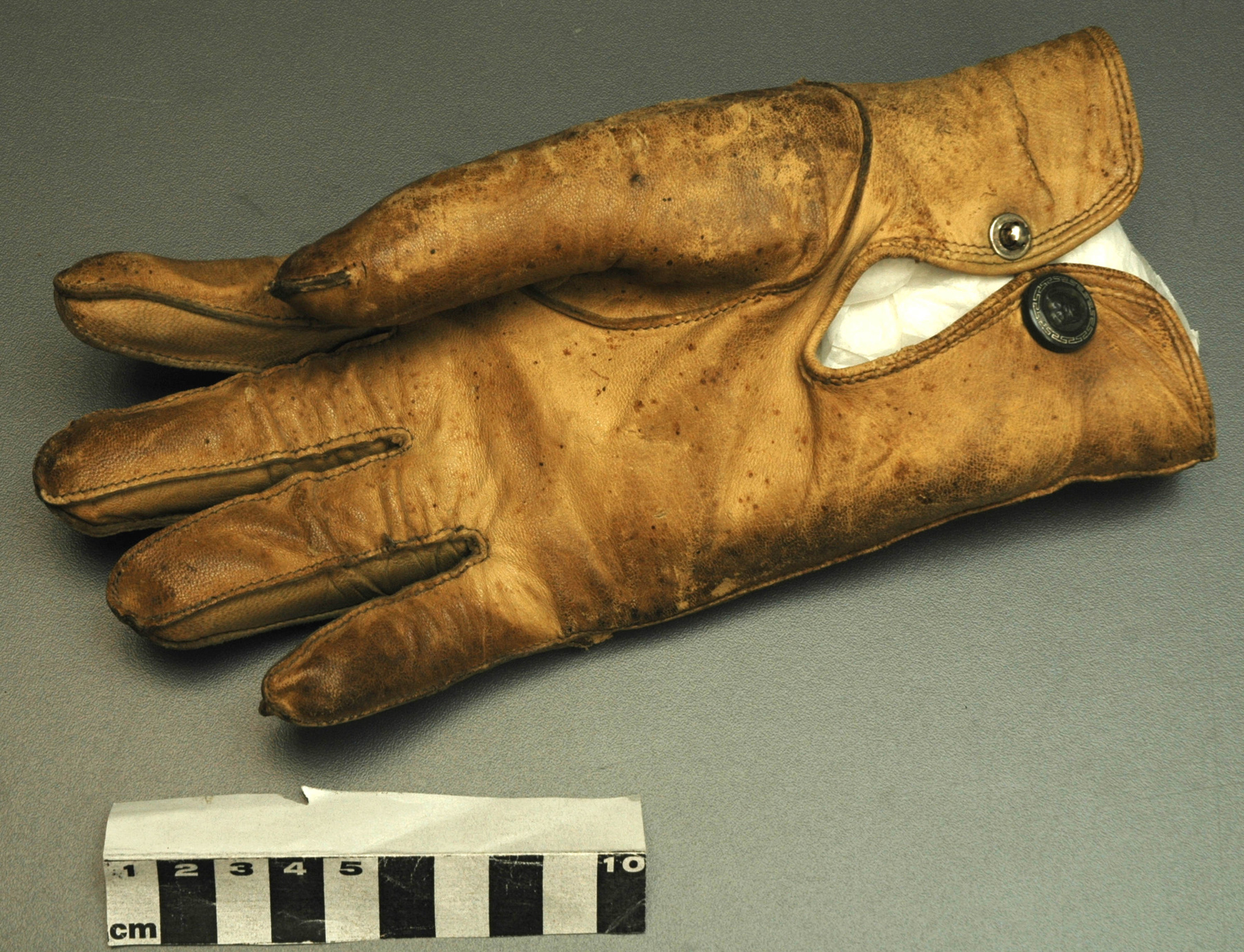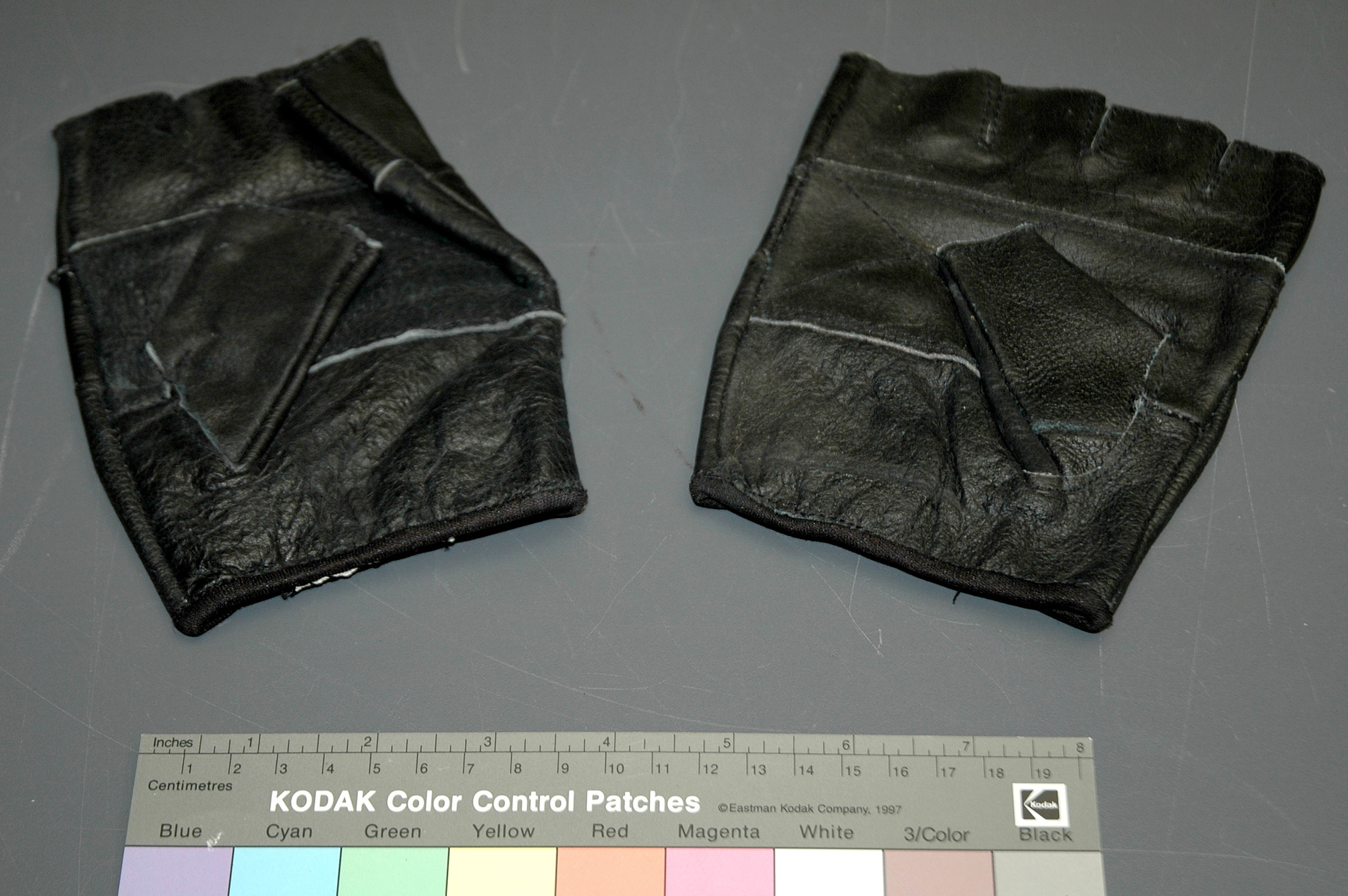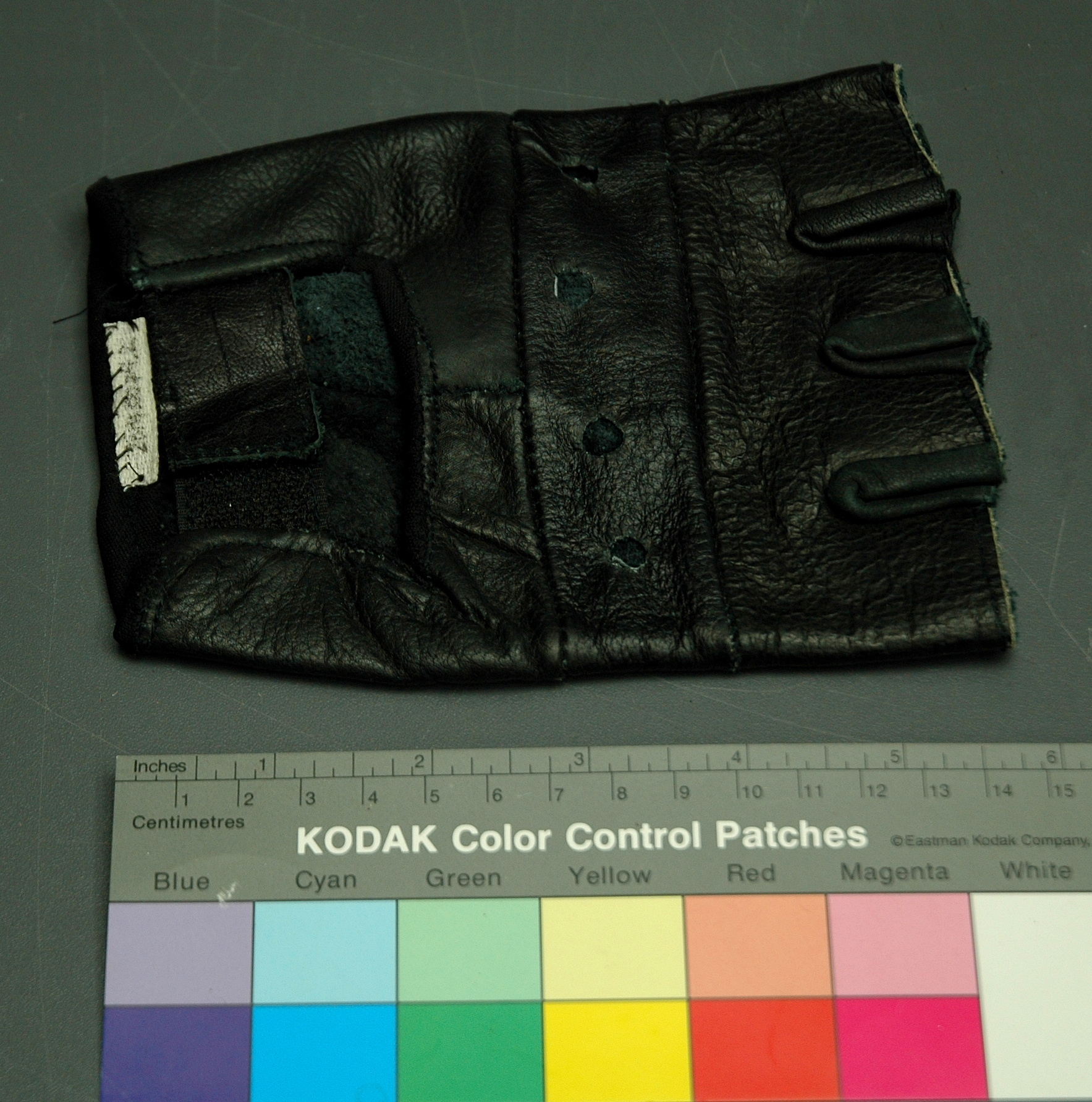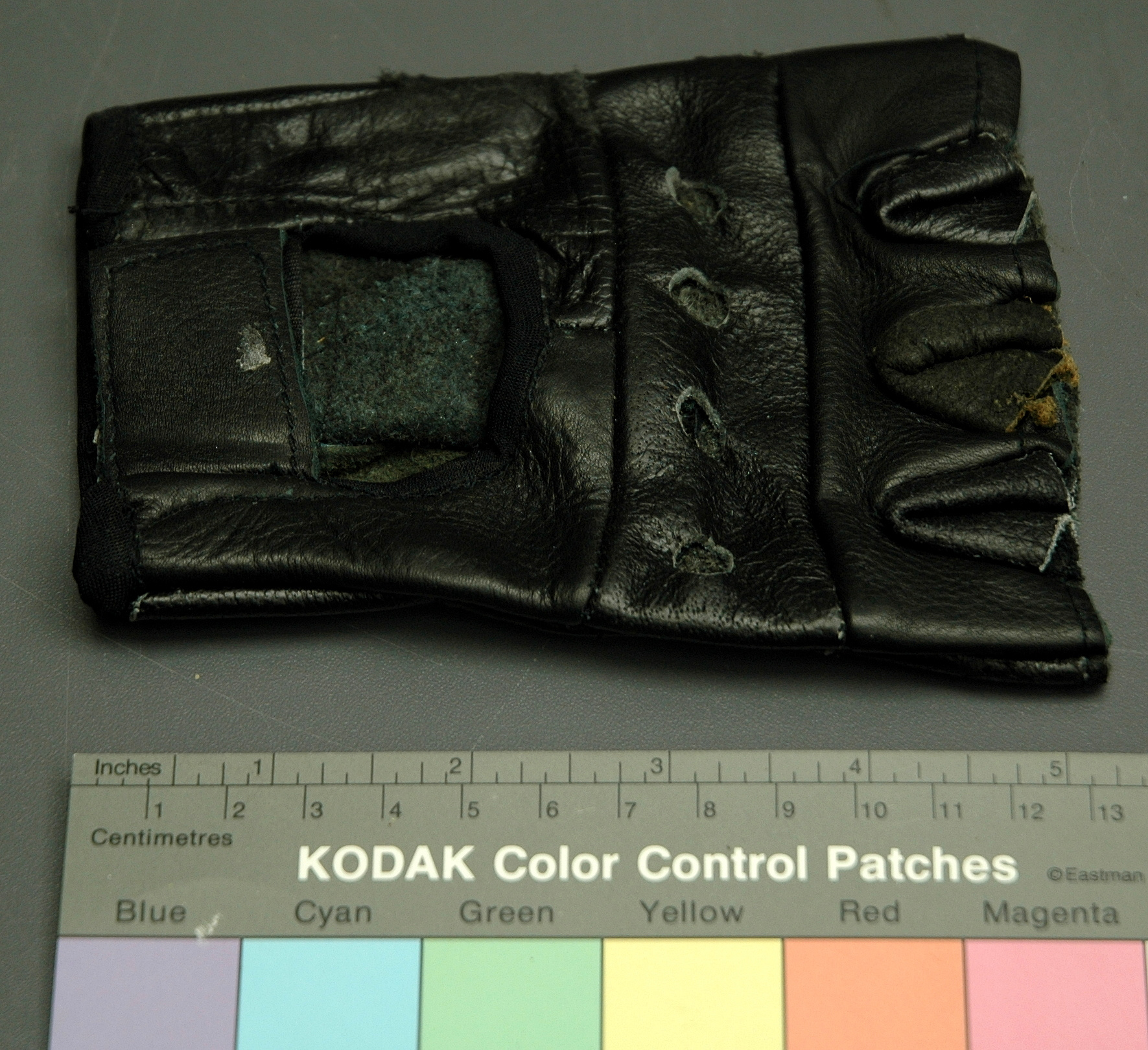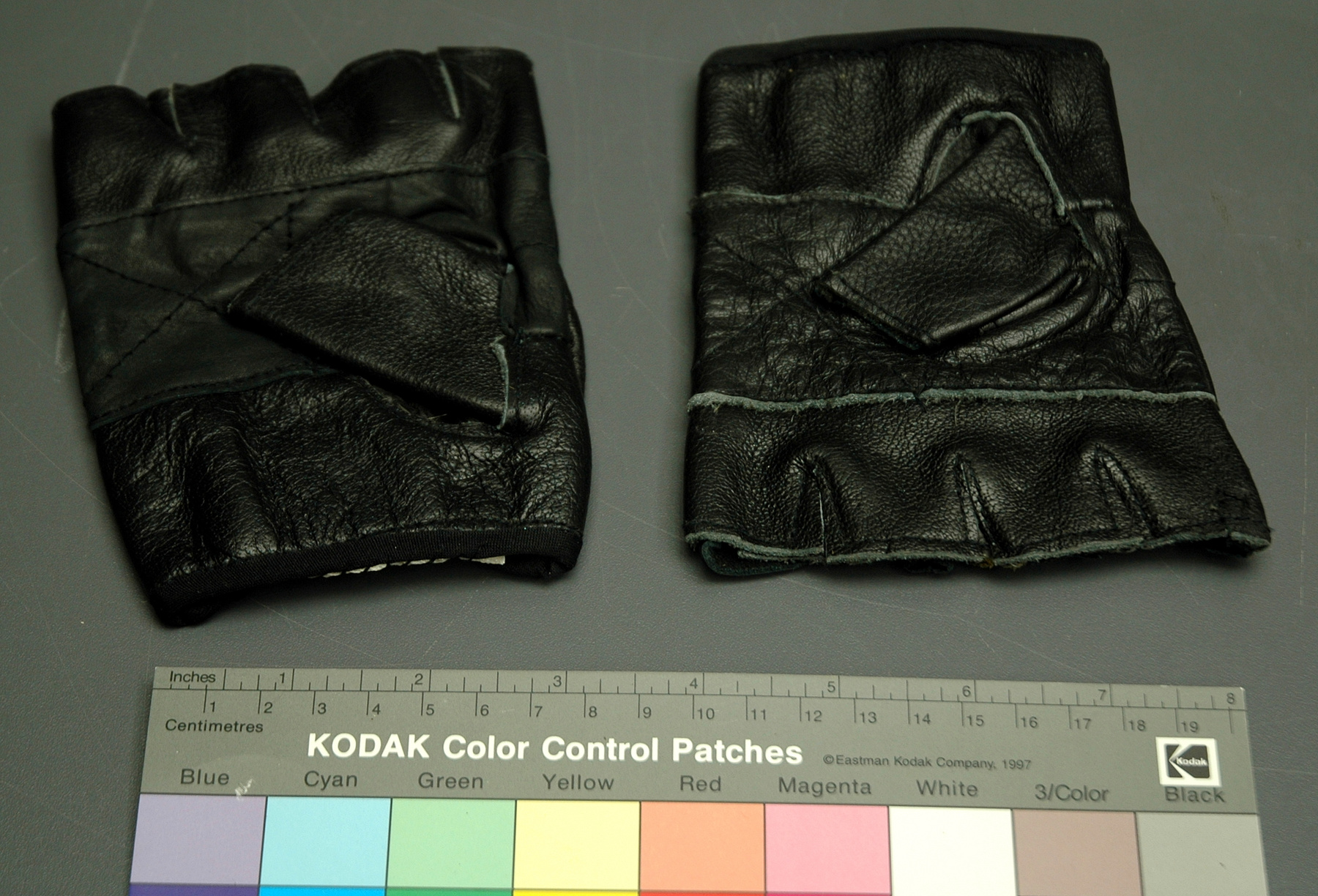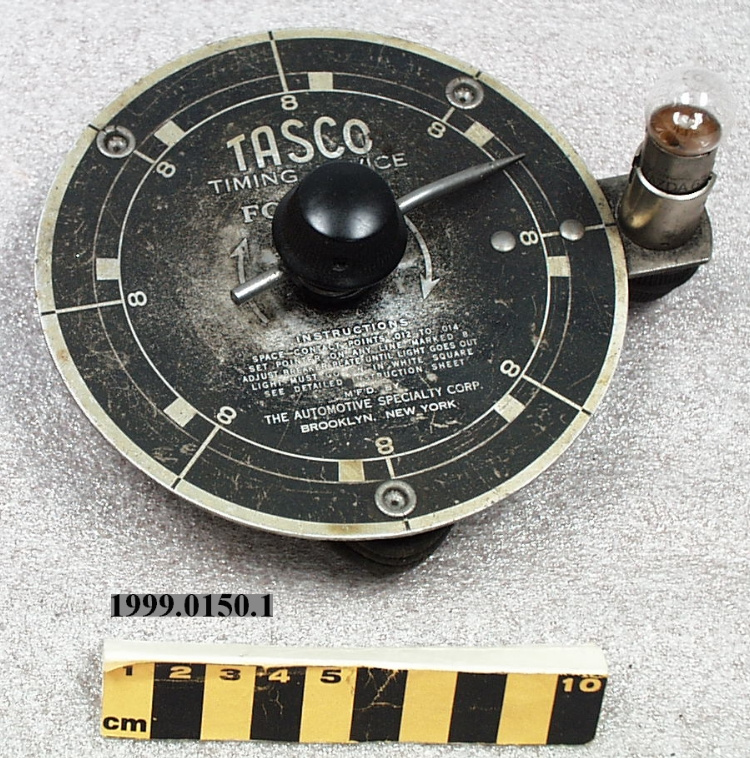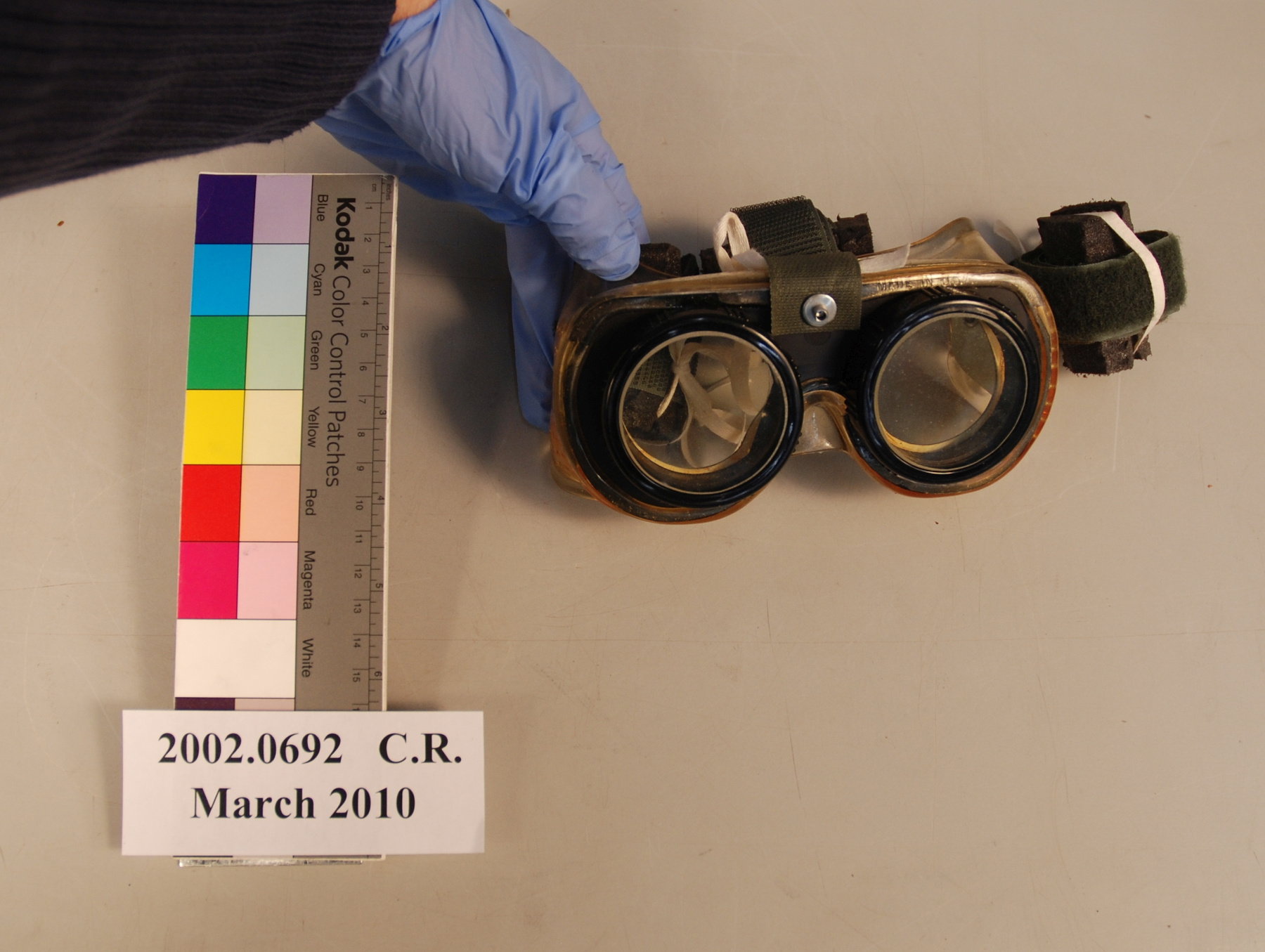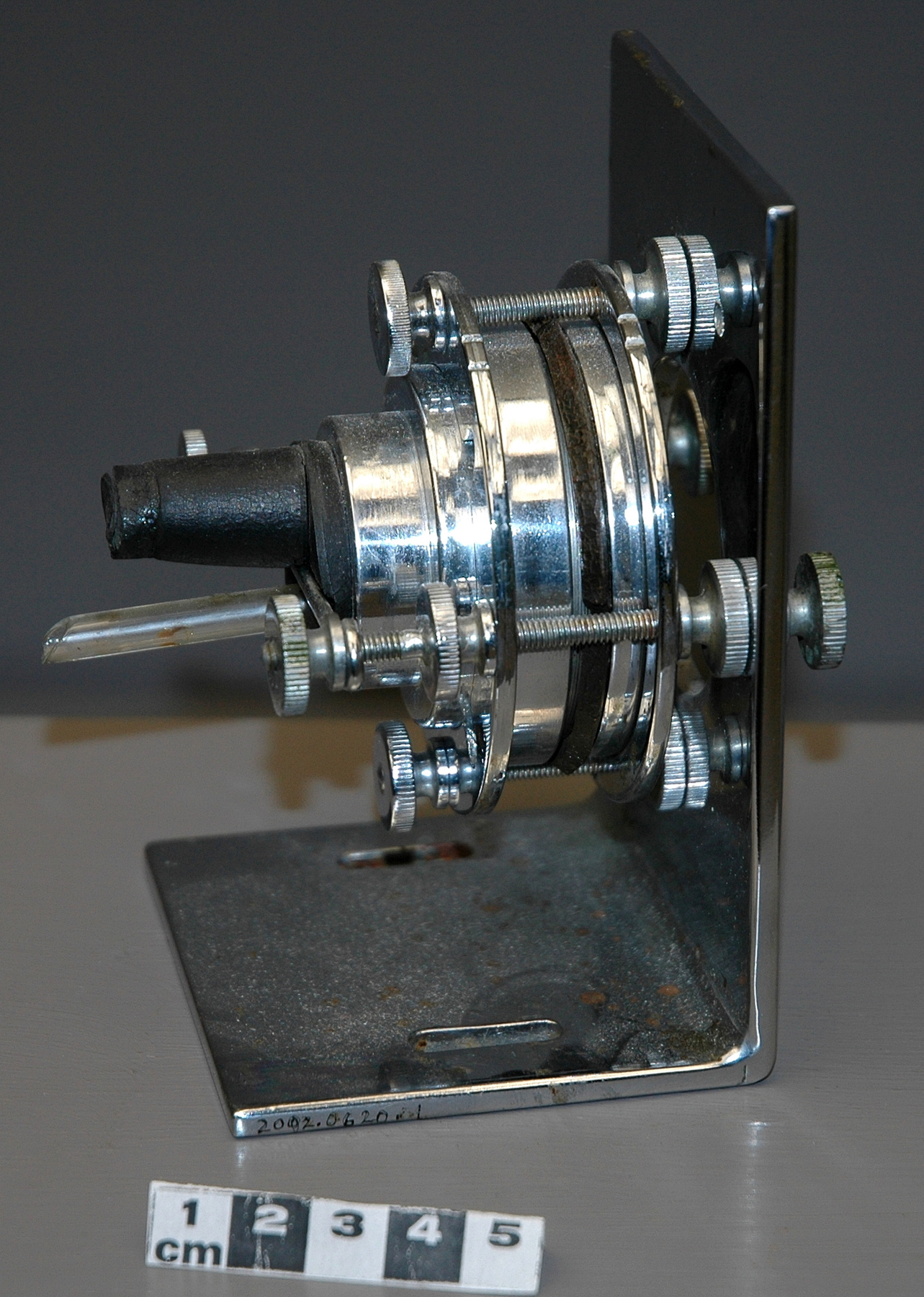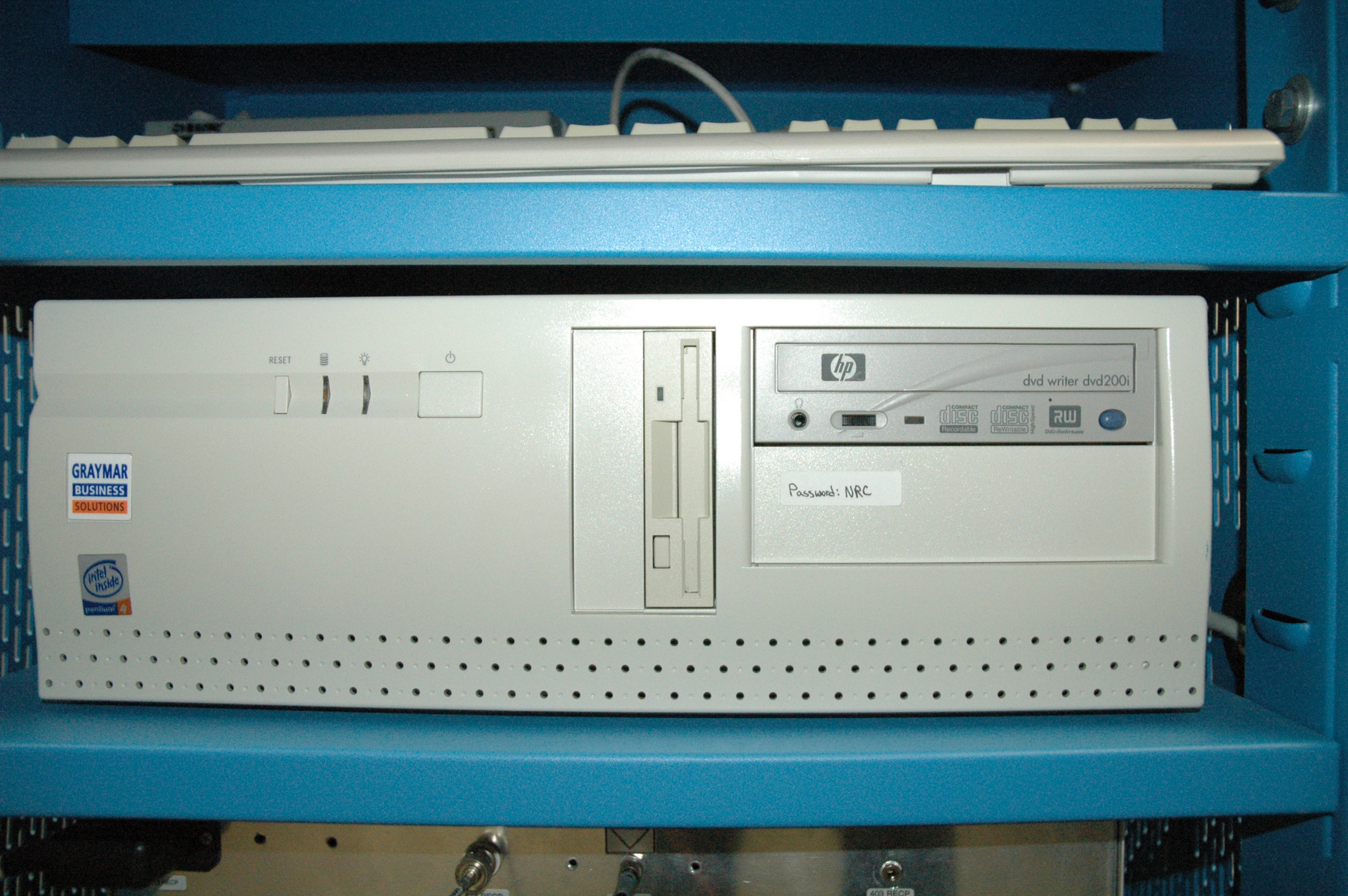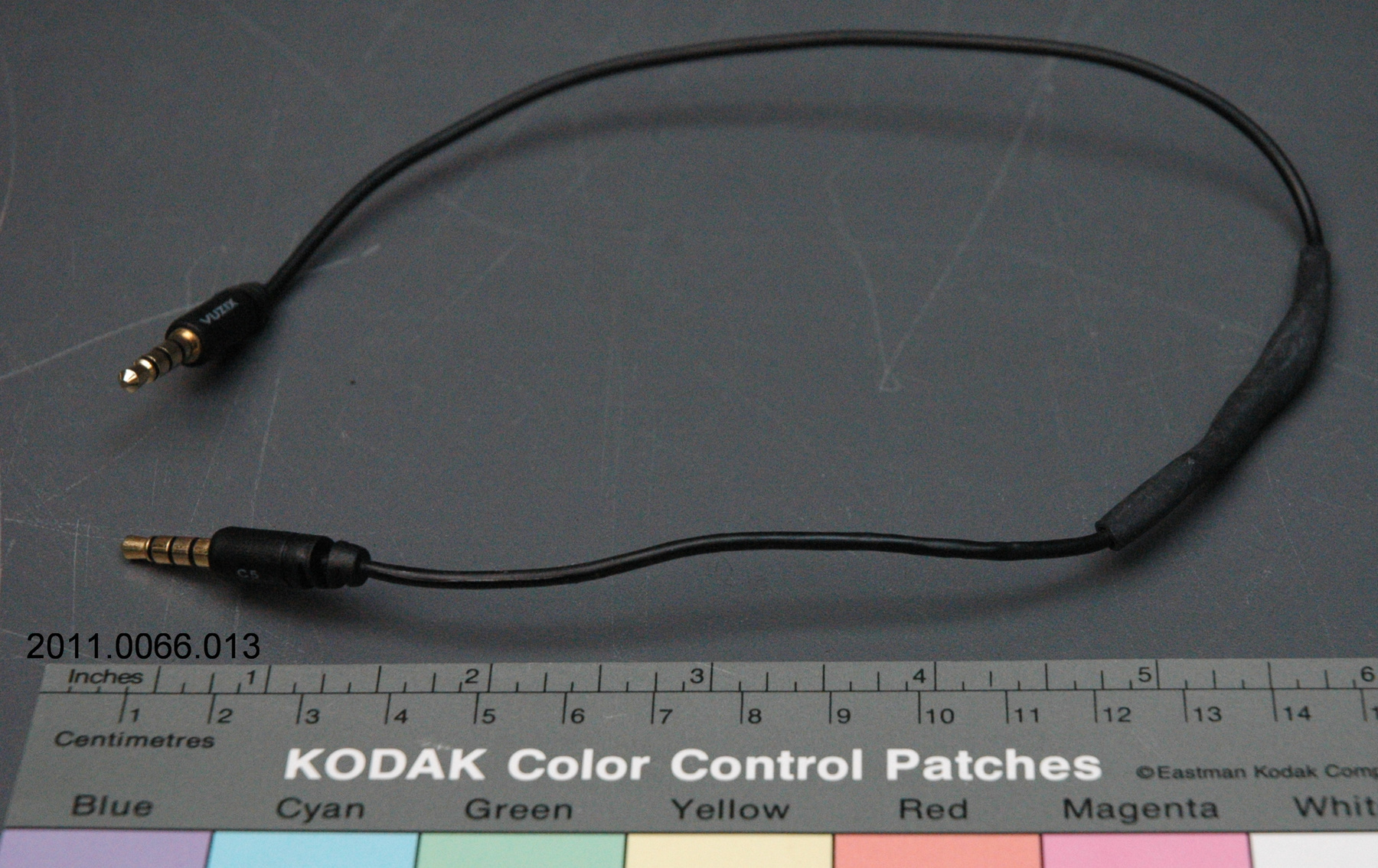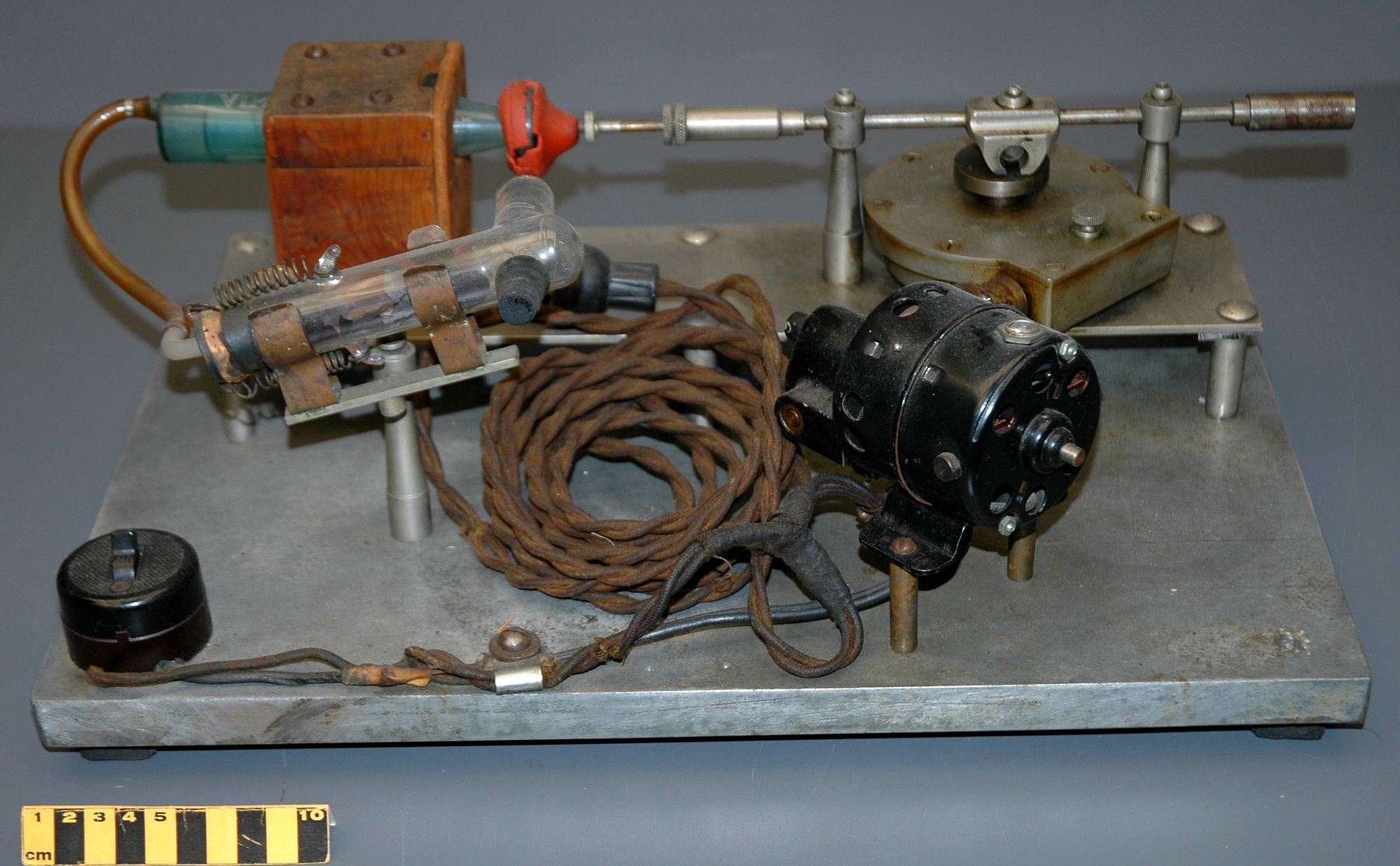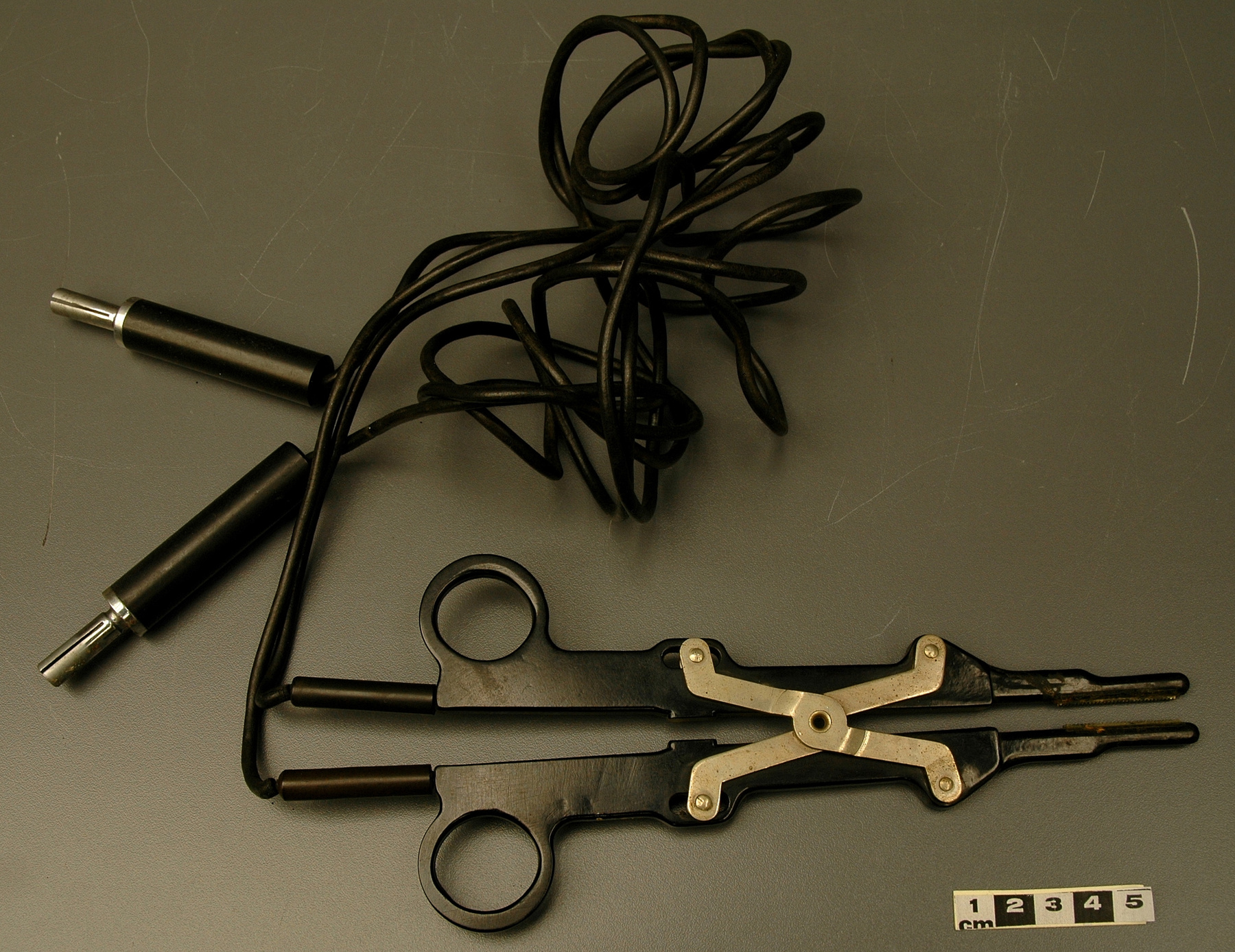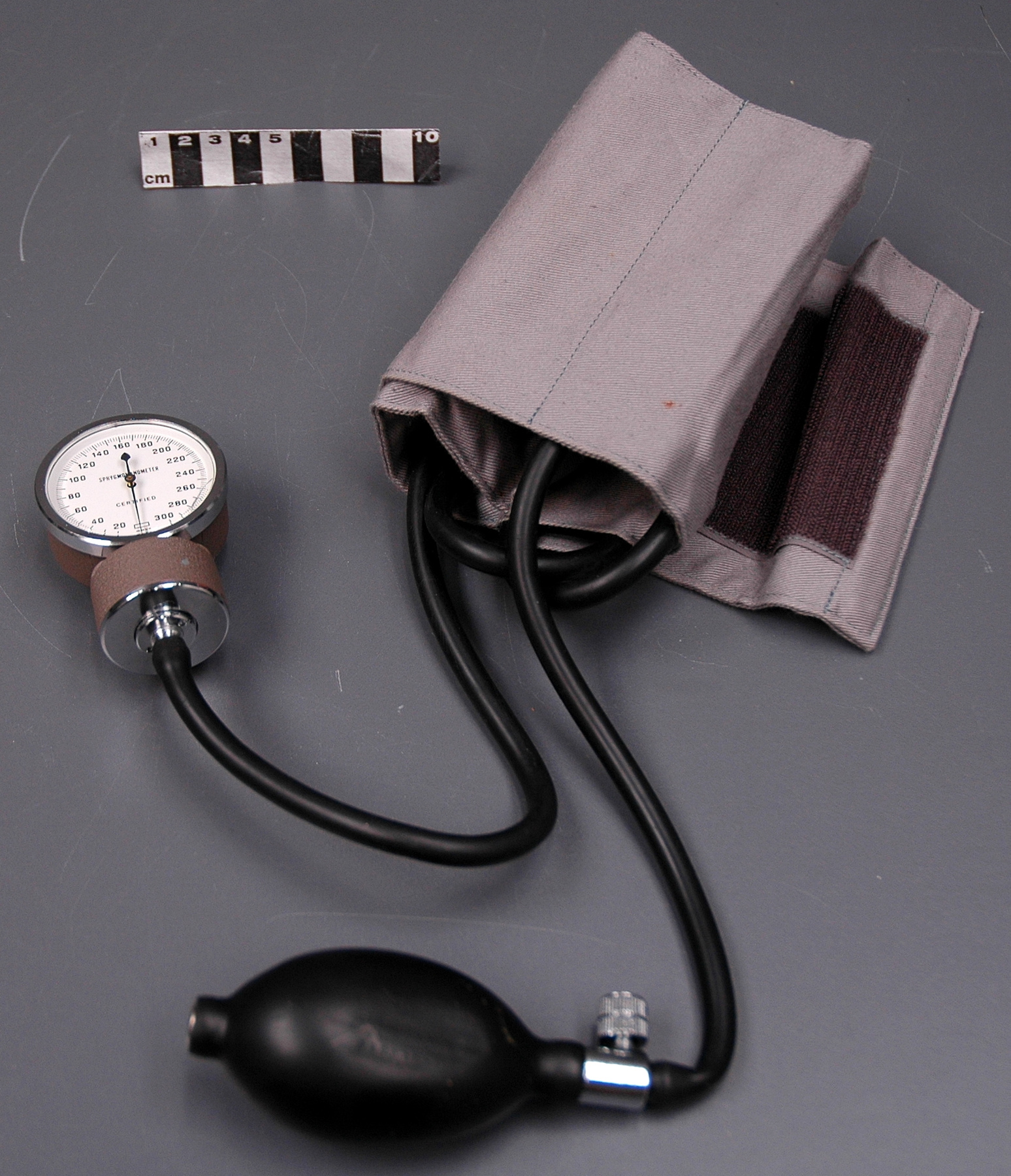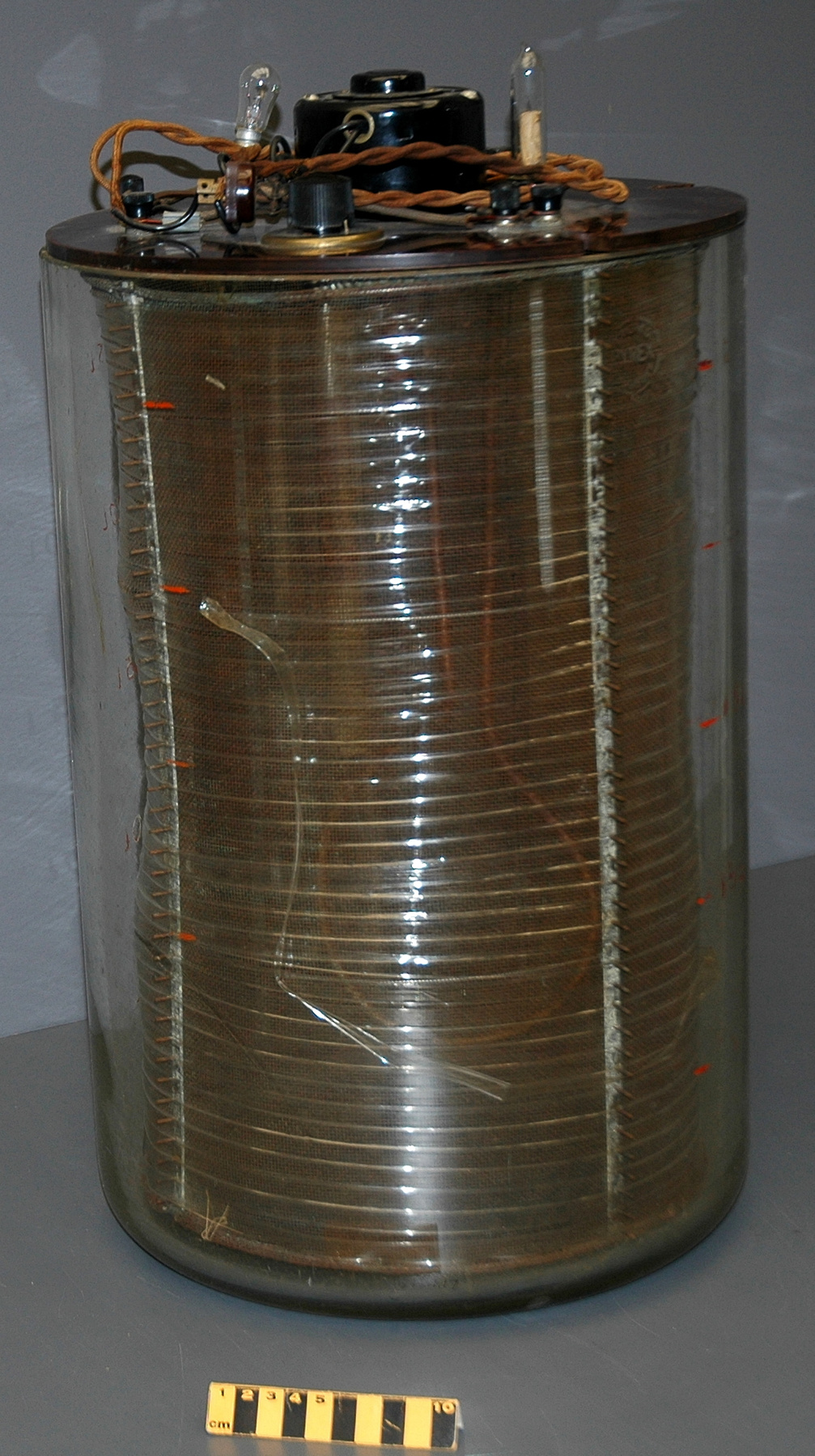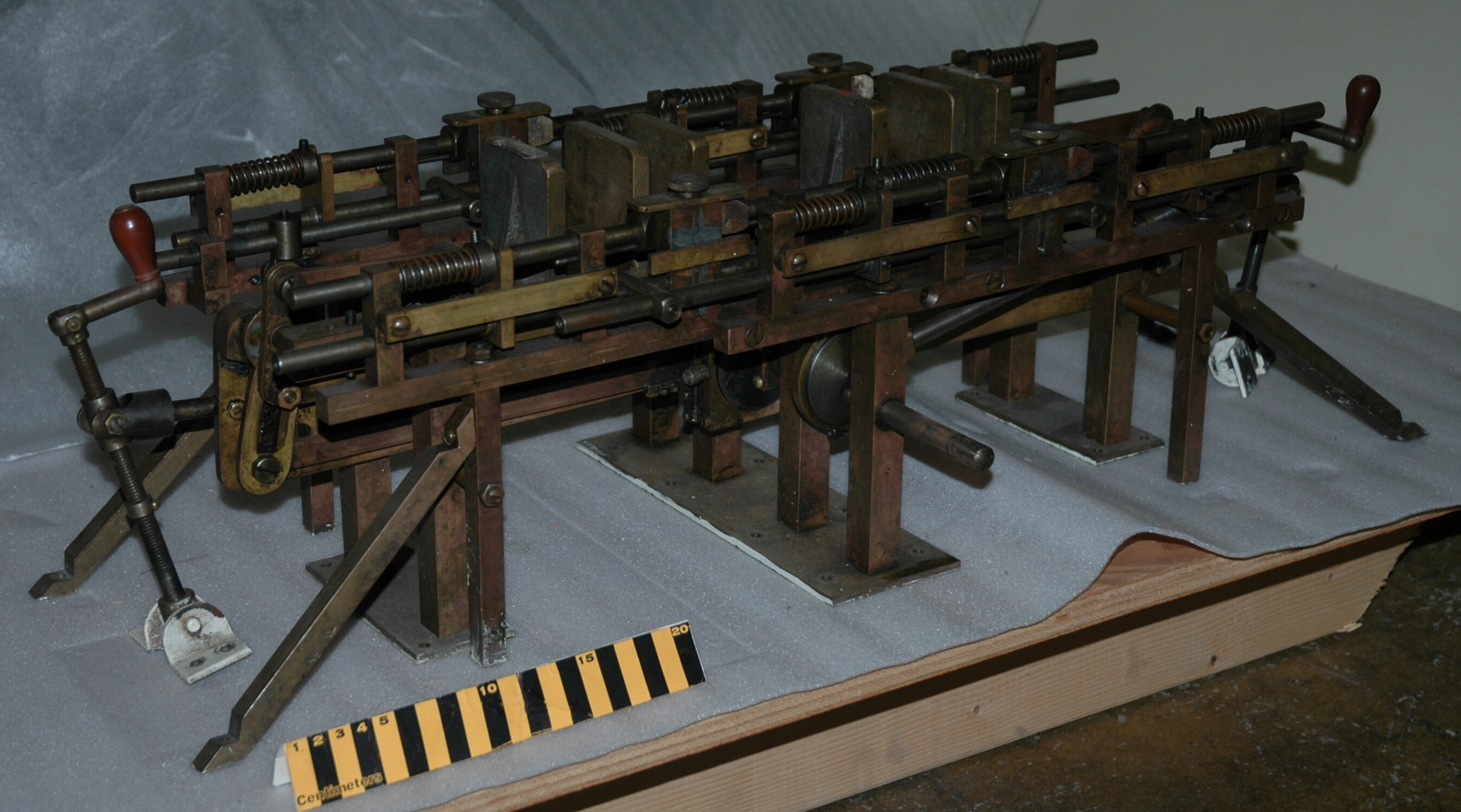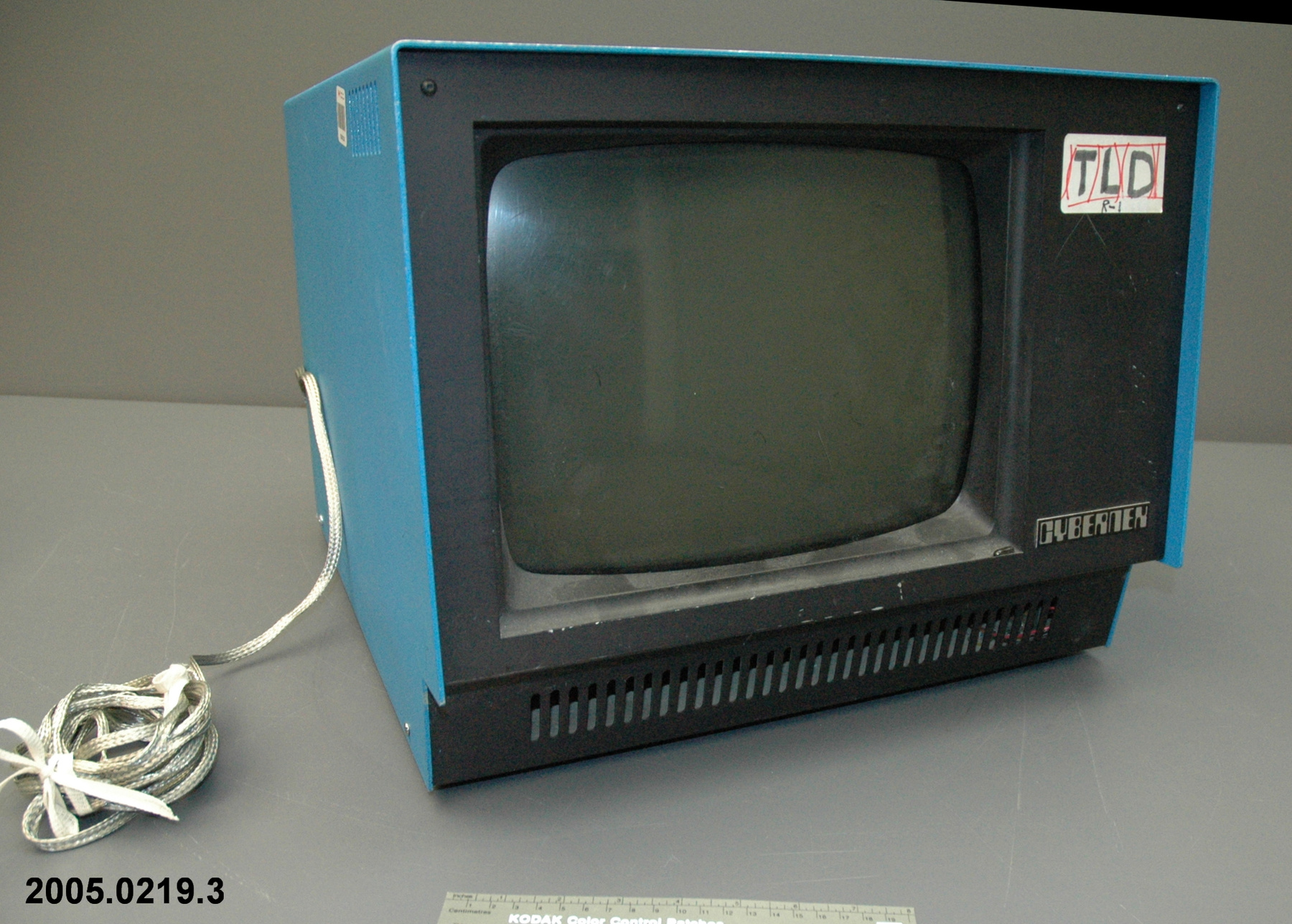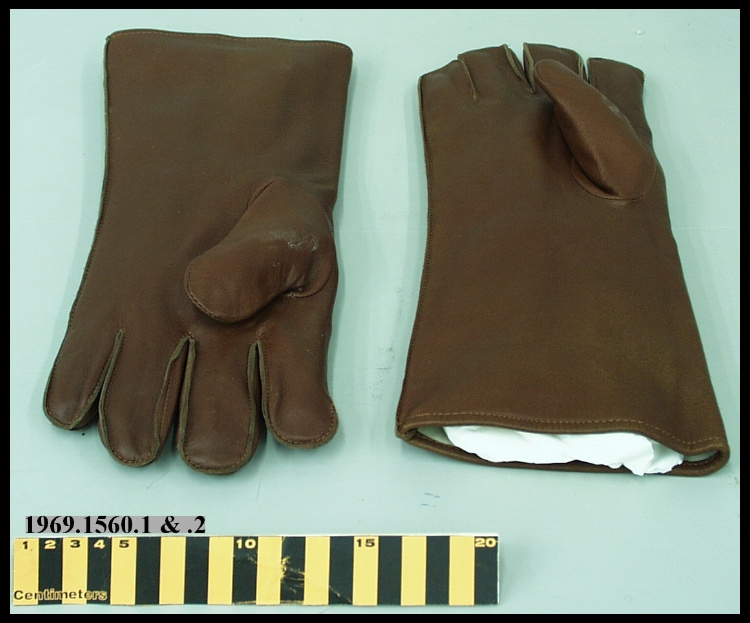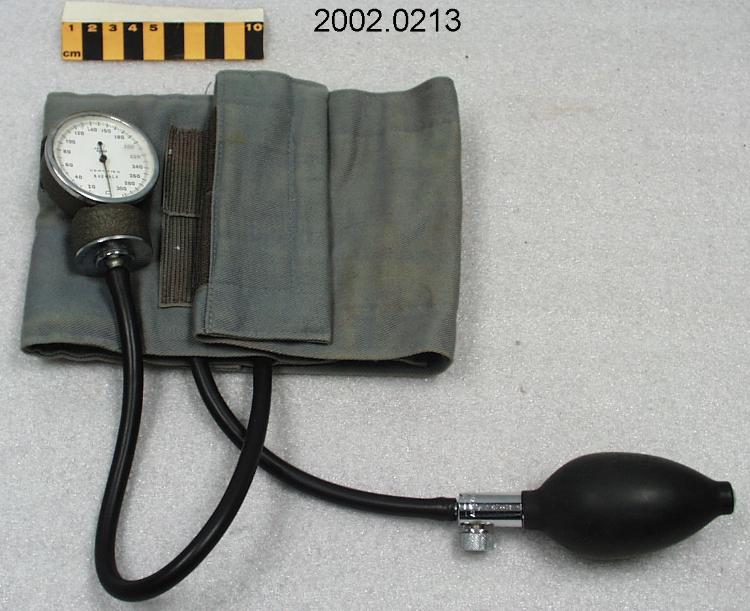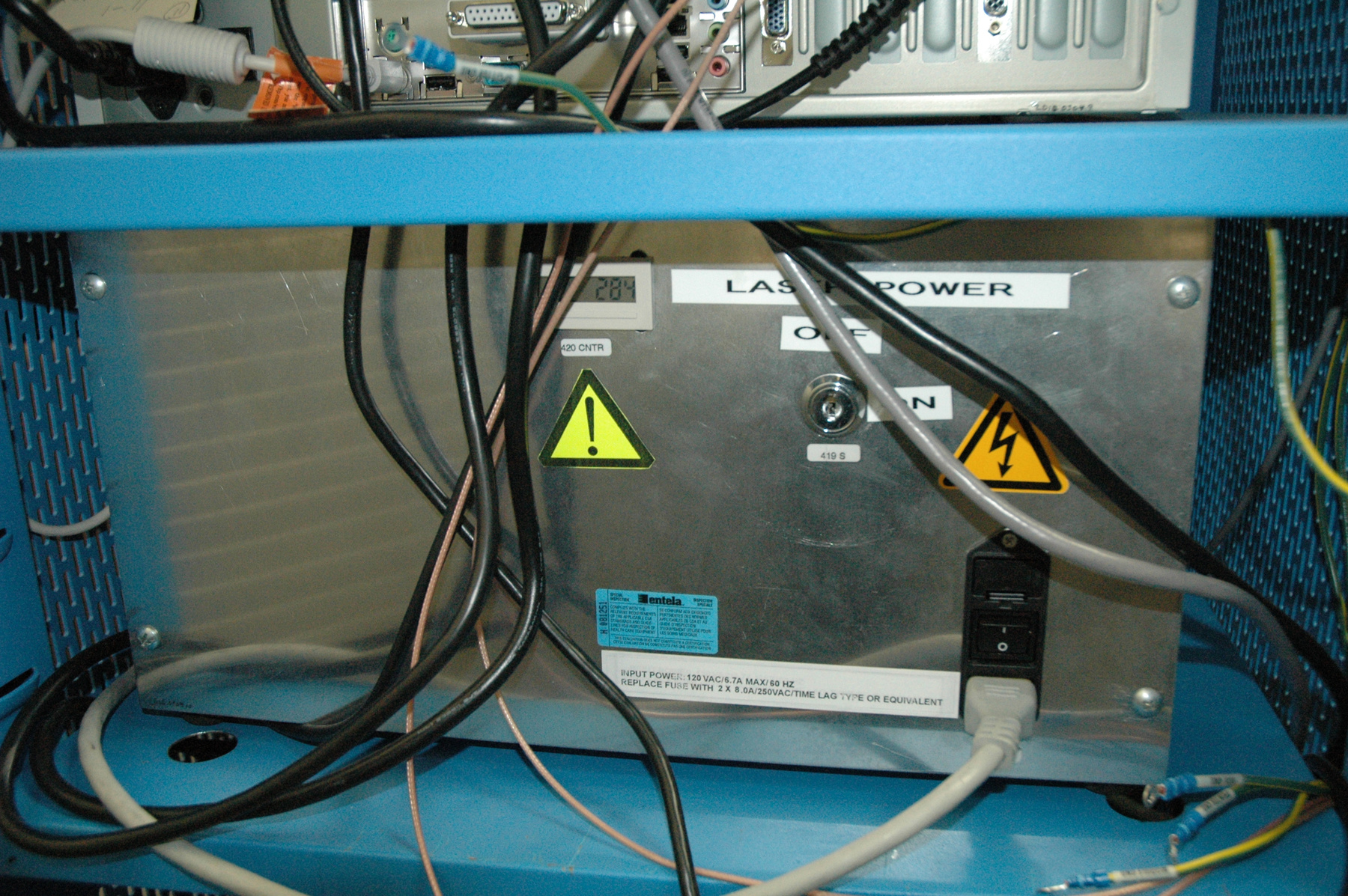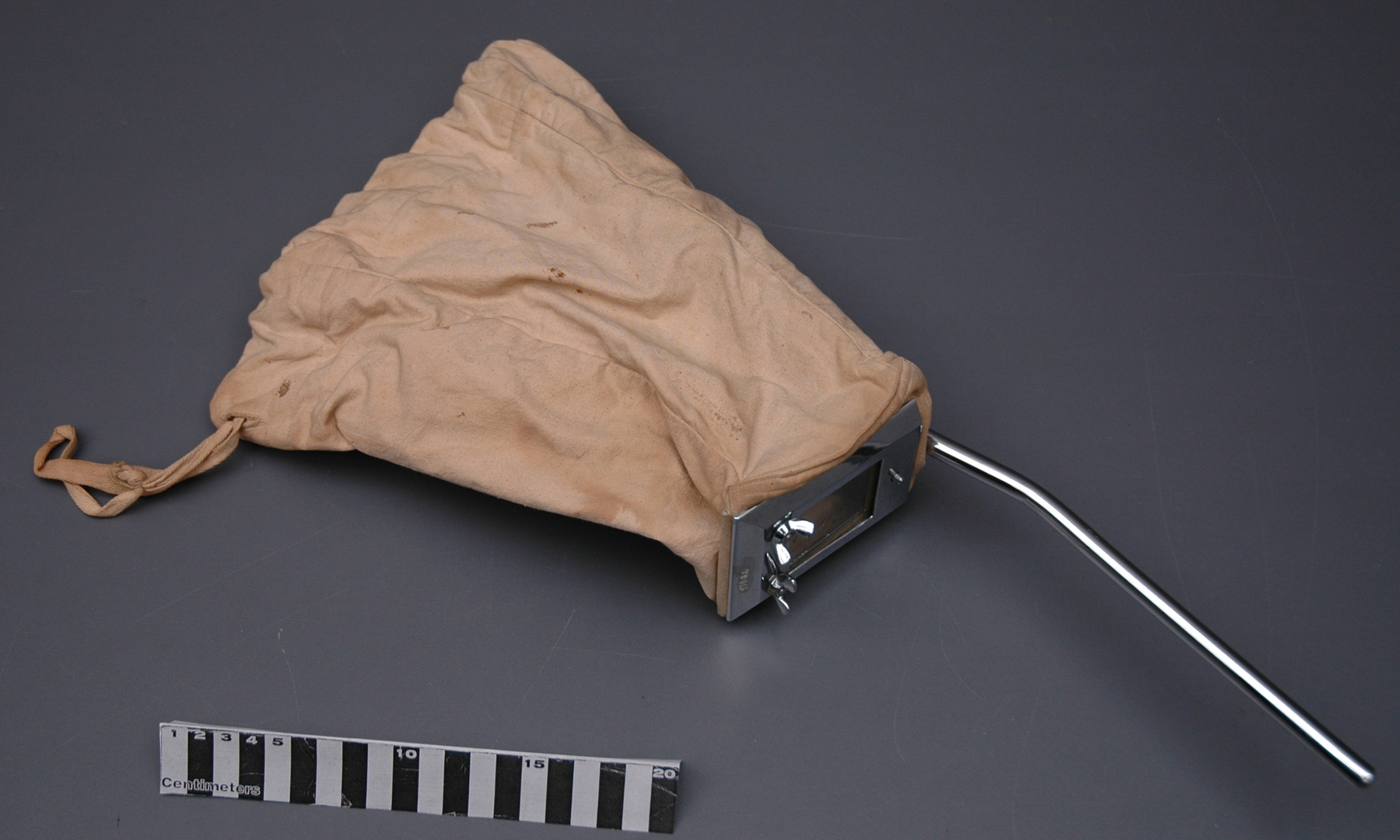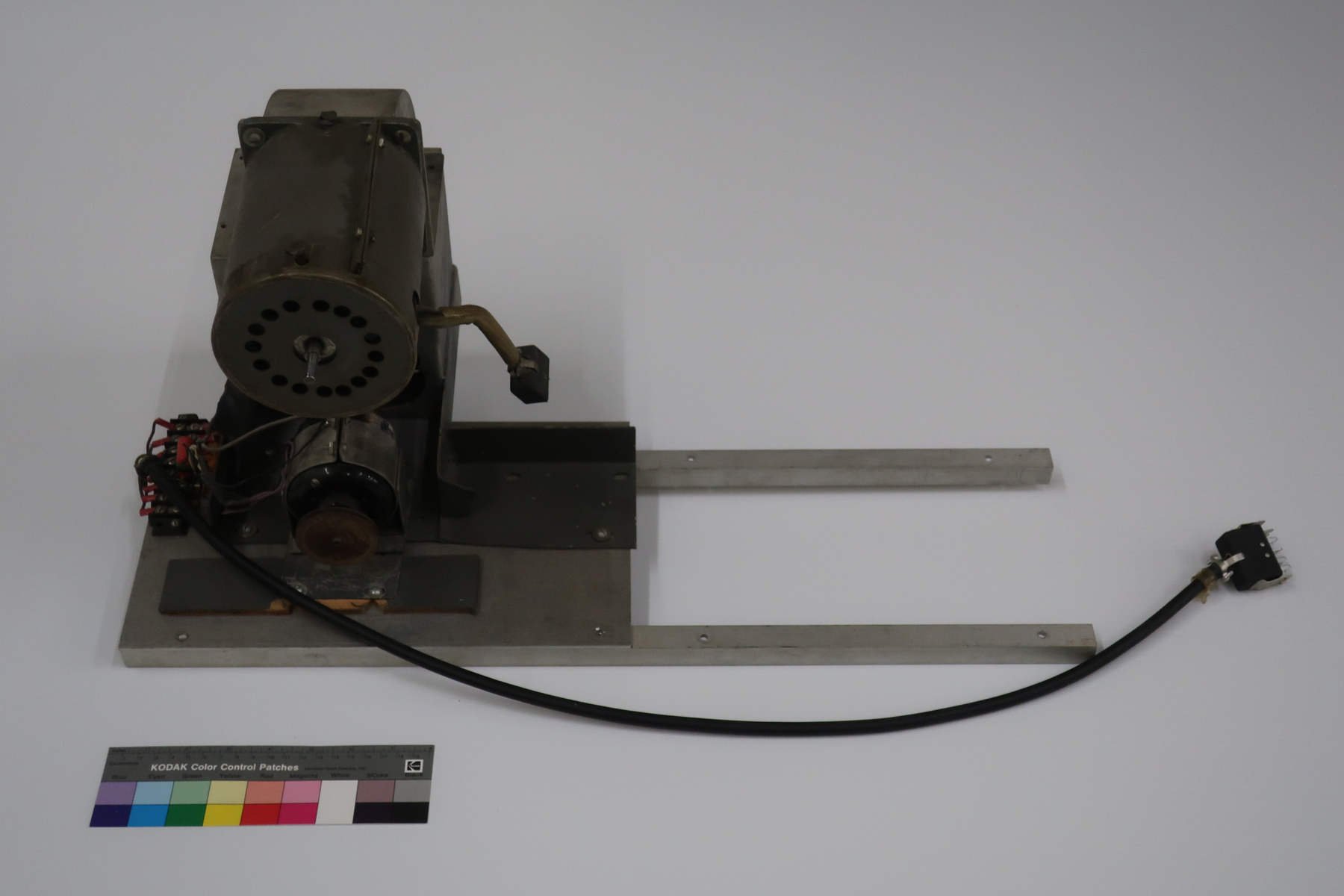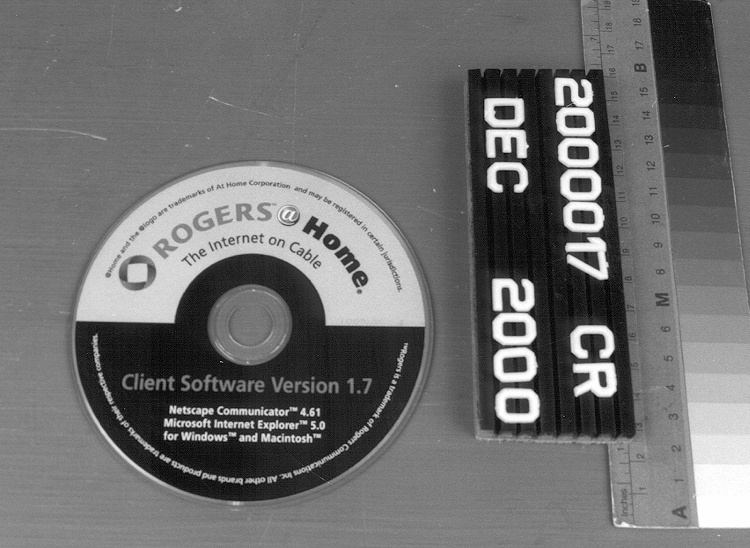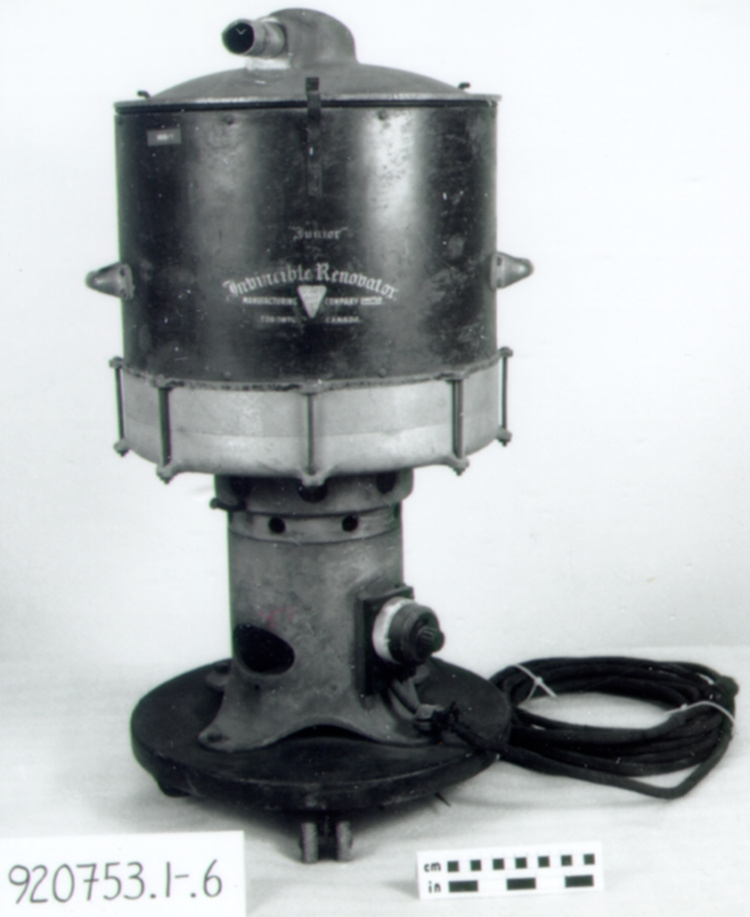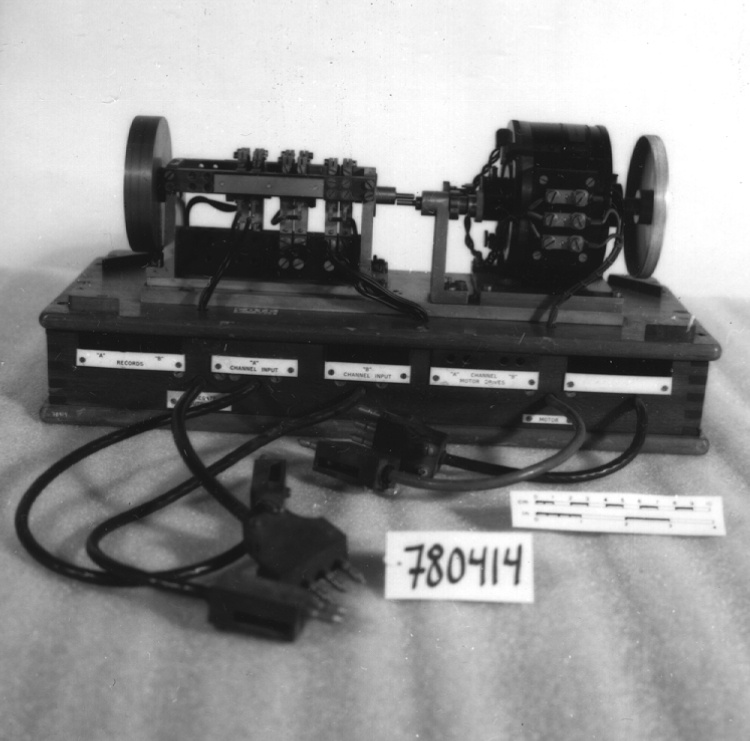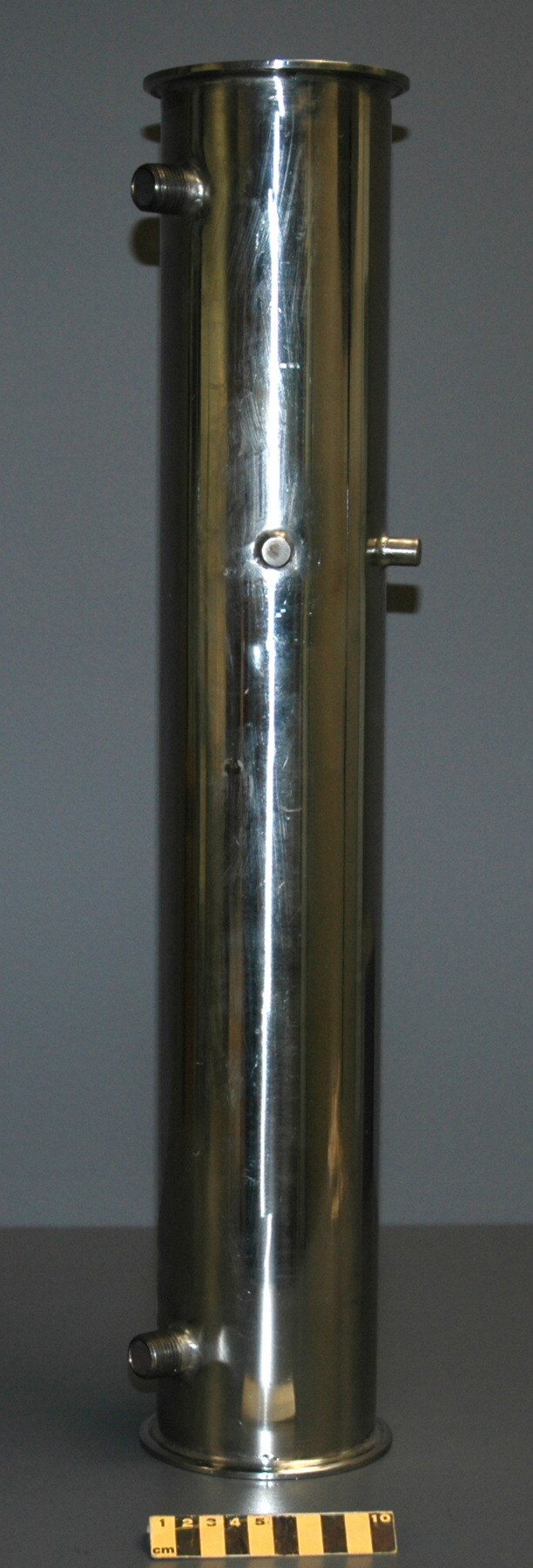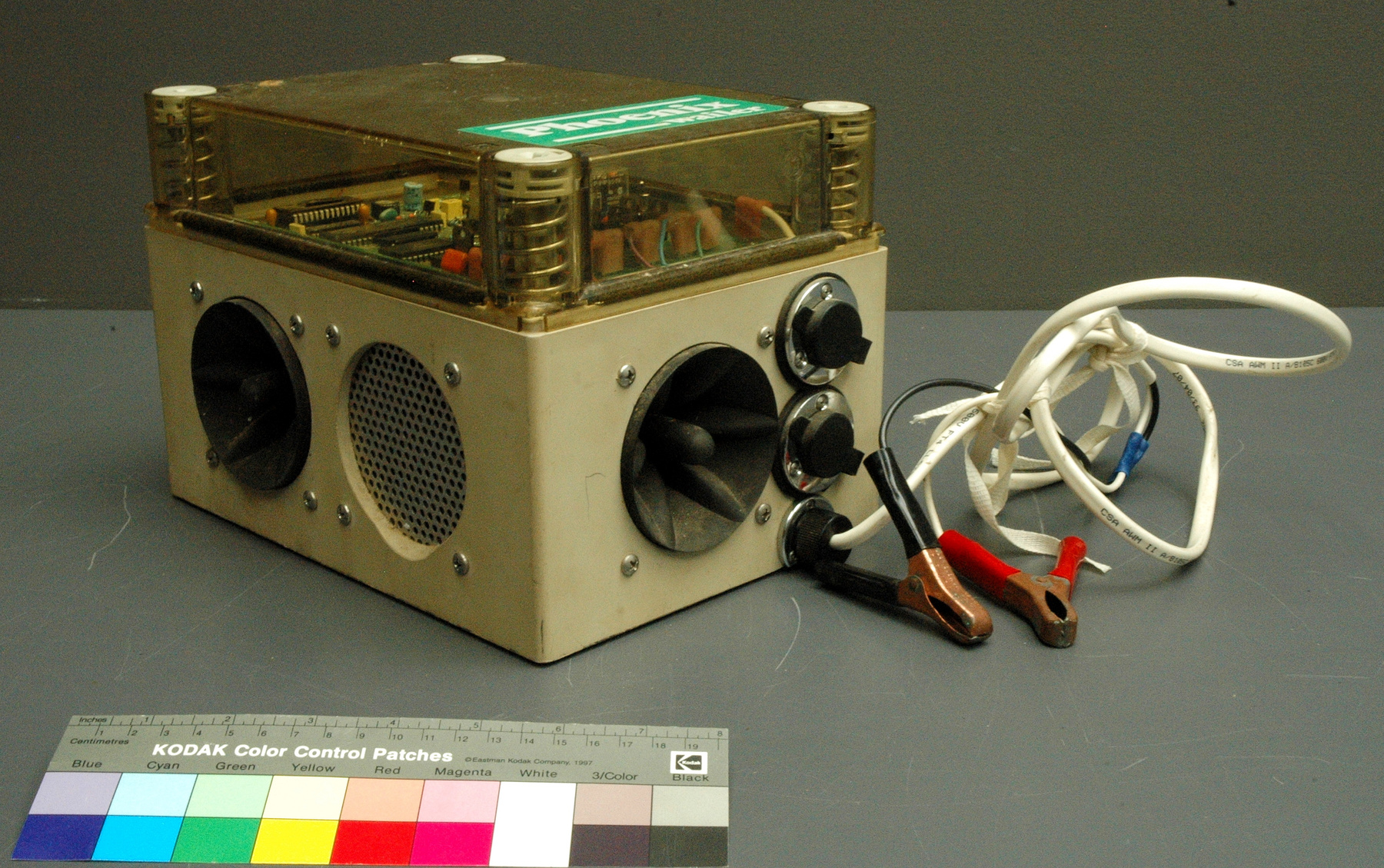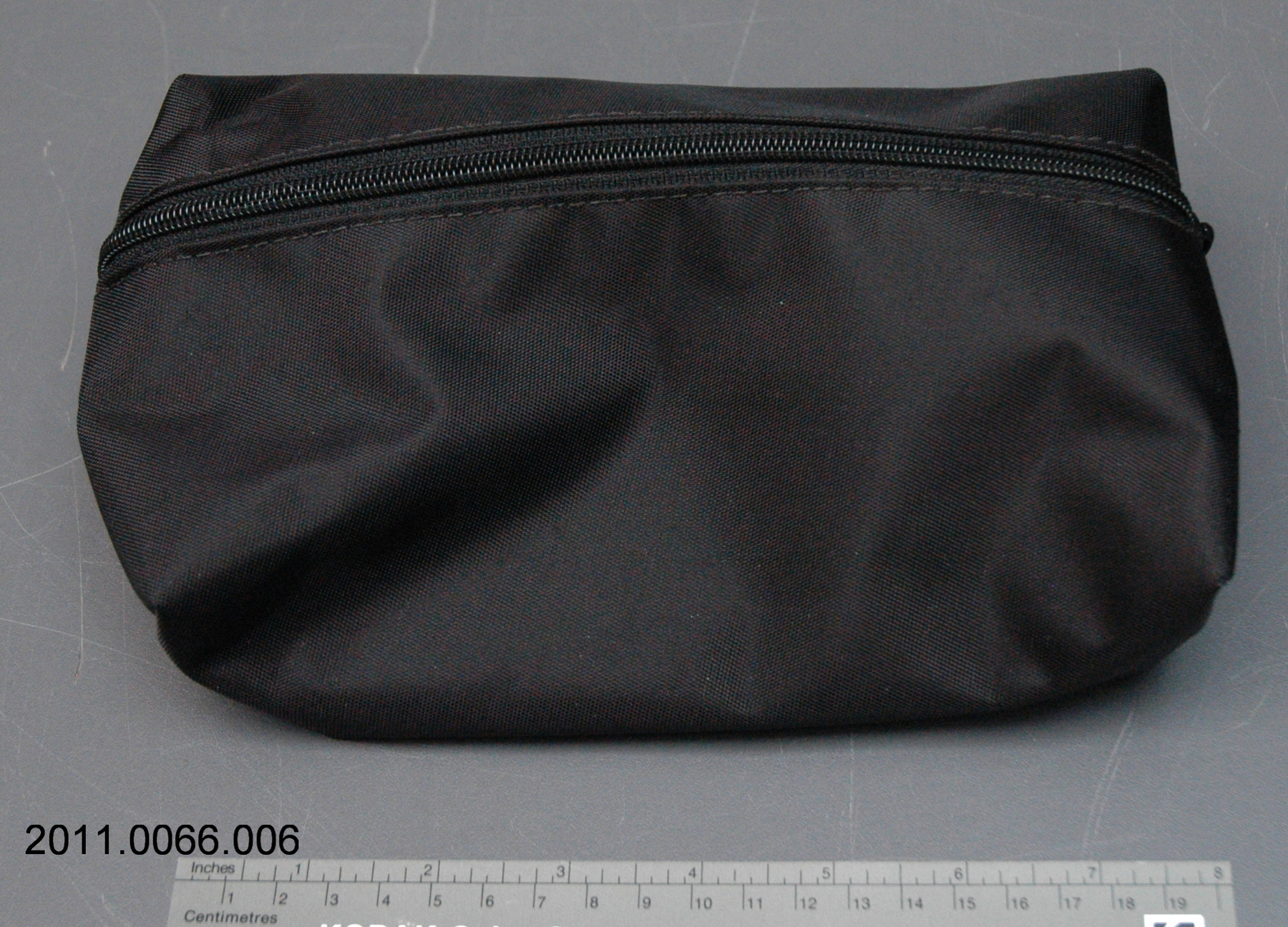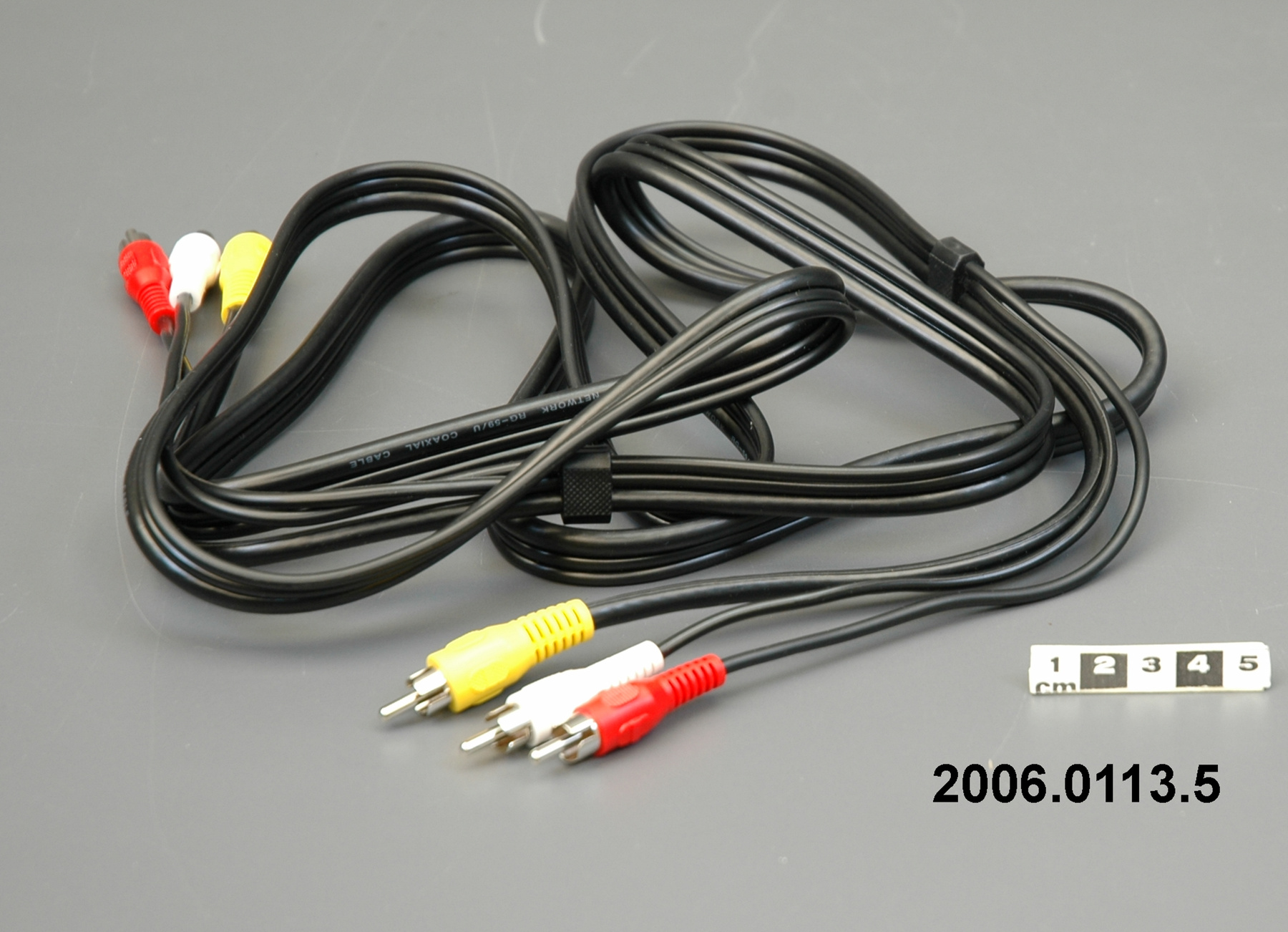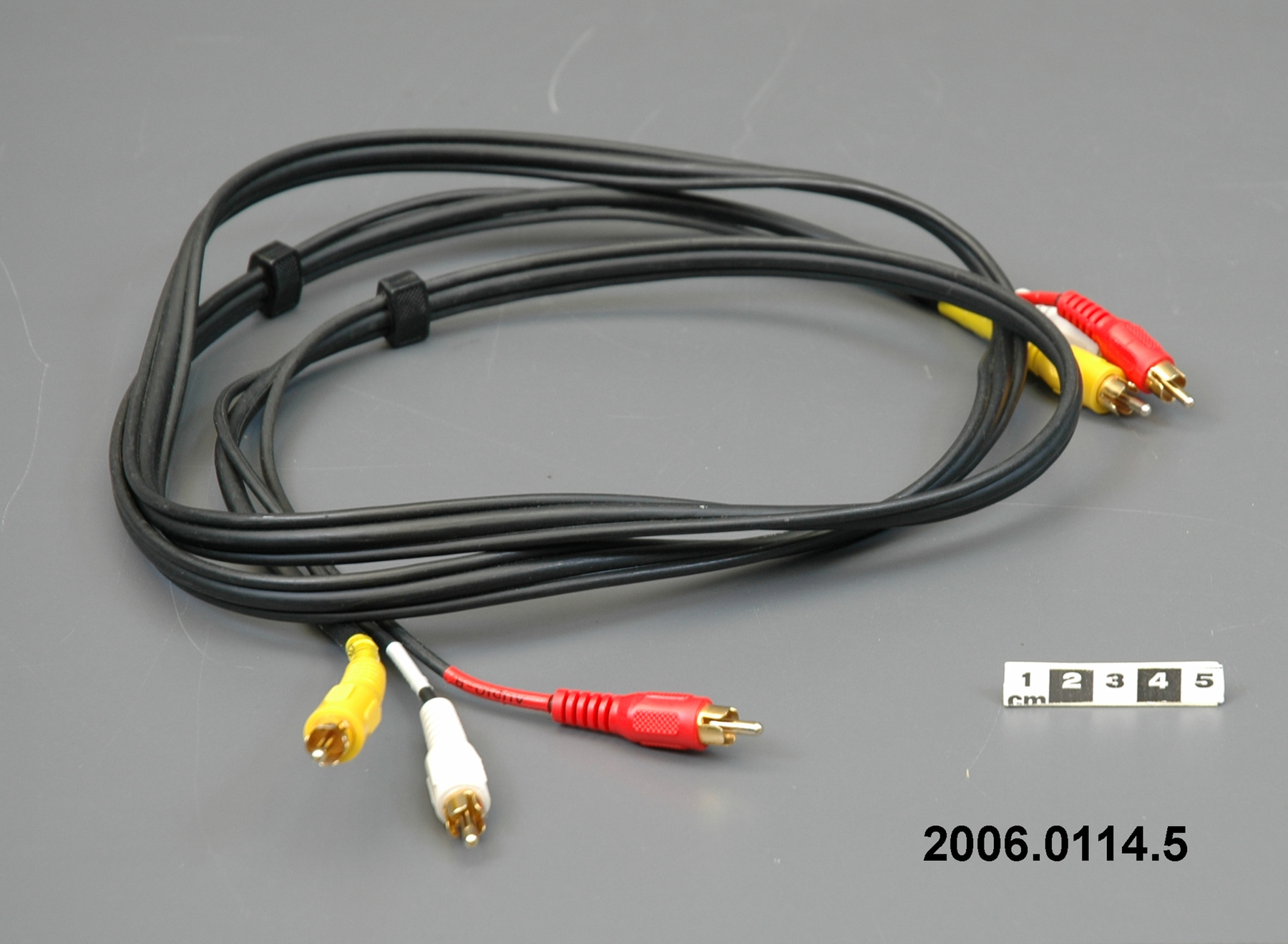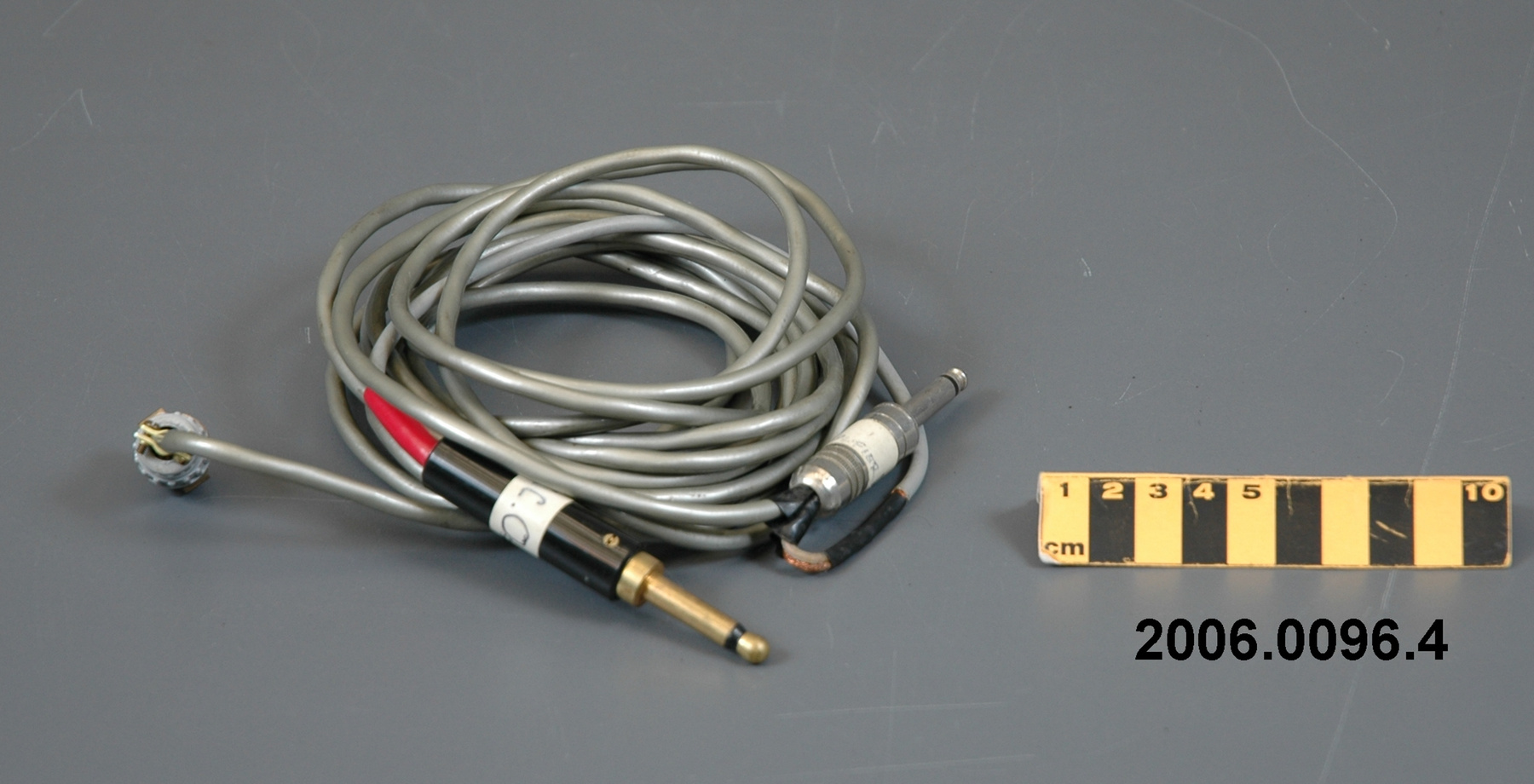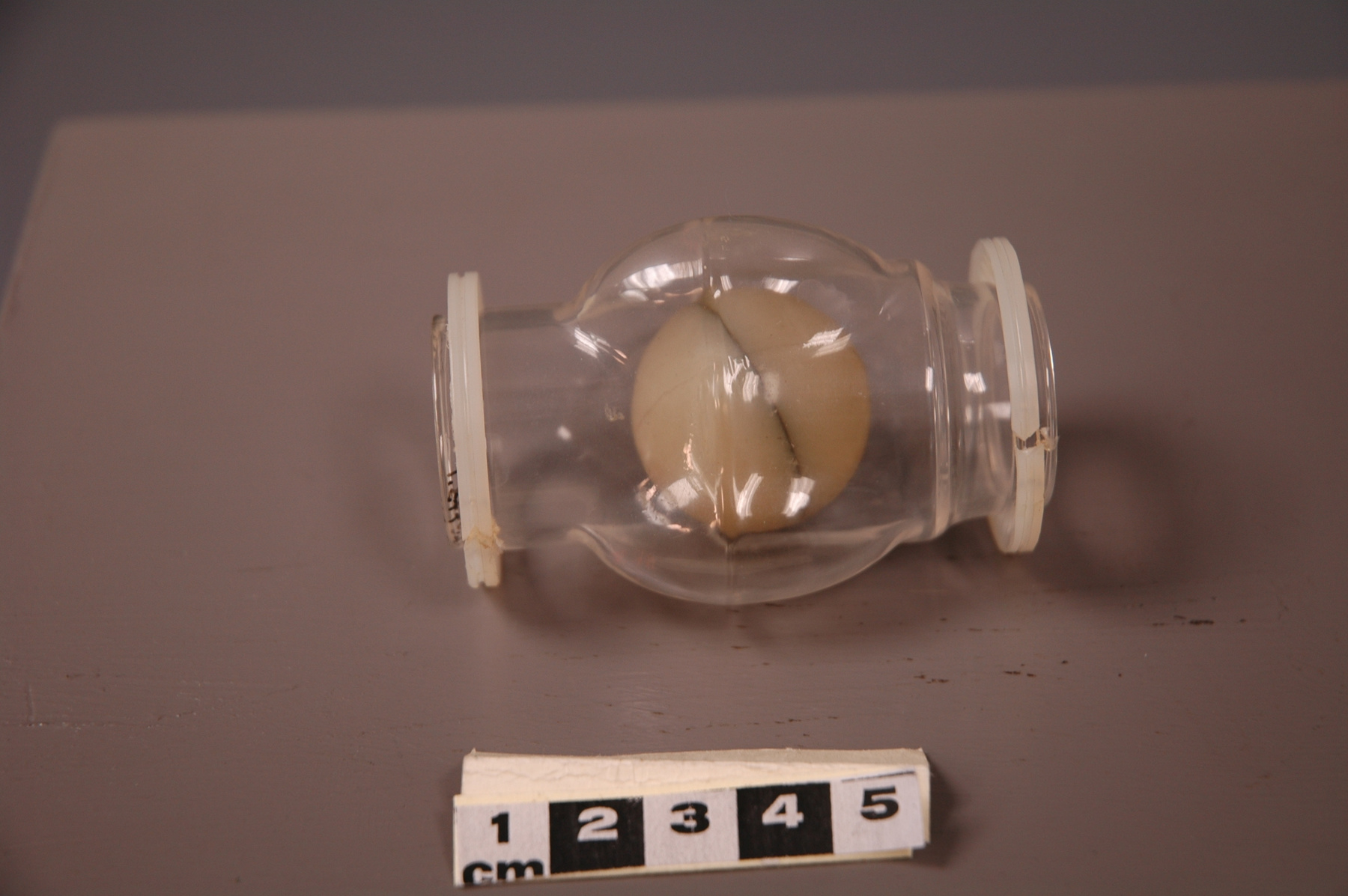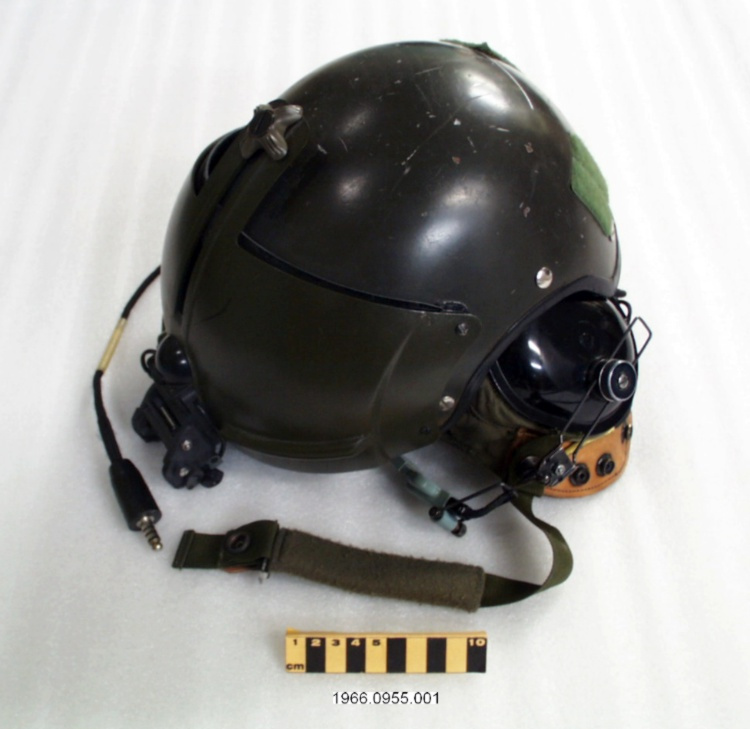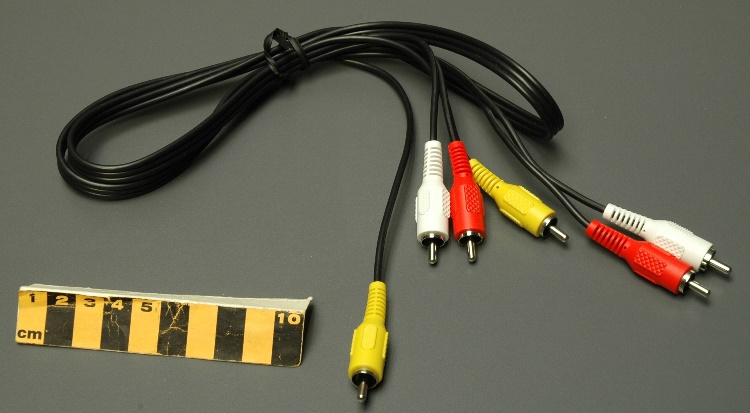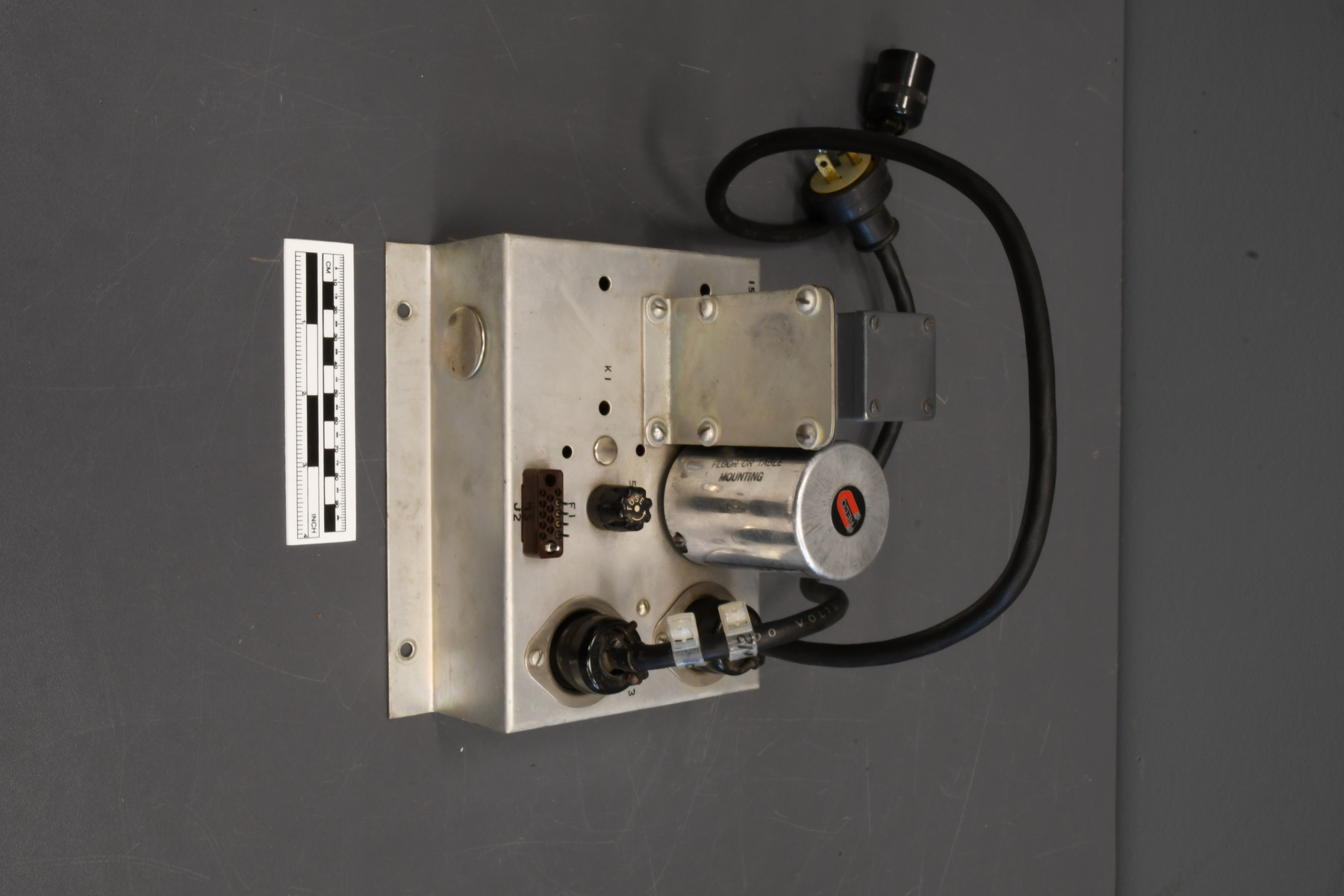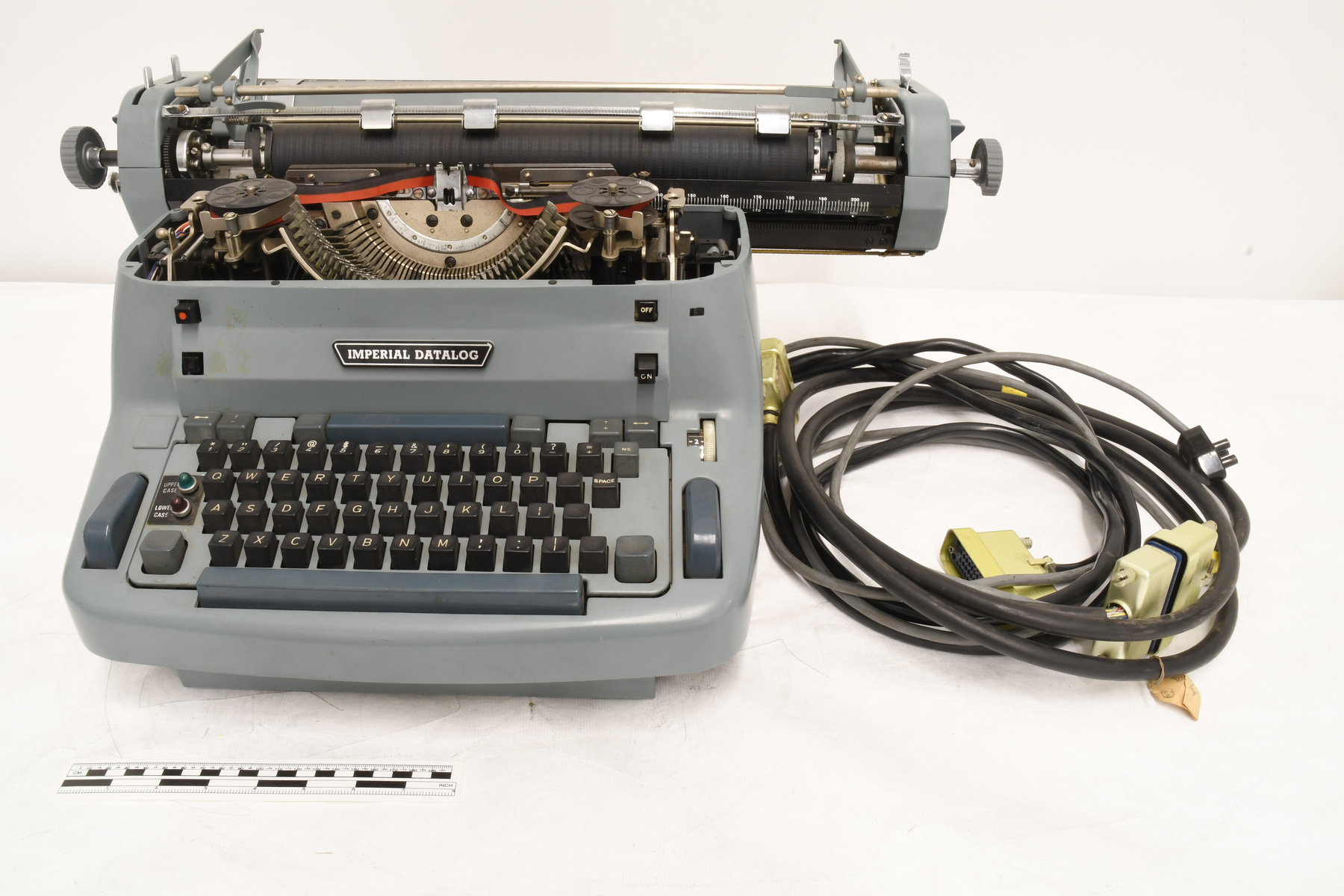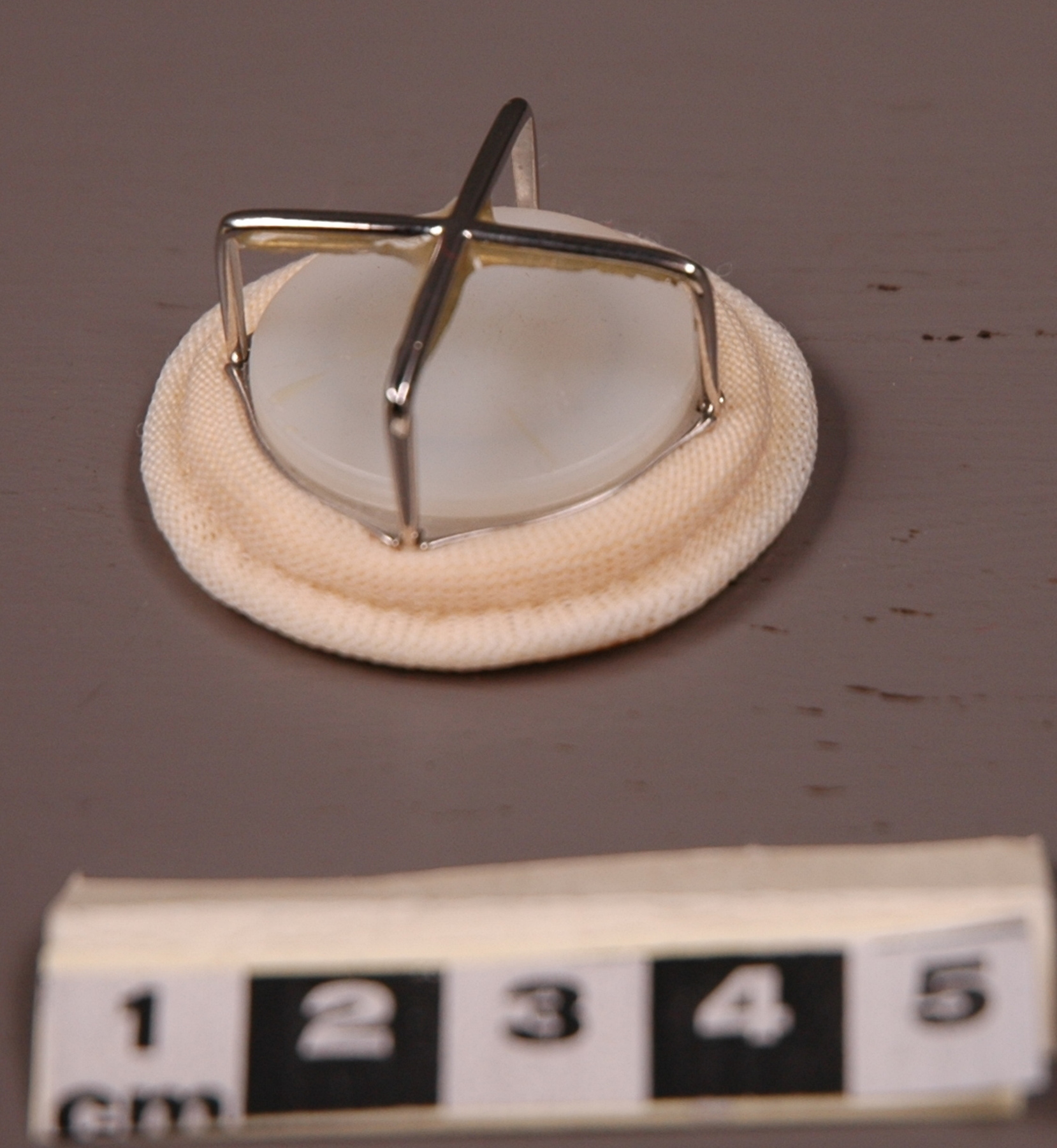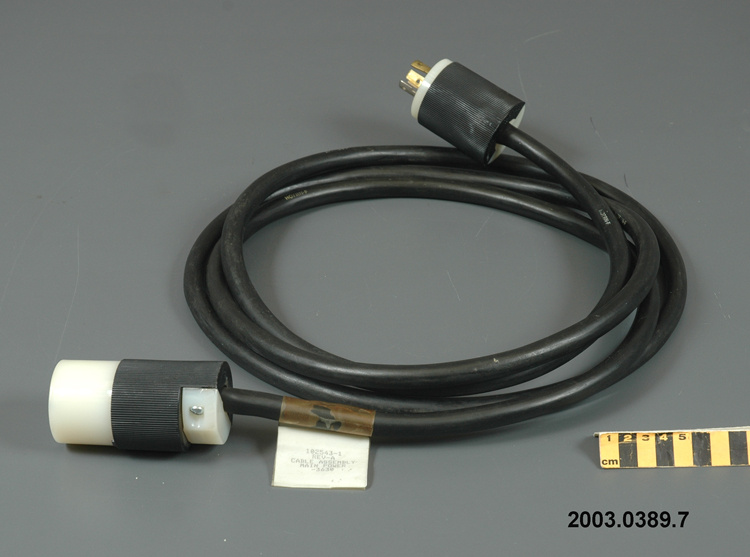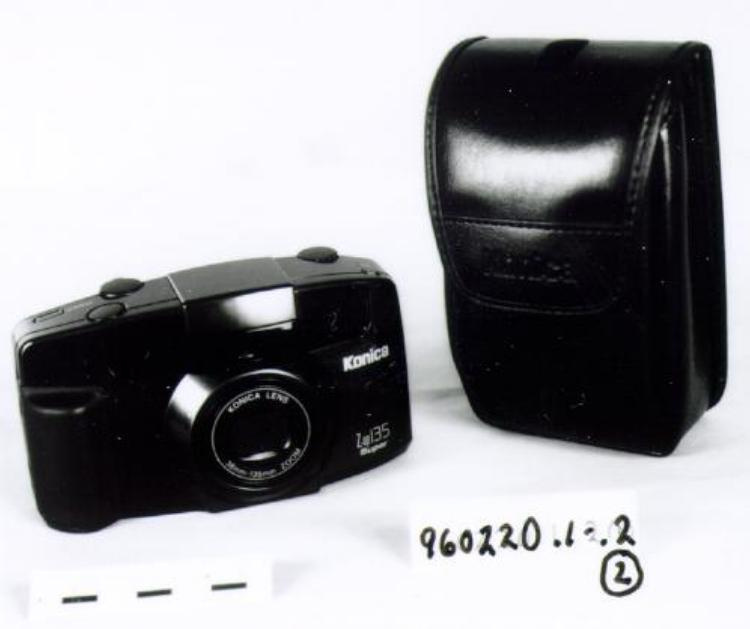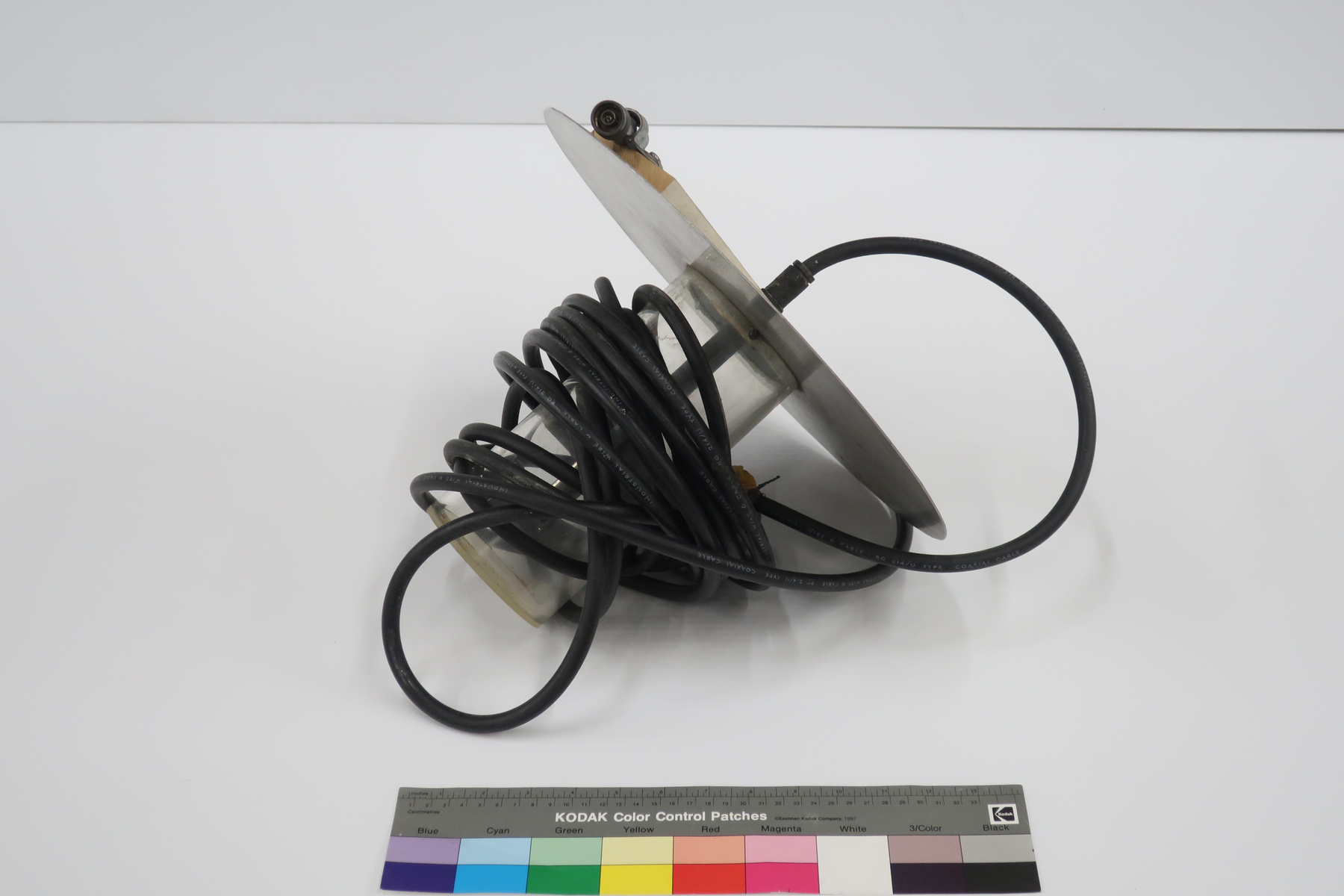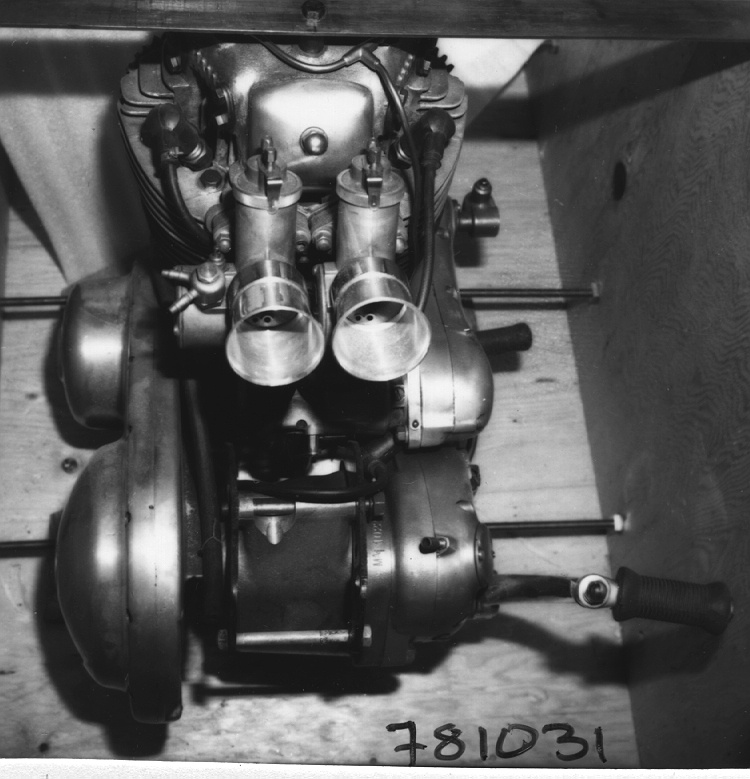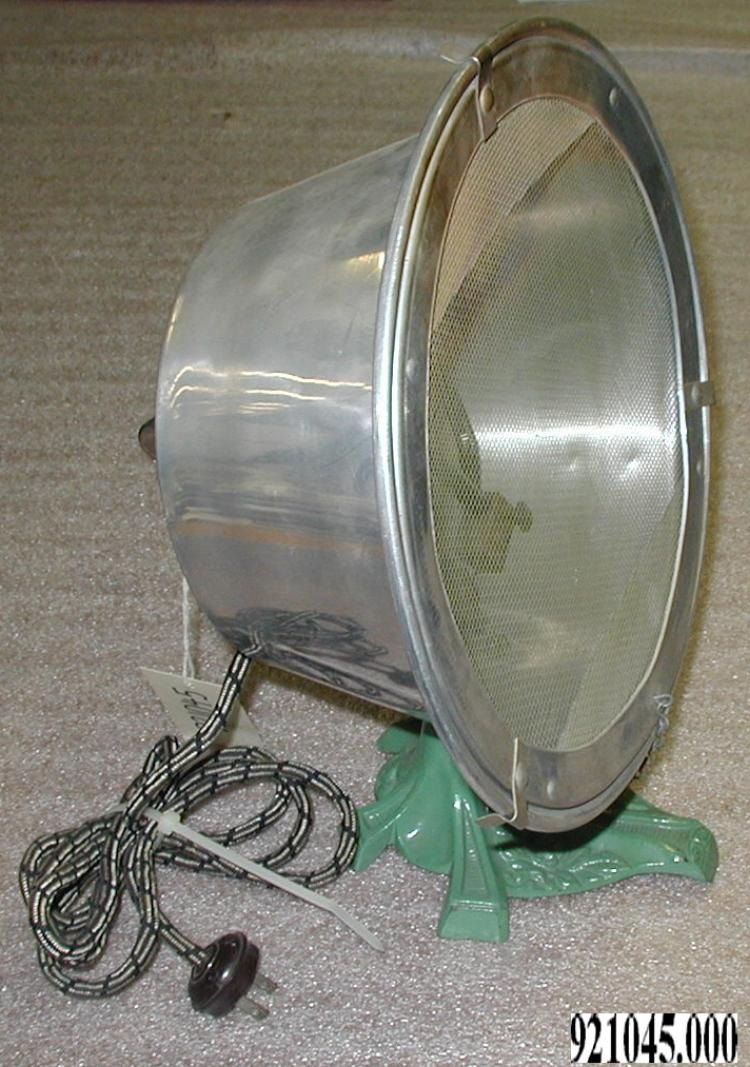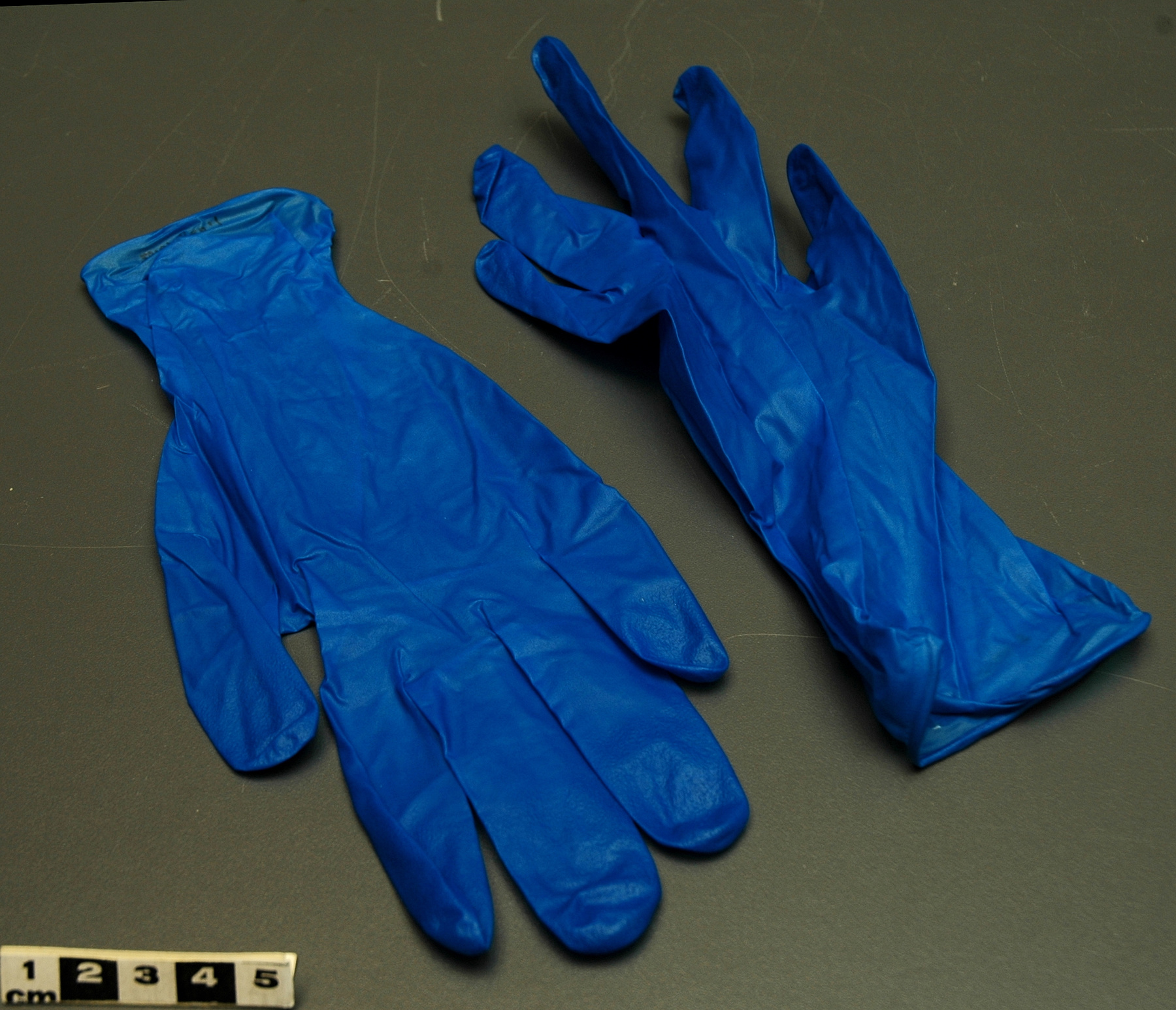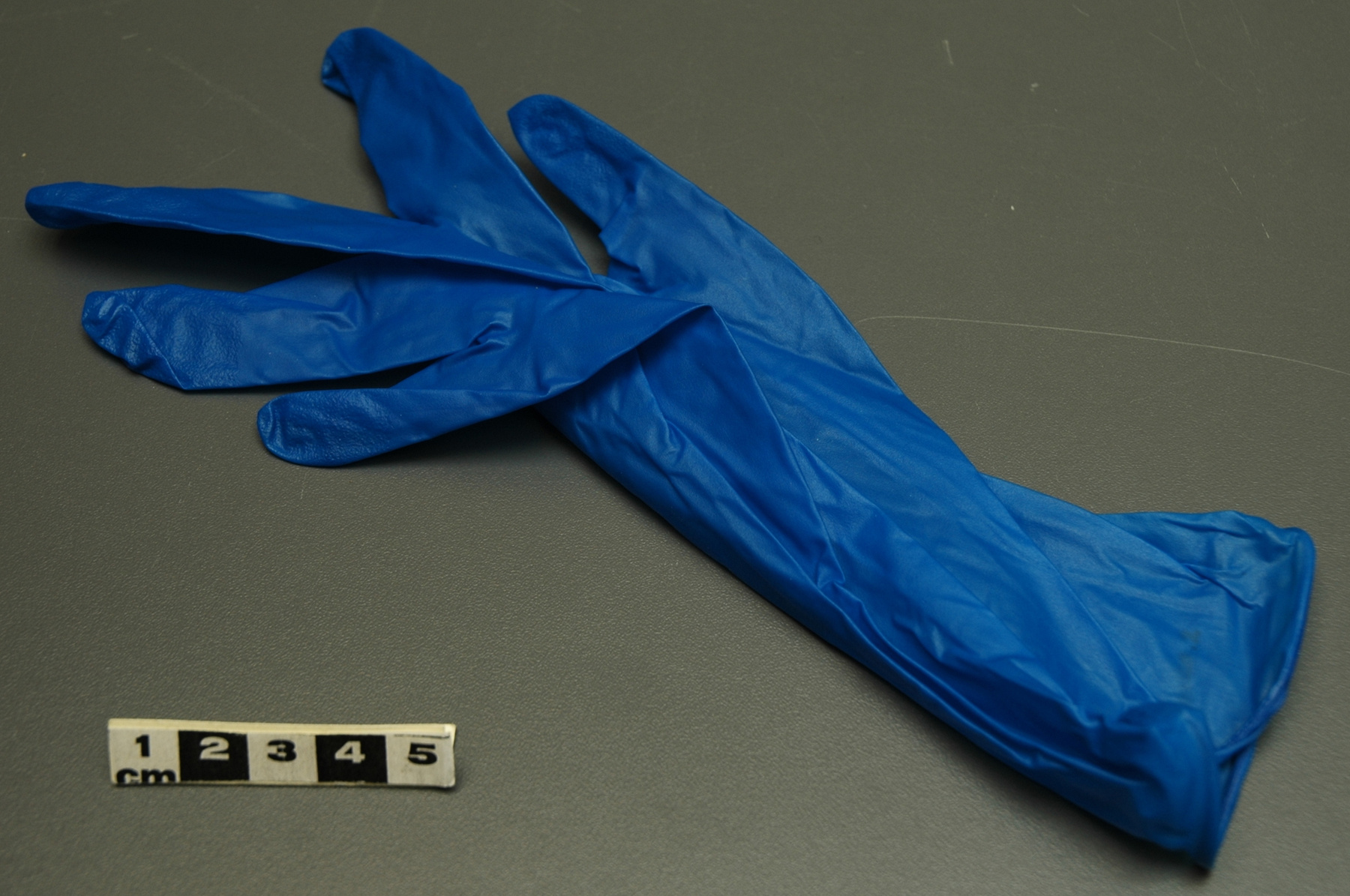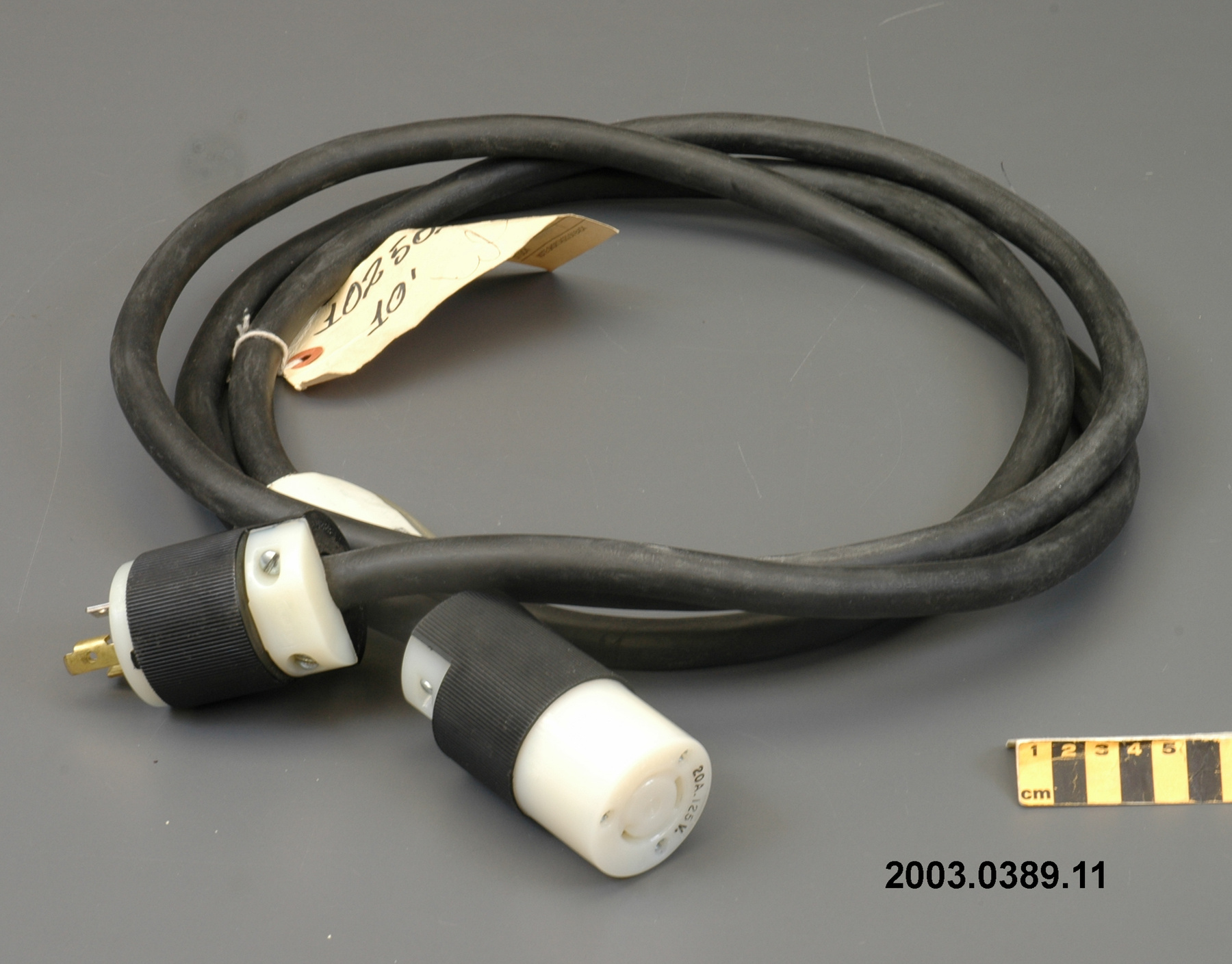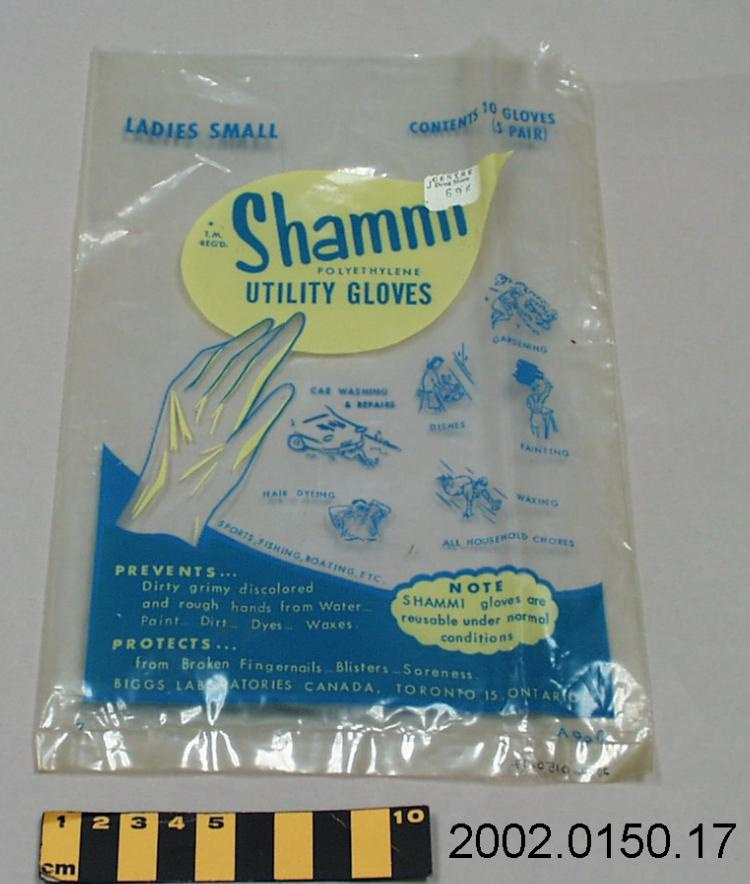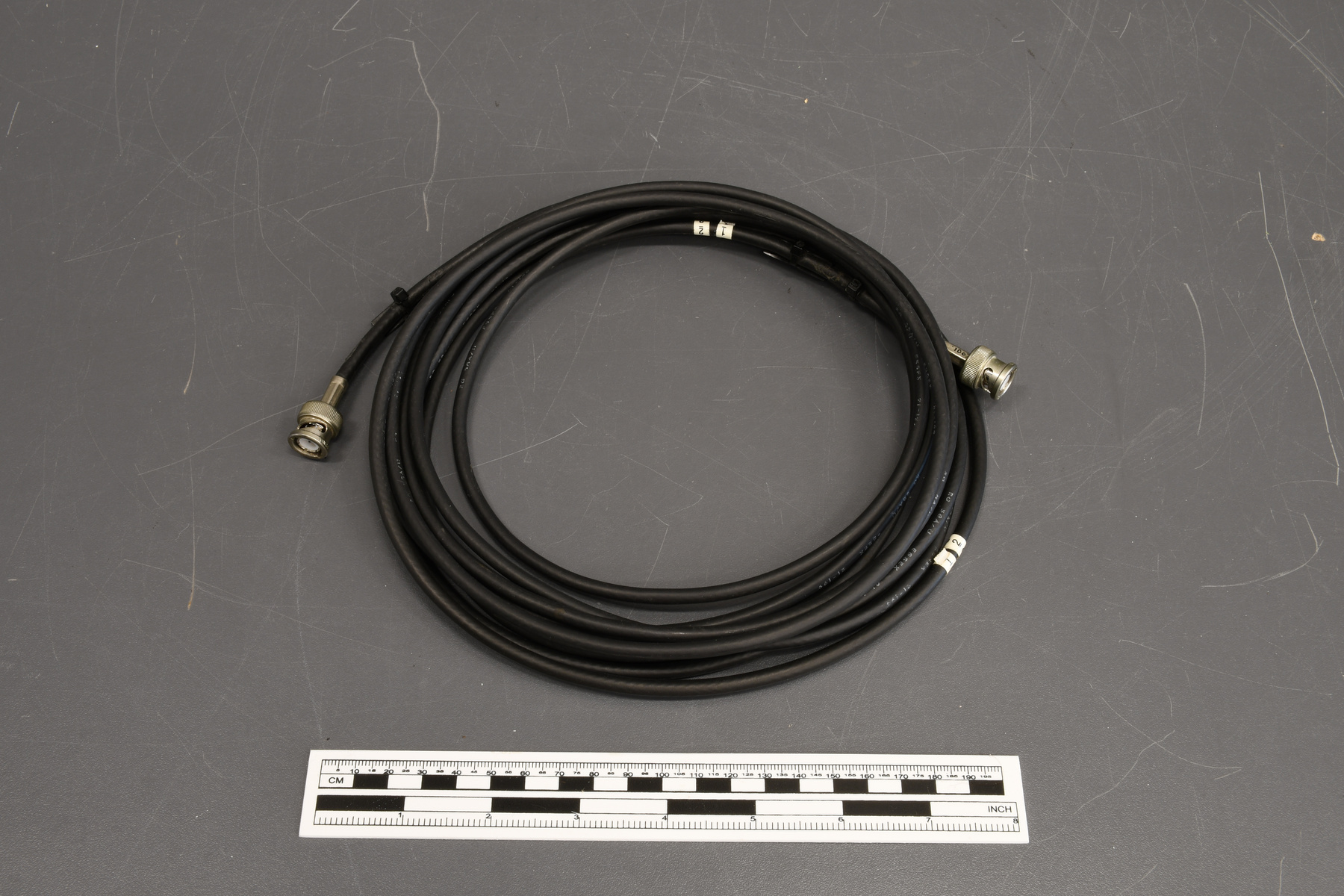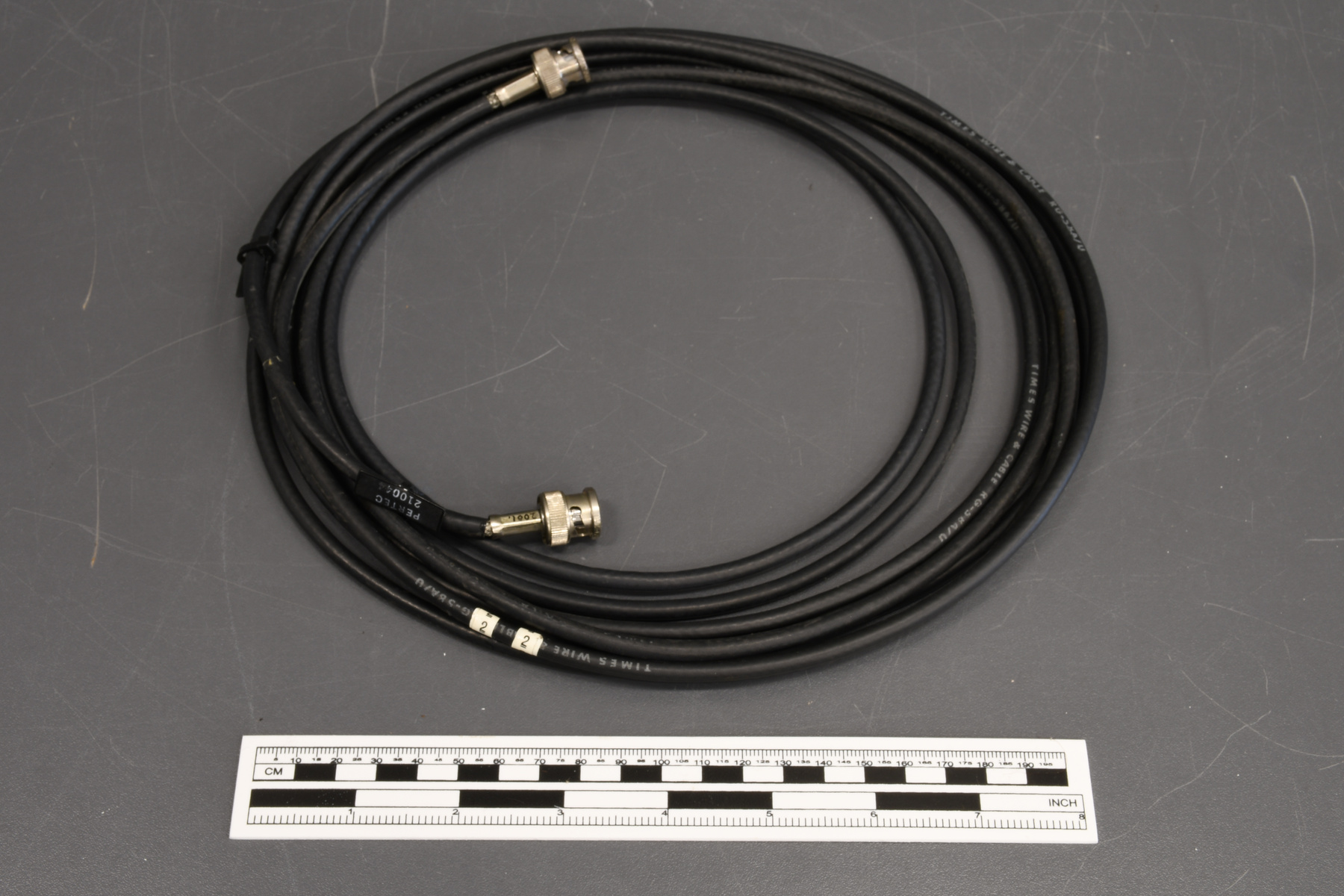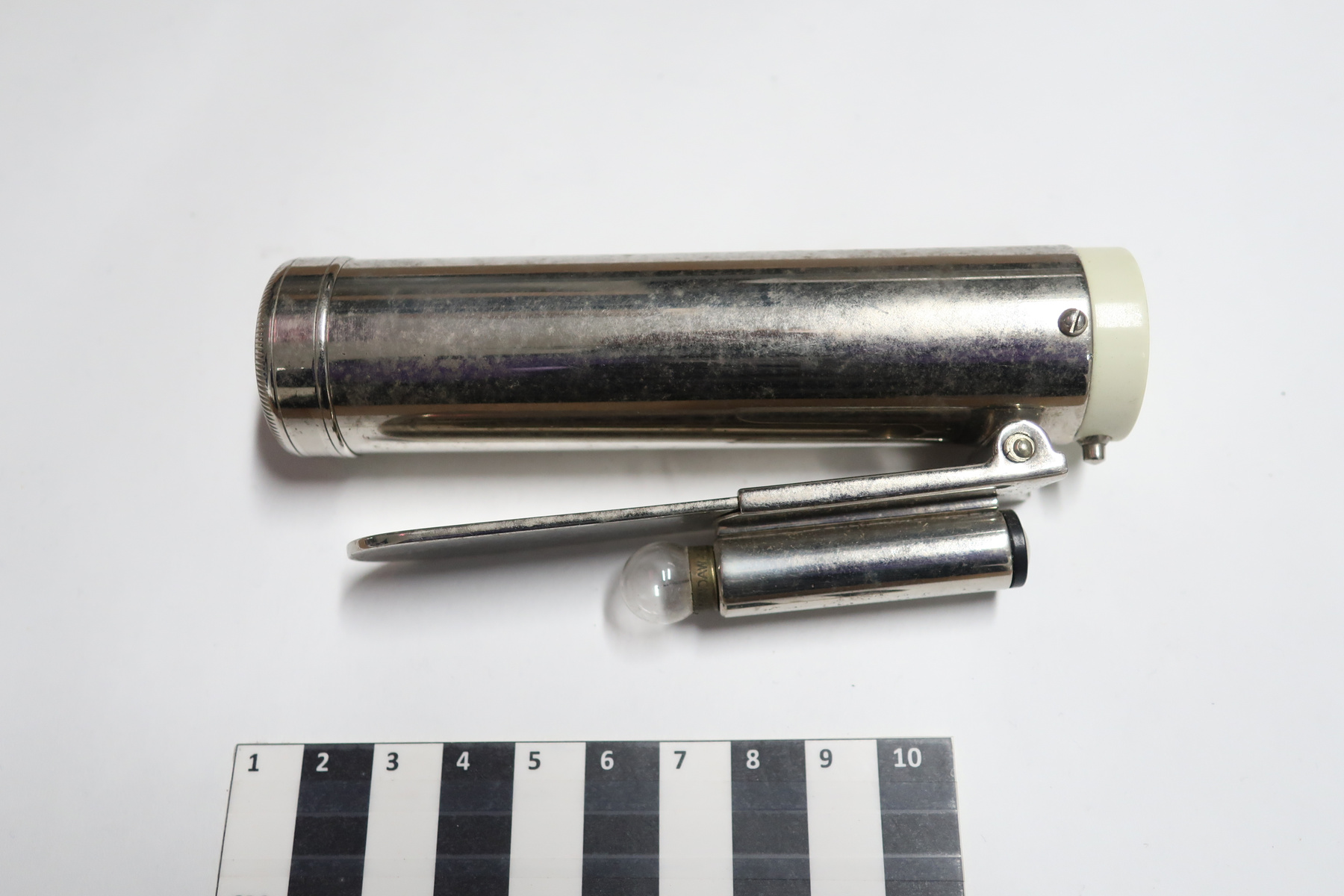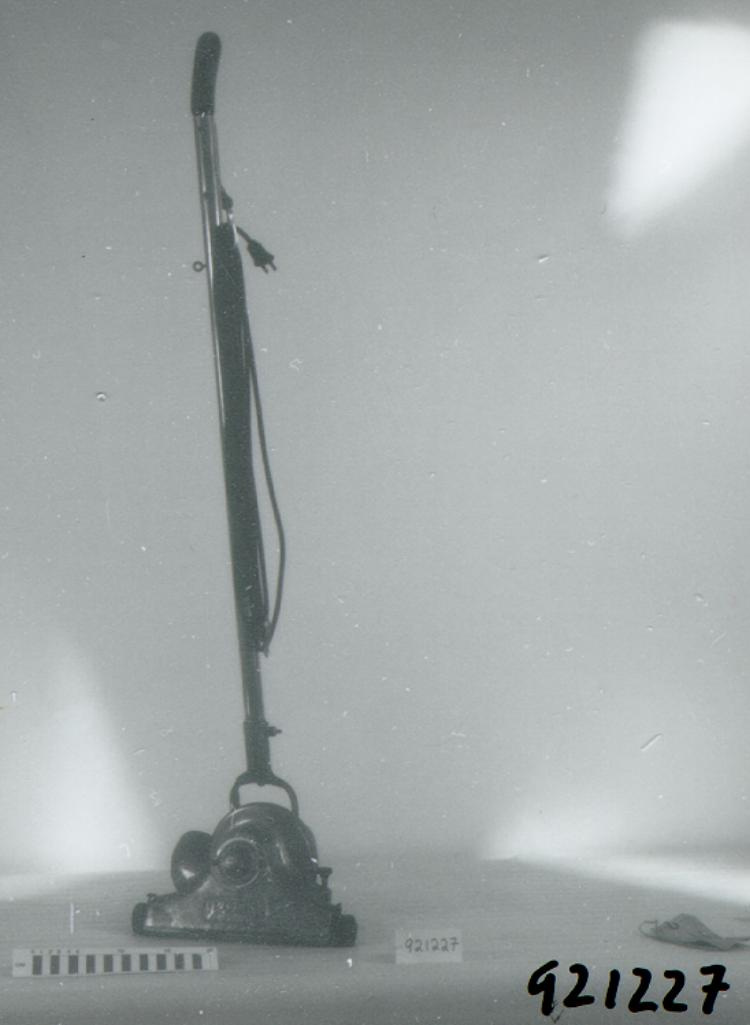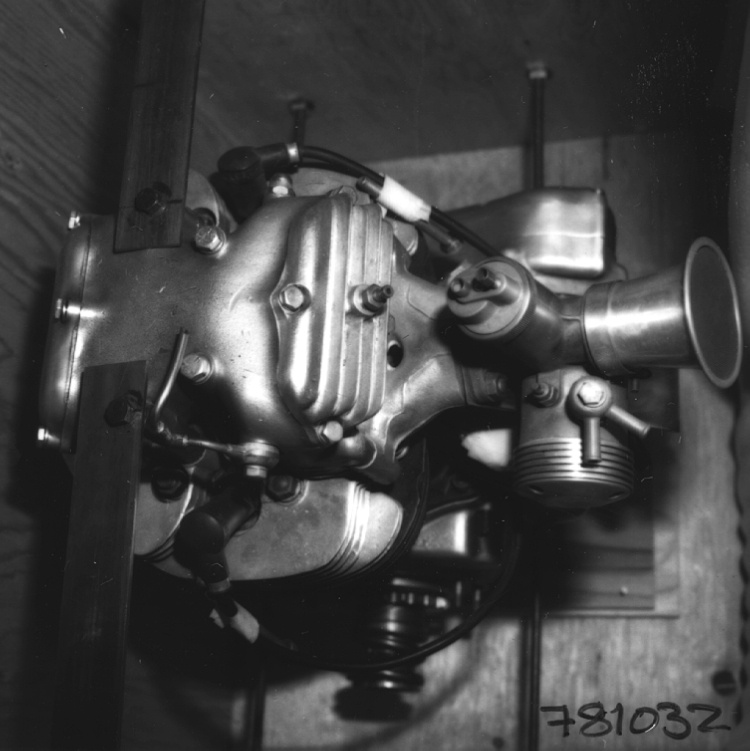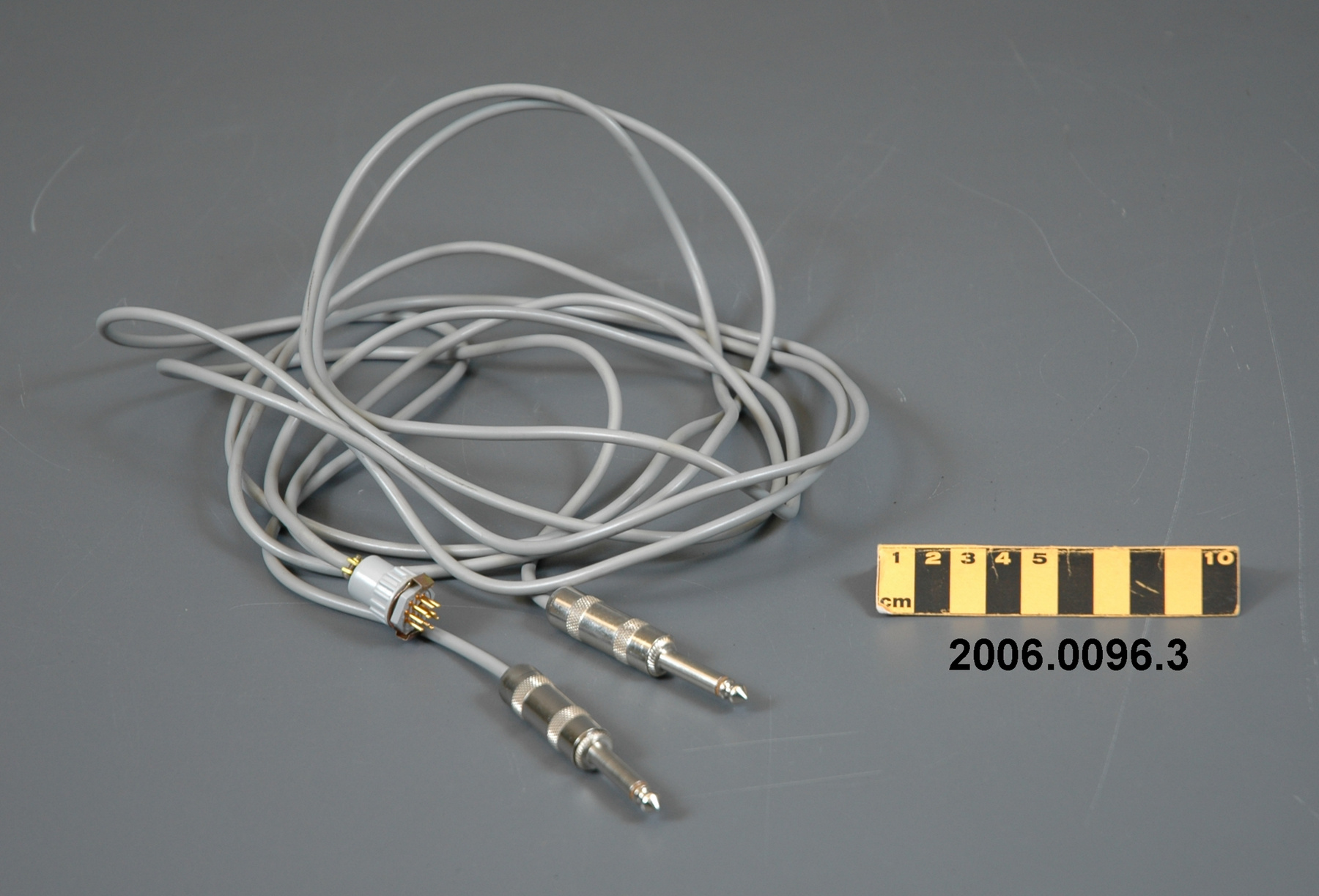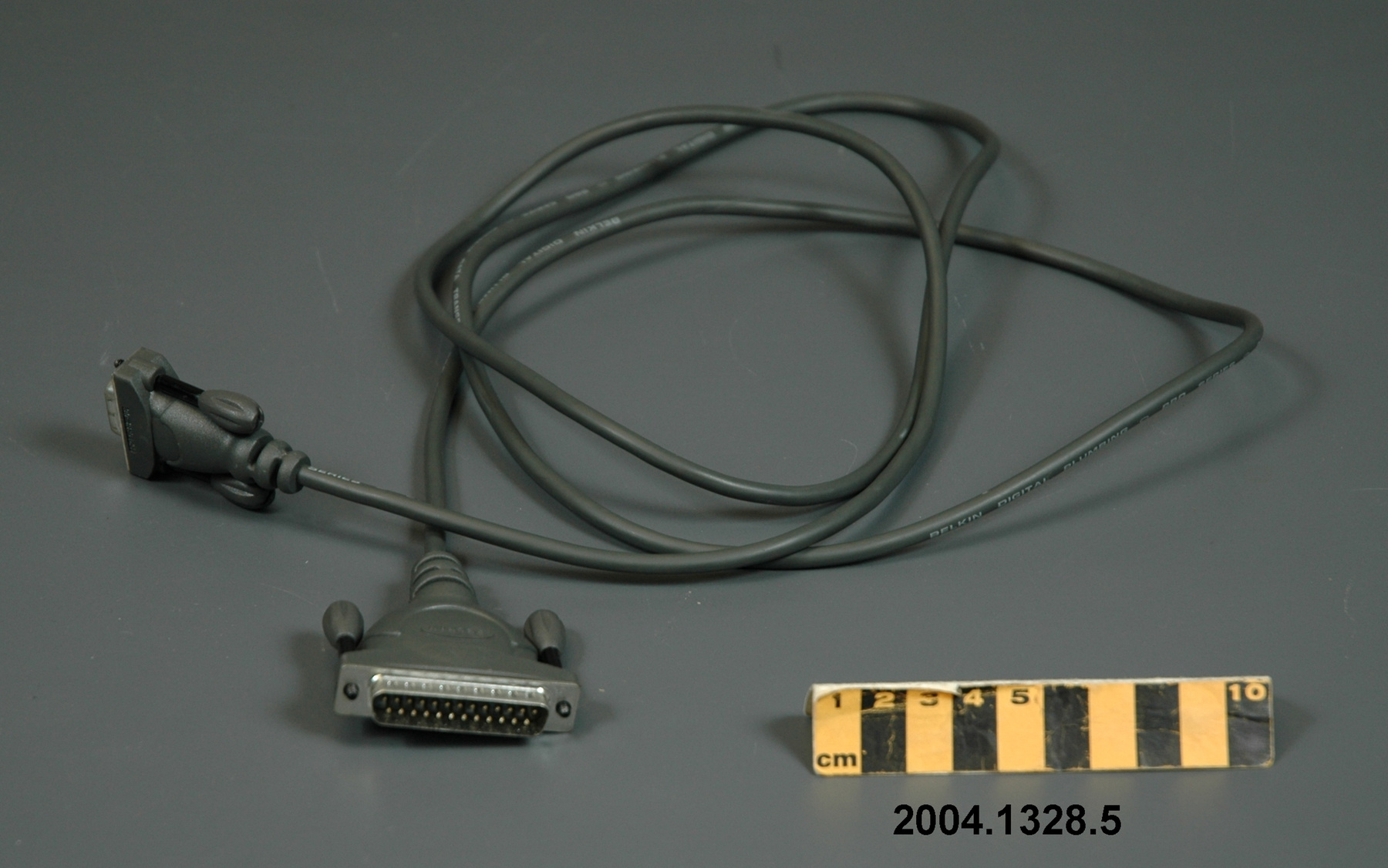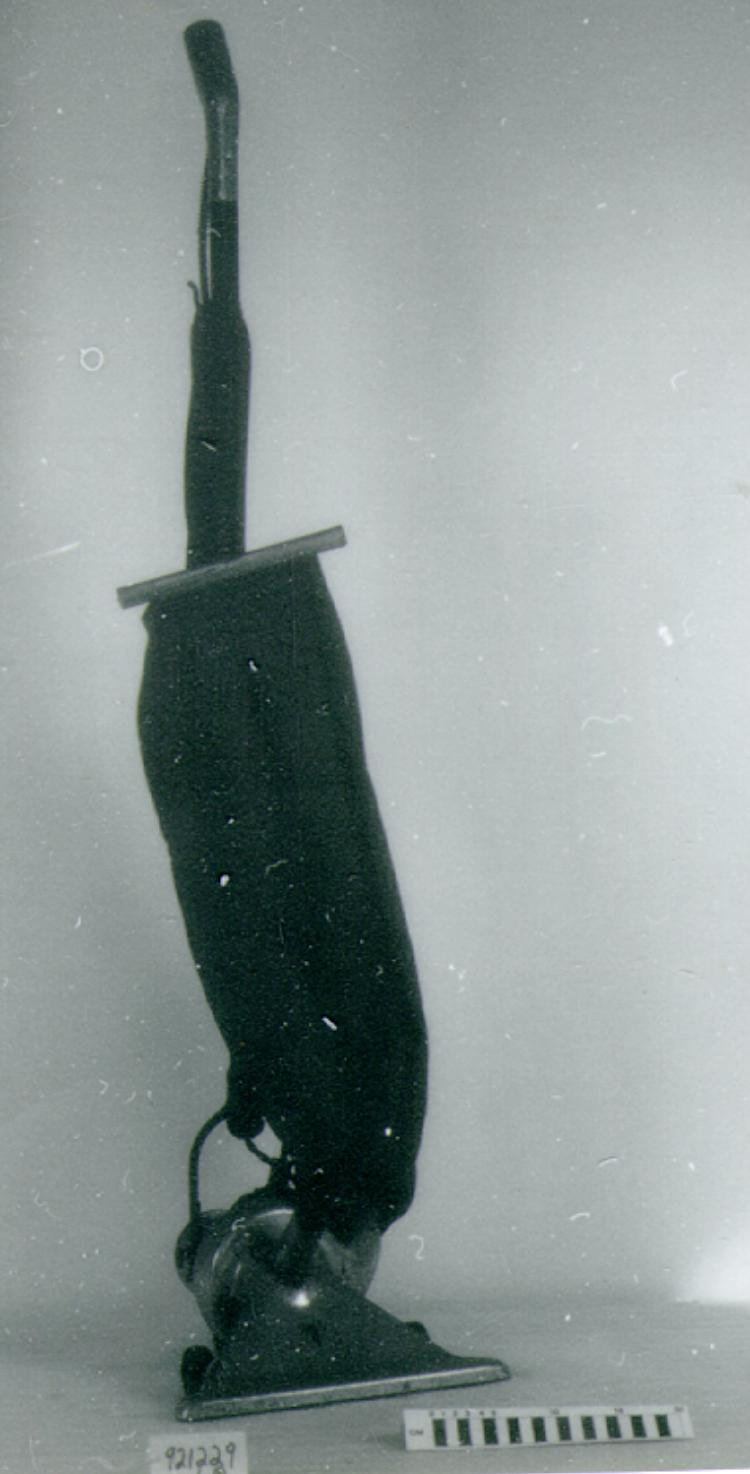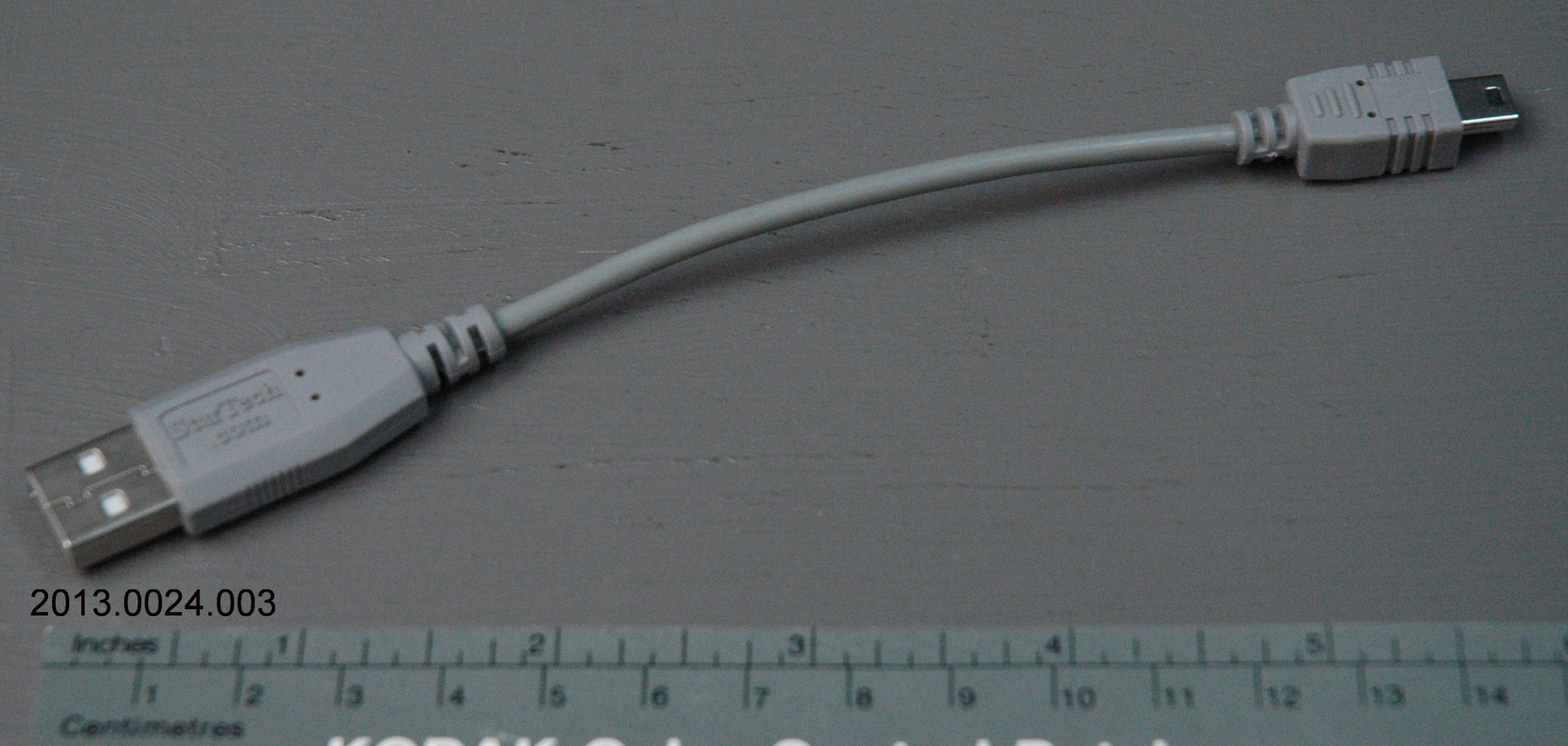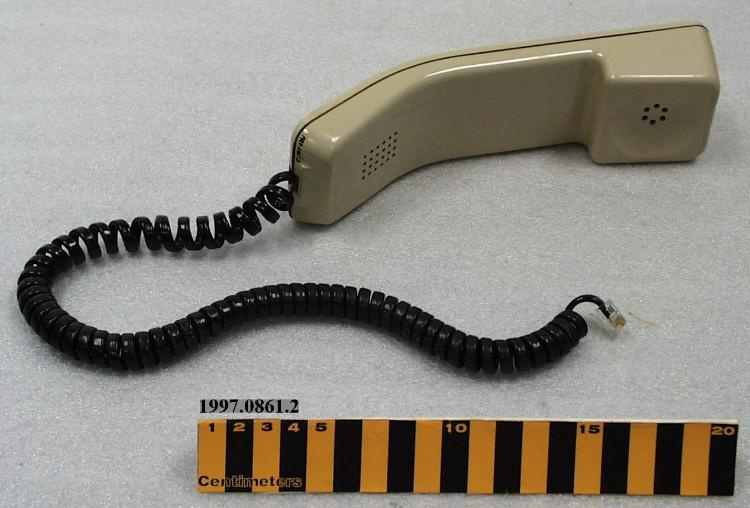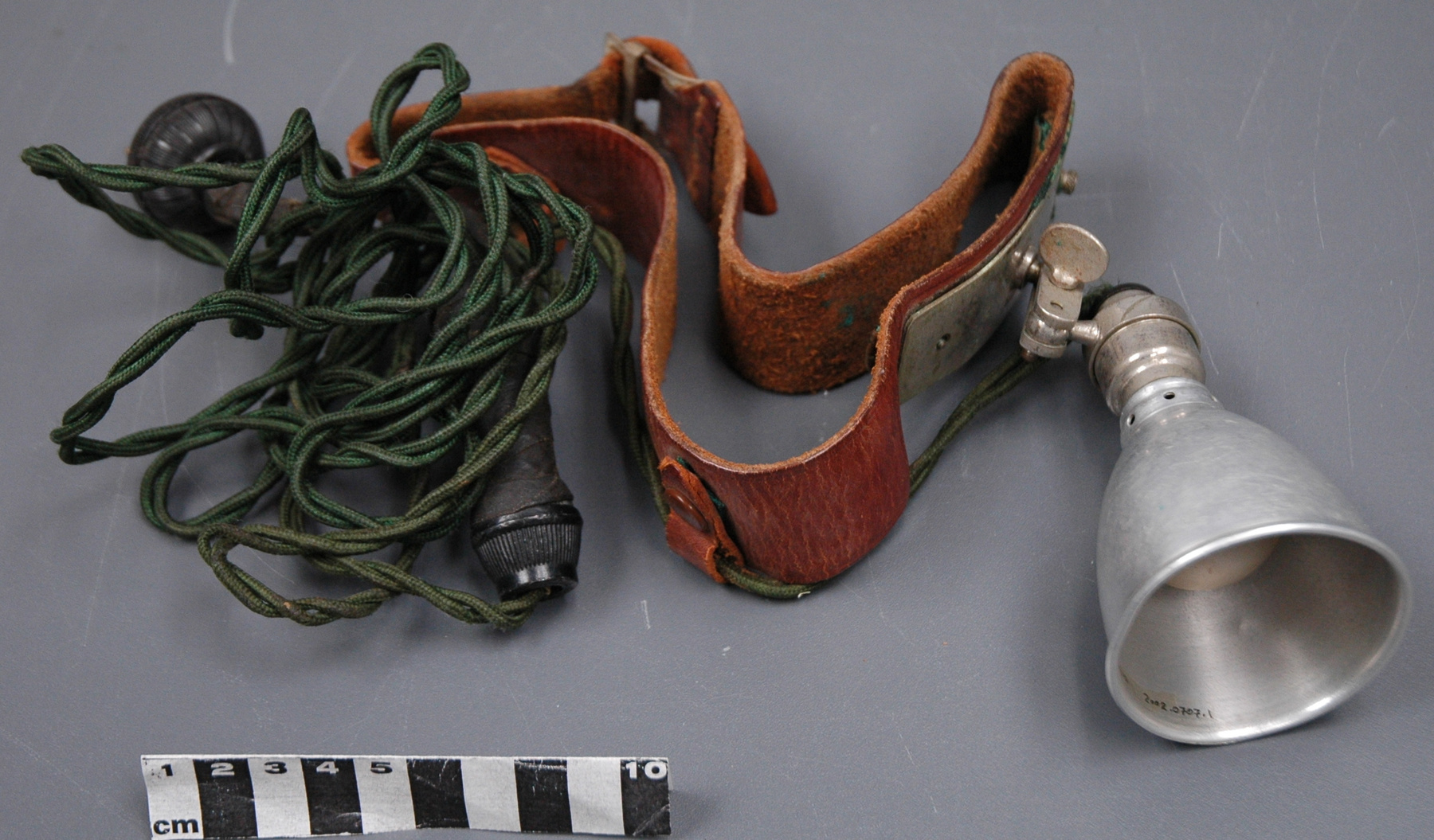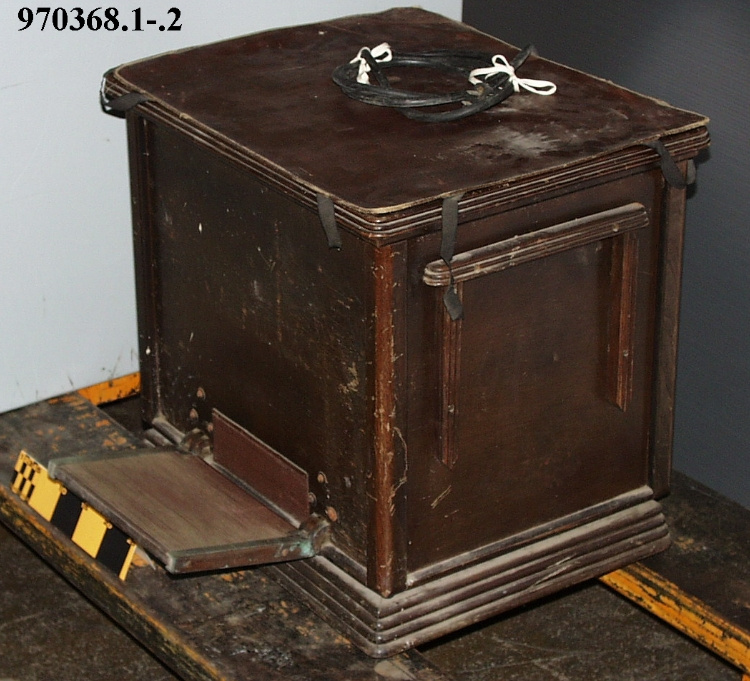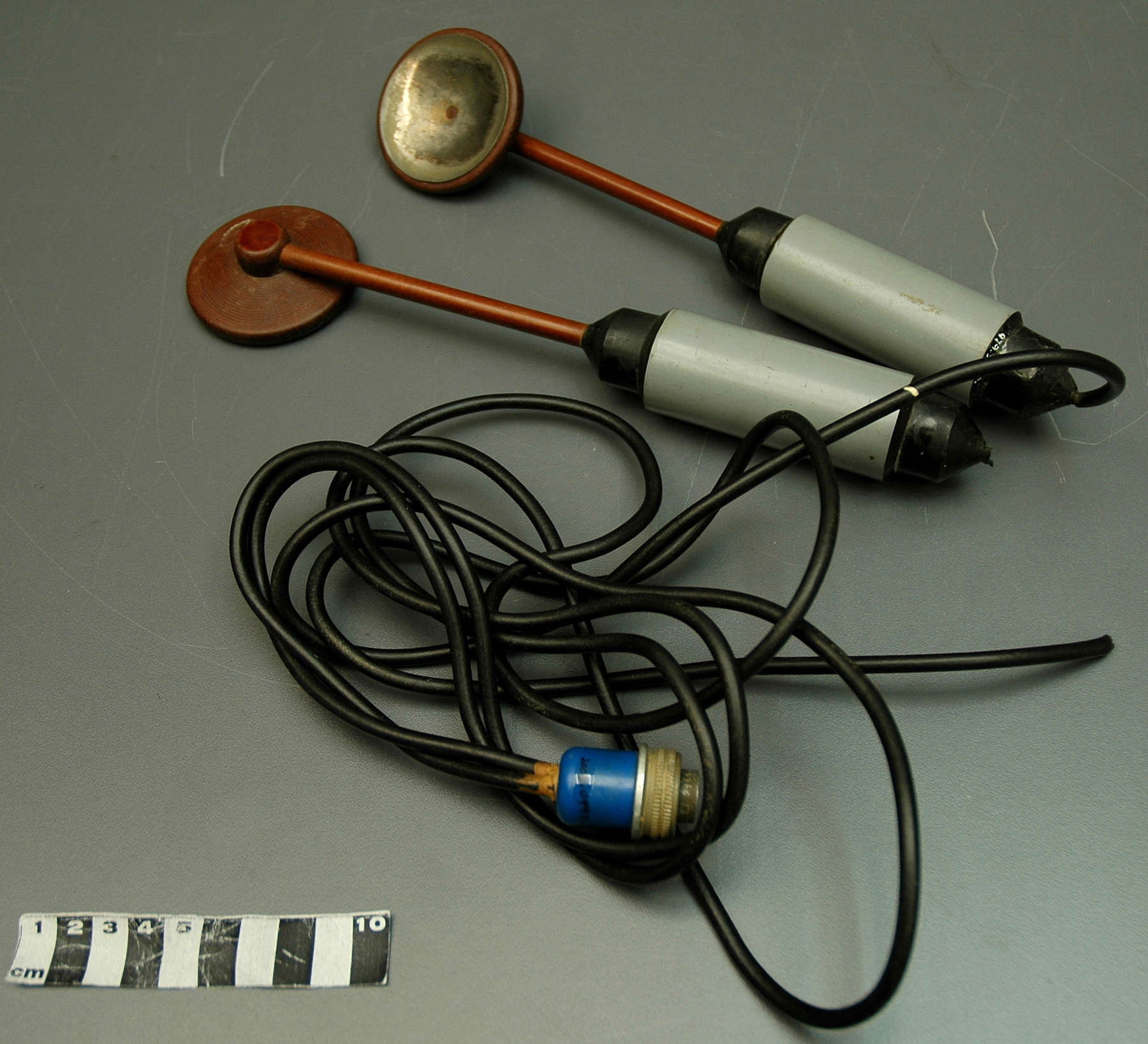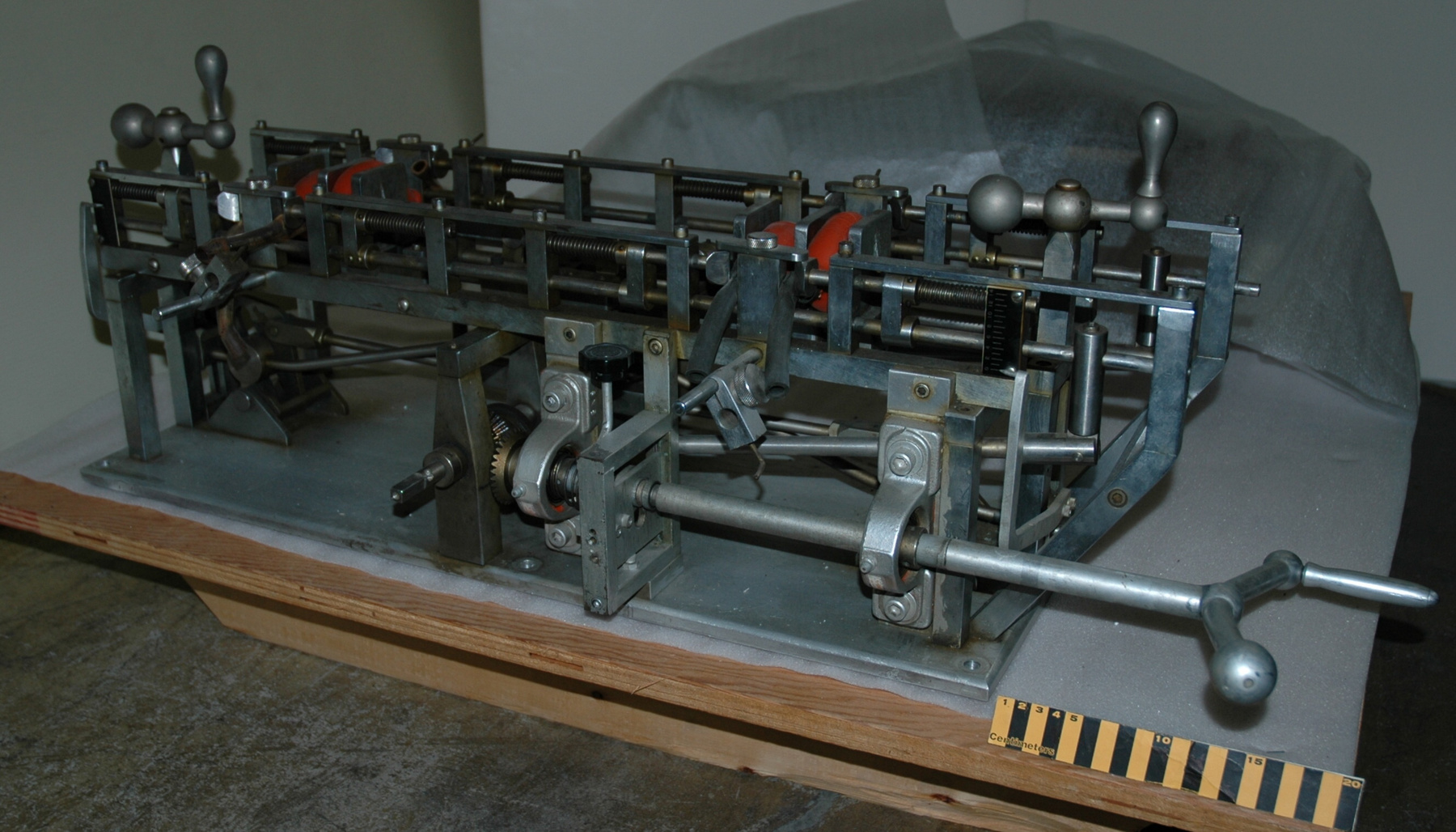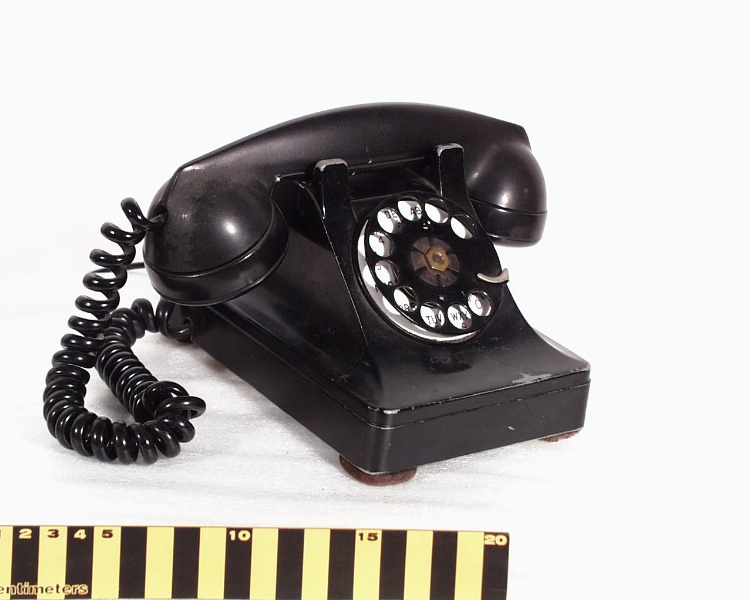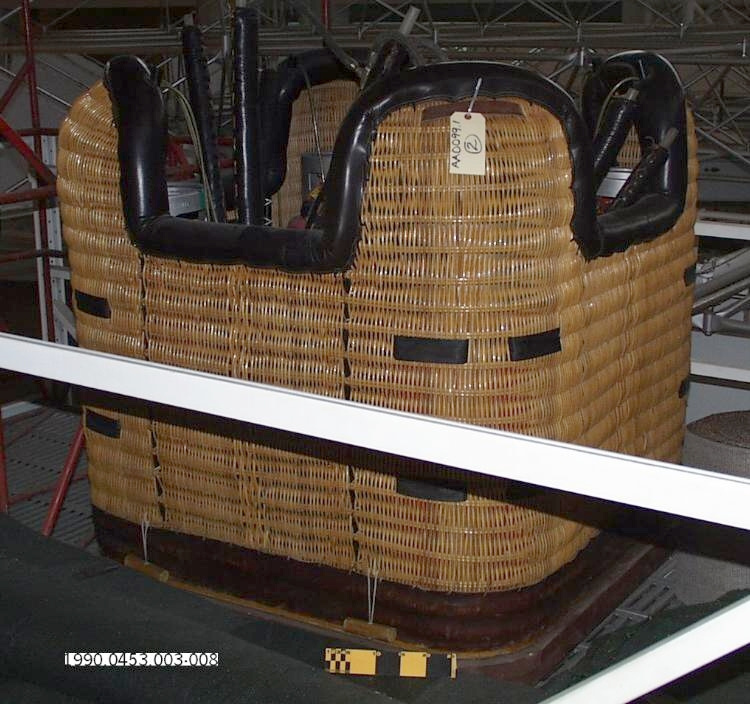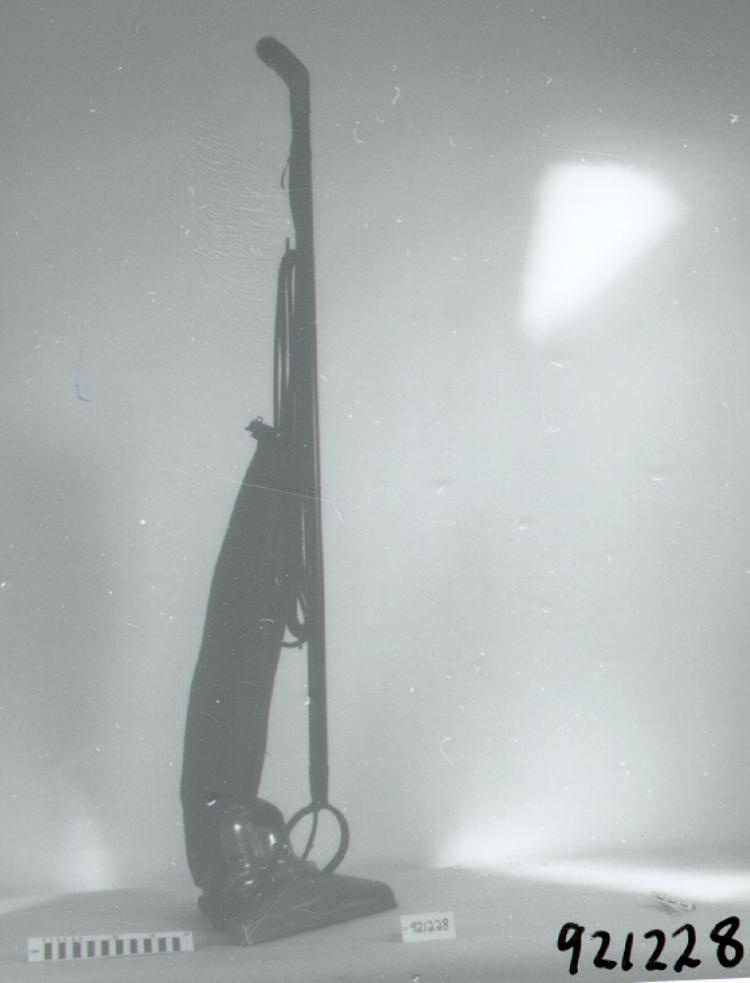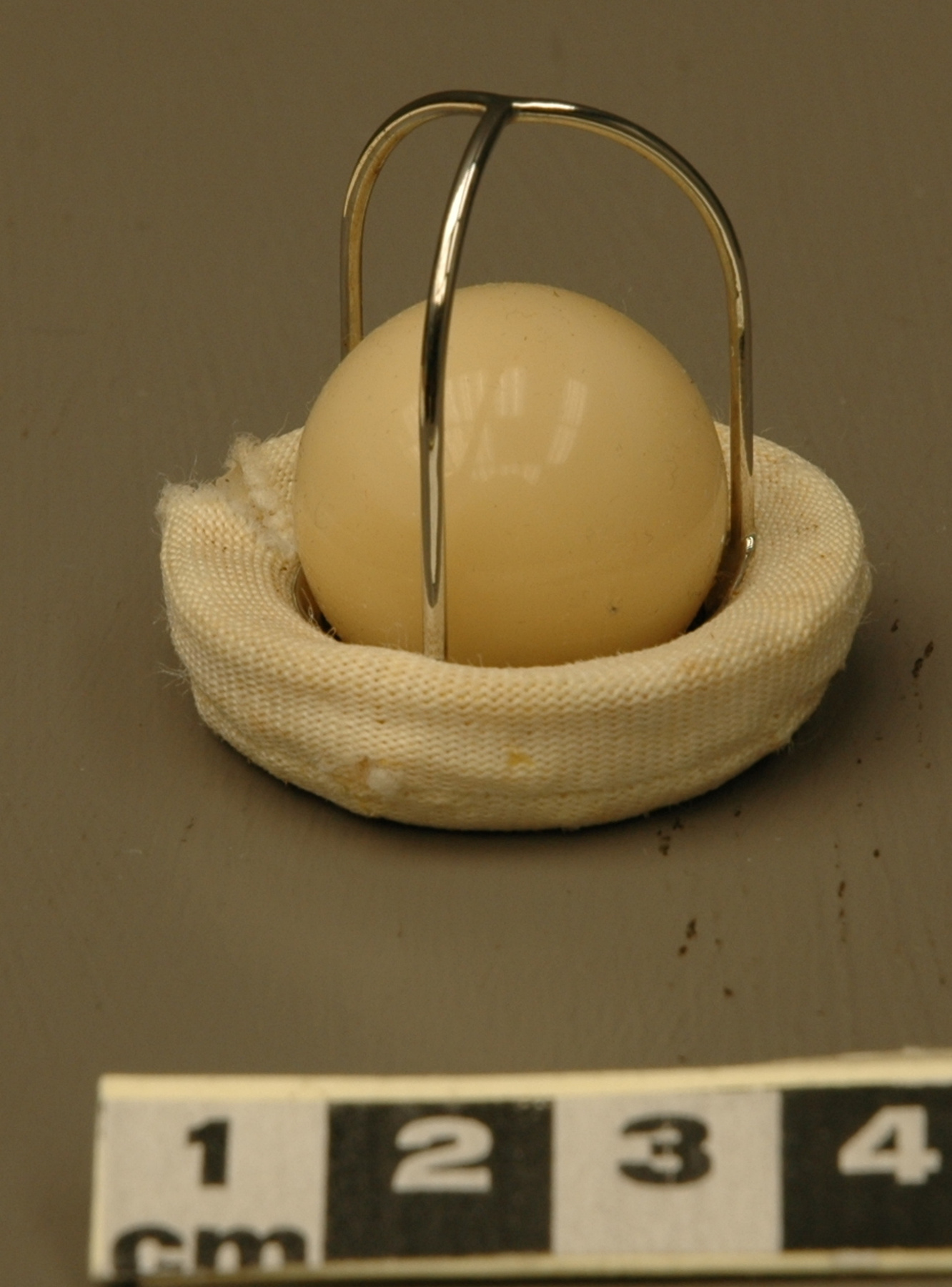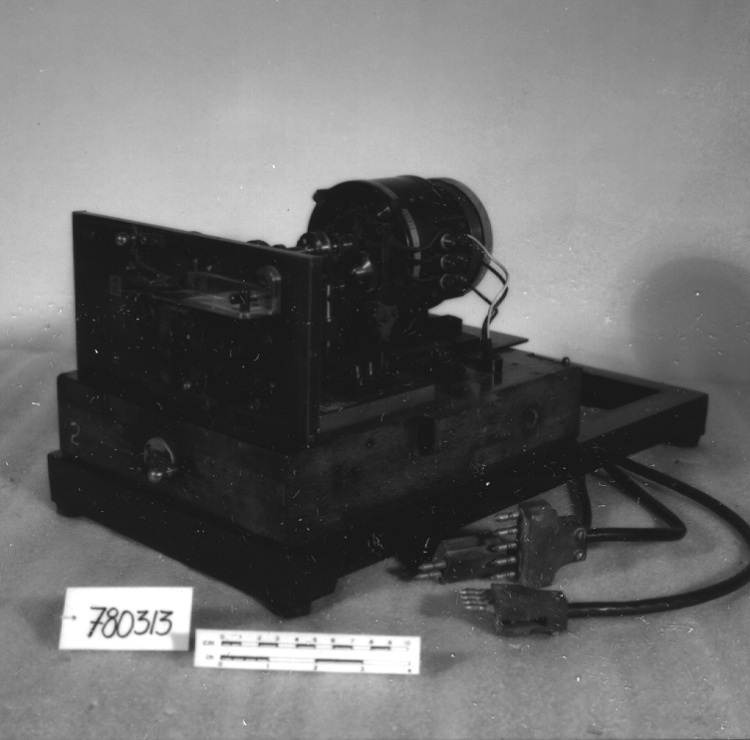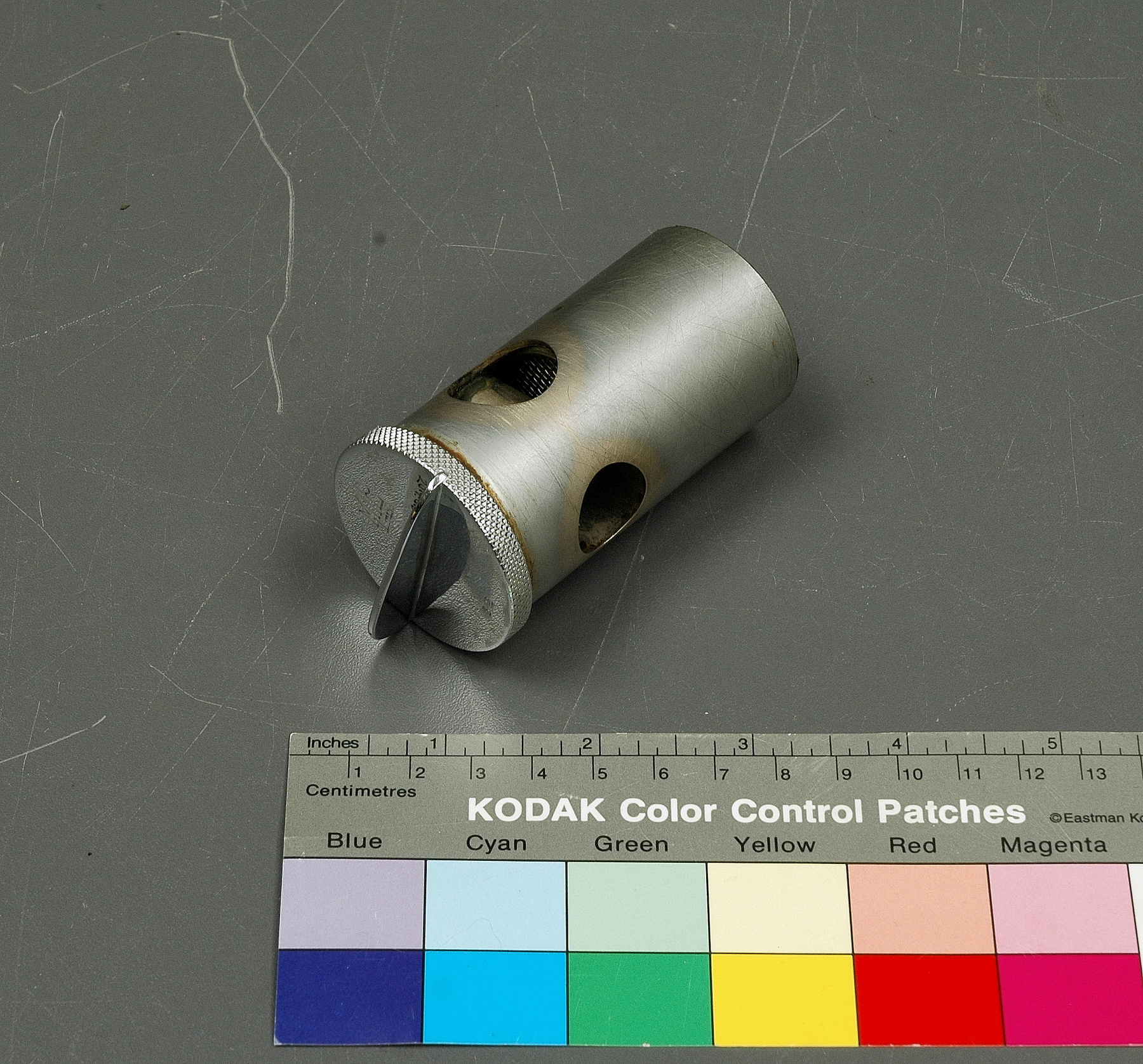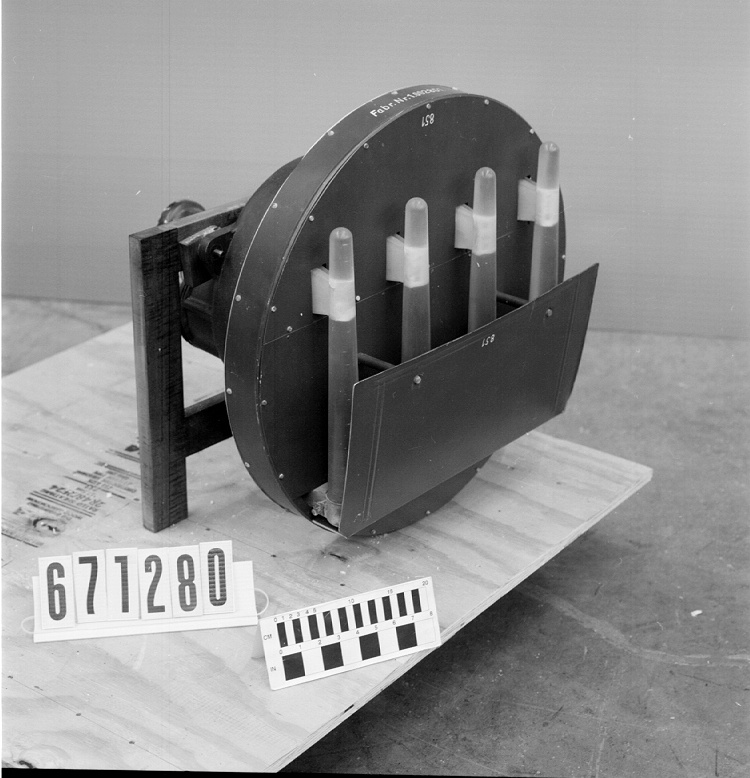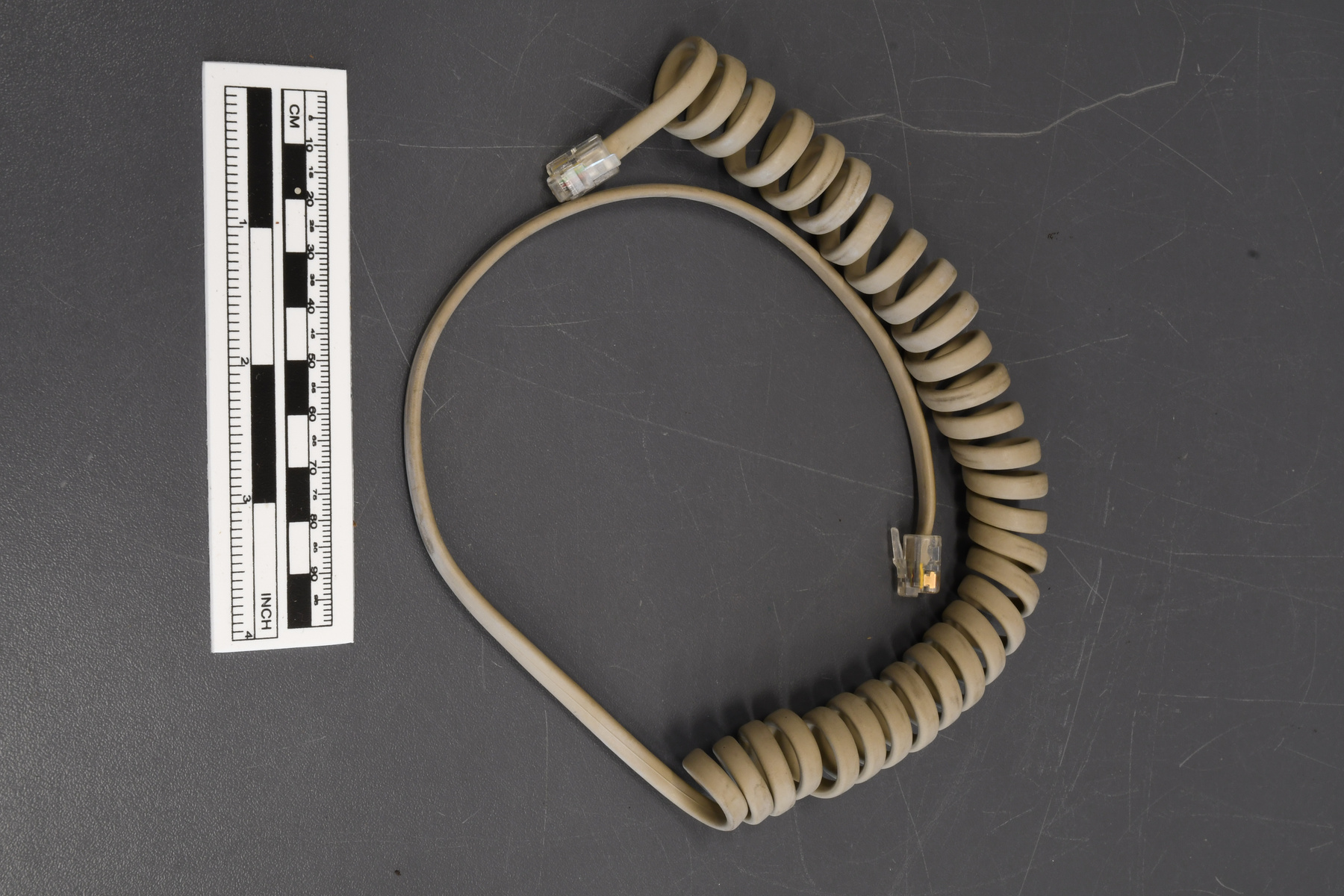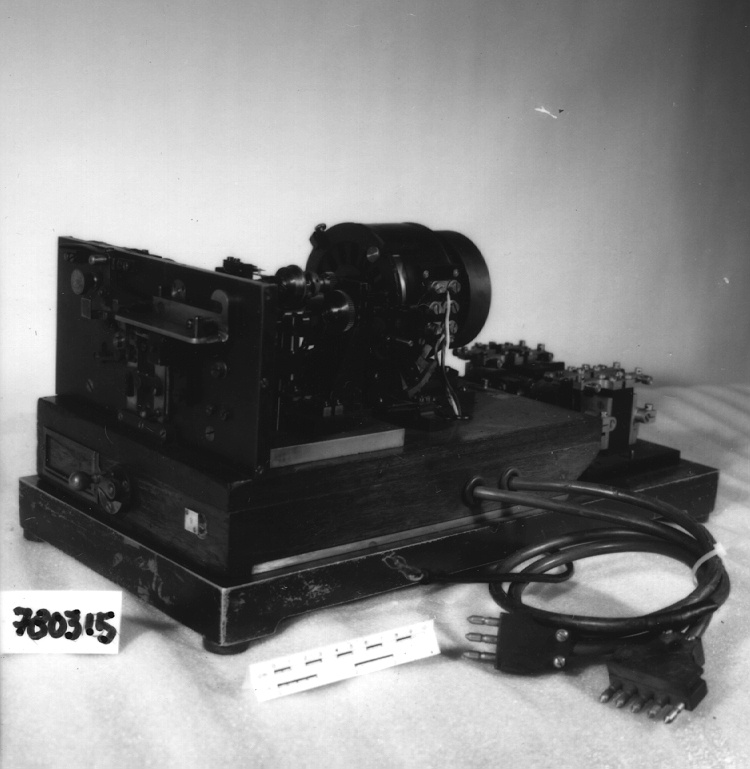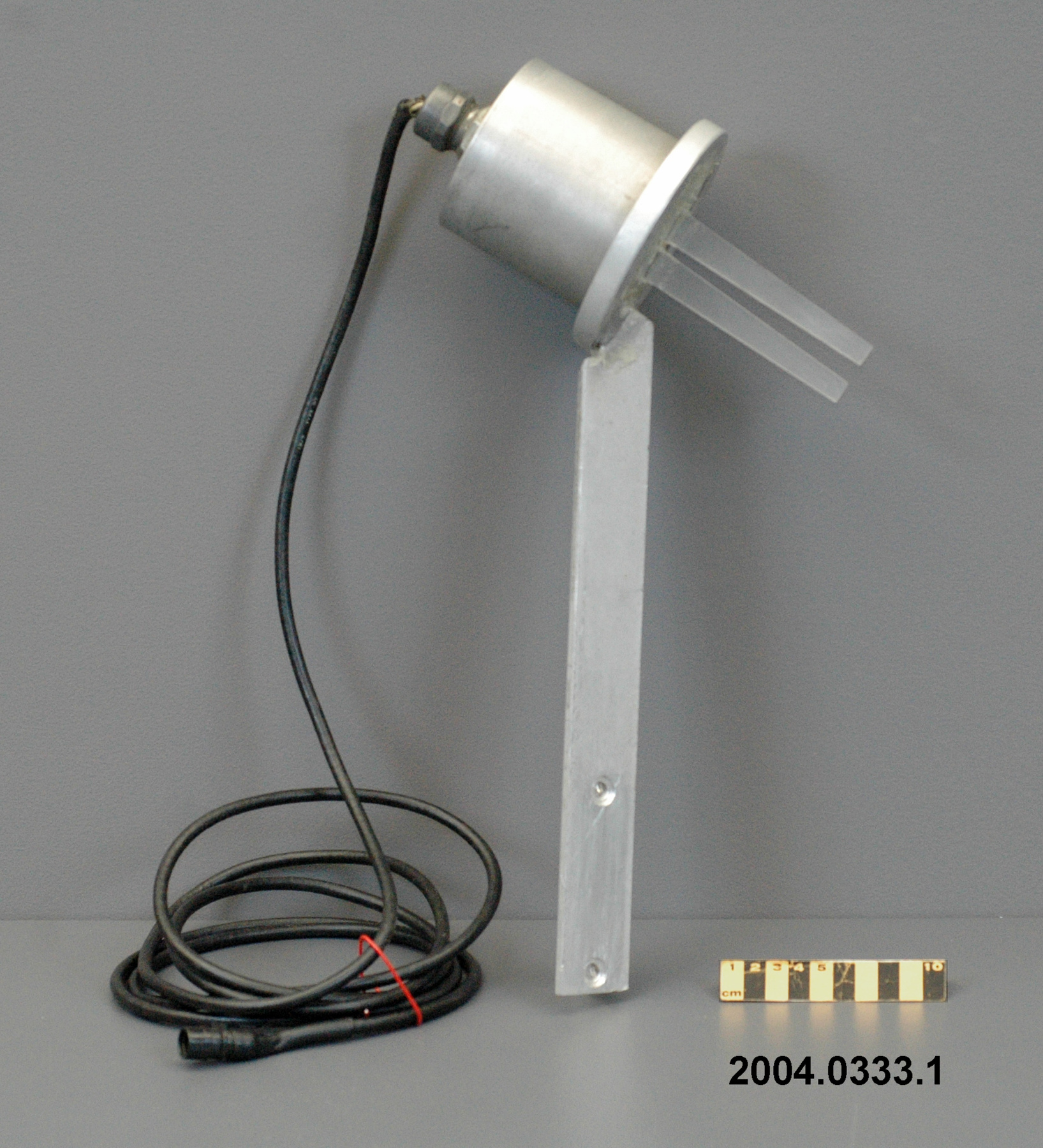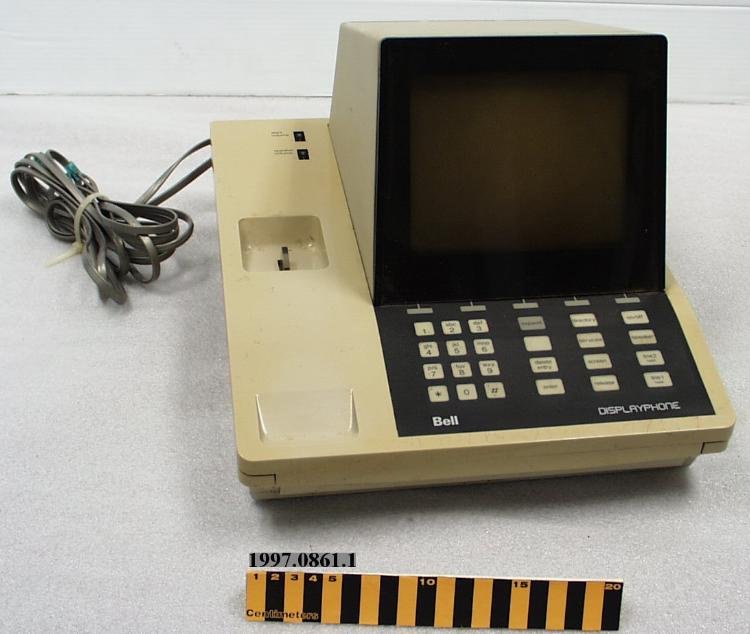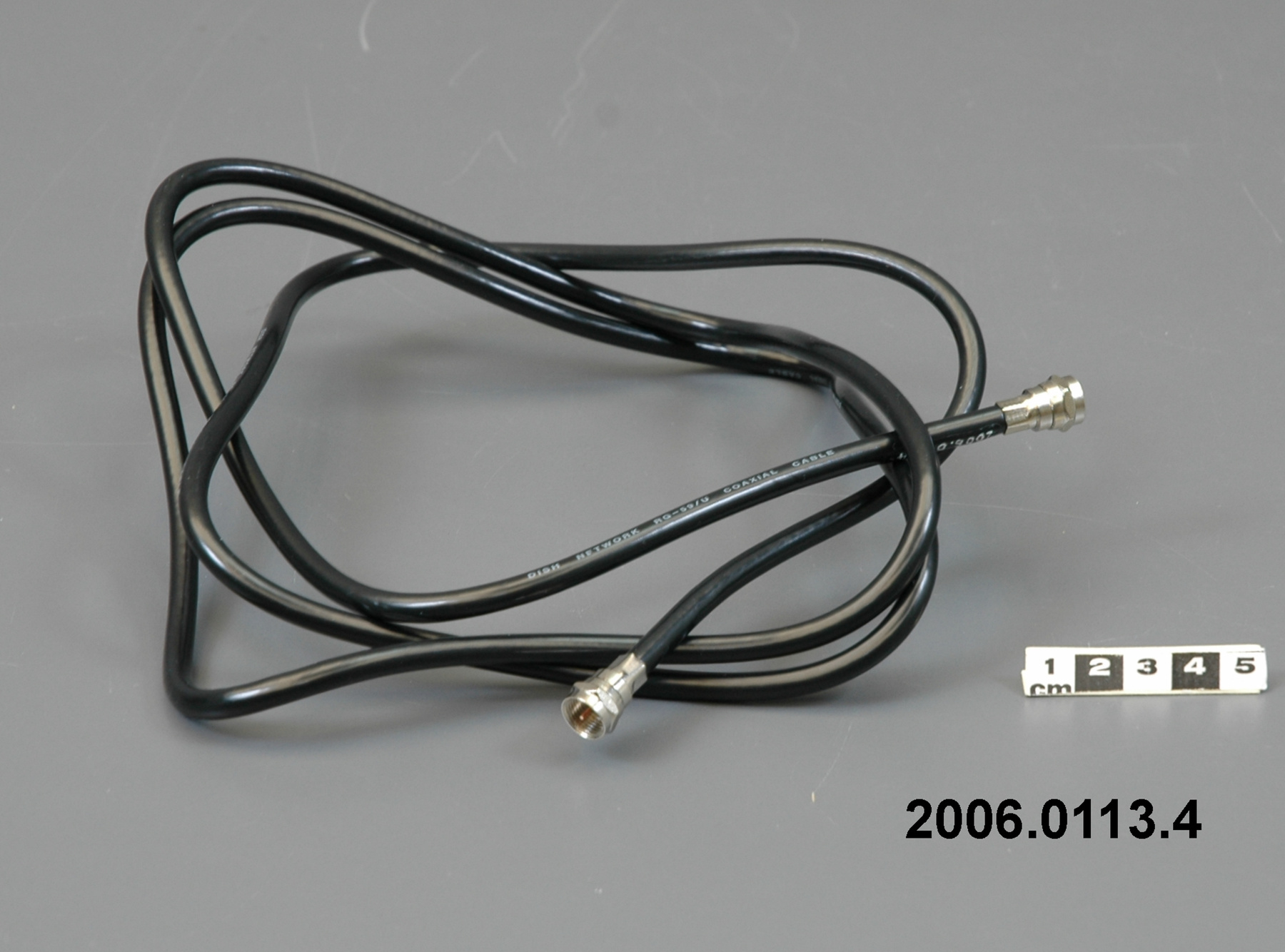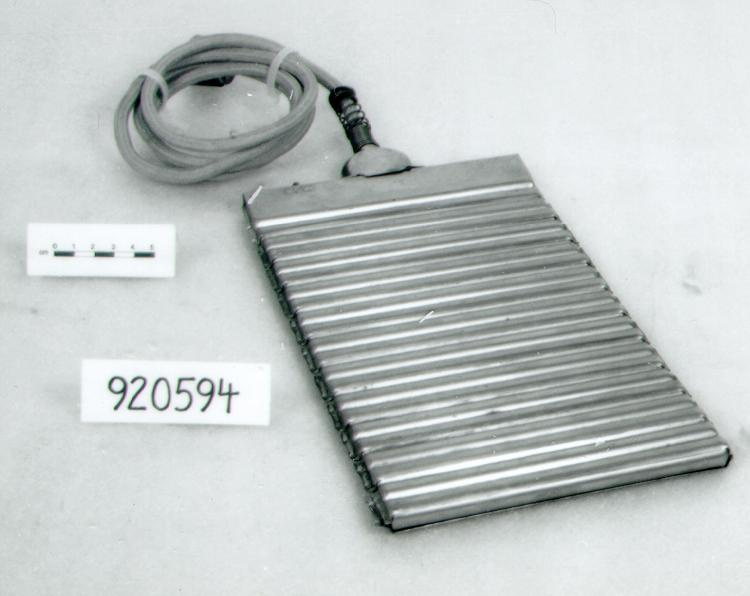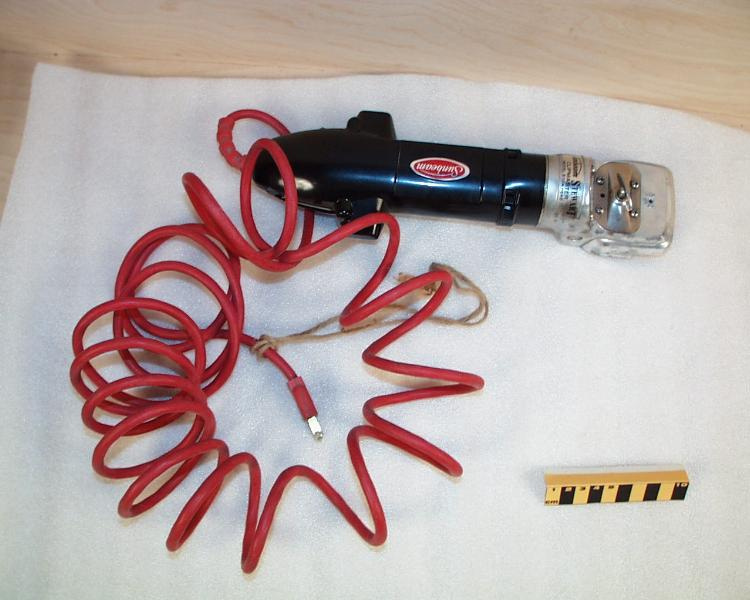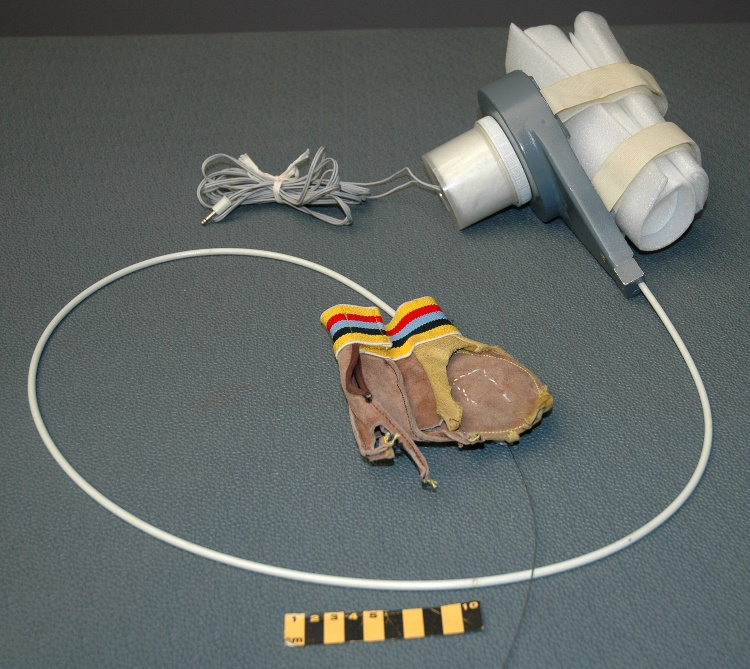Motion machine, continuous passive
Use this image
Can I reuse this image without permission? Yes
Object images on the Ingenium Collection’s portal have the following Creative Commons license:
Copyright Ingenium / CC BY-NC-ND (Attribution-NonCommercial 4.0 International (CC BY-NC 4.0)
ATTRIBUTE THIS IMAGE
Ingenium,
2002.0492.001
Permalink:
Ingenium is releasing this image under the Creative Commons licensing framework, and encourages downloading and reuse for non-commercial purposes. Please acknowledge Ingenium and cite the artifact number.
DOWNLOAD IMAGEPURCHASE THIS IMAGE
This image is free for non-commercial use.
For commercial use, please consult our Reproduction Fees and contact us to purchase the image.
- OBJECT TYPE
- HAND
- DATE
- 1978
- ARTIFACT NUMBER
- 2002.0492.001
- MANUFACTURER
- Unknown
- MODEL
- Unknown
- LOCATION
- Toronto, Ontario, Canada
More Information
General Information
- Serial #
- prototype
- Part Number
- 1
- Total Parts
- 3
- AKA
- CPM
- Patents
- N/A
- General Description
- metal, synthetic, leather and fabric materials of construction.
Dimensions
Note: These reflect the general size for storage and are not necessarily representative of the object's true dimensions.
- Length
- 160.0 cm
- Width
- 13.0 cm
- Height
- 11.0 cm
- Thickness
- N/A
- Weight
- N/A
- Diameter
- N/A
- Volume
- N/A
Lexicon
- Group
- Medical Technology
- Category
- Research
- Sub-Category
- N/A
Manufacturer
- AKA
- Pon
- Country
- Canada
- State/Province
- Ontario
- City
- Toronto
Context
- Country
- Canada
- State/Province
- Ontario
- Period
- This prototype device built in 1978, for experimental purposes. Never used on/by patients.
- Canada
-
Prototype CPM machine for hand built by Craig Pon, a student at the University of Toronto. in 1978. This version was never actually used on a patient, but was the forerunner of the later devices. The concept of continuous passive motion [CPM], and design of CPM devices, was championed by Dr. Robert Salter, an orthopaedic surgeon at the Hospital for Sick Children and professor and head of orthopaedic surgery at the University of Toronto. One of 5 CPM devices donated to the History of Medicine Museum, Toronto by Toronto Medical Corp., Scarborough, Ont. in May 1987. - Function
-
Prototype version of device designed to provide continuous, controlled range -of -motion action to an injured or post-surgery limb, specifically the hand. - Technical
-
Based on the hypothesis that continuous passive motion would stimulate the healing and regeneration of articular cartilage through differentiation of pluripotential mesenchymal cells. CPM devices promote patient comfort, by improving circulation and encouraging wound healing, and preventing excessive post-operative swelling. - Area Notes
-
Unknown
Details
- Markings
- "Size M/ Made in Hong Kong" printed on white teg sewn to inside of wrist band. "987.4.1" printed in black ink on motor housing.
- Missing
- Believed to be complete.
- Finish
- Grey enamel painted finish on metal motor housing: opaque synthetic dome secured to white synthetic base on one side of motor housing casing; white velcro strip closures threaded through metal fittings on opposite side of casing. Grey synthetic covering on metal wire extending from motor head; white synthetic plug housing. White synthetic covering on metal cable connecting motor to glove. Brown suede glove has chamois covering over cable connection point , and part of hand; wide yellow woven fabric cuff; yellow velcro tab closure. Silver metal wire and fitting.
- Decoration
- N/A
CITE THIS OBJECT
If you choose to share our information about this collection object, please cite:
Unknown Manufacturer, Motion machine, continuous passive, 1978, Artifact no. 2002.0492, Ingenium – Canada’s Museums of Science and Innovation, http://collection.ingeniumcanada.org/en/id/2002.0492.001/
FEEDBACK
Submit a question or comment about this artifact.
More Like This
